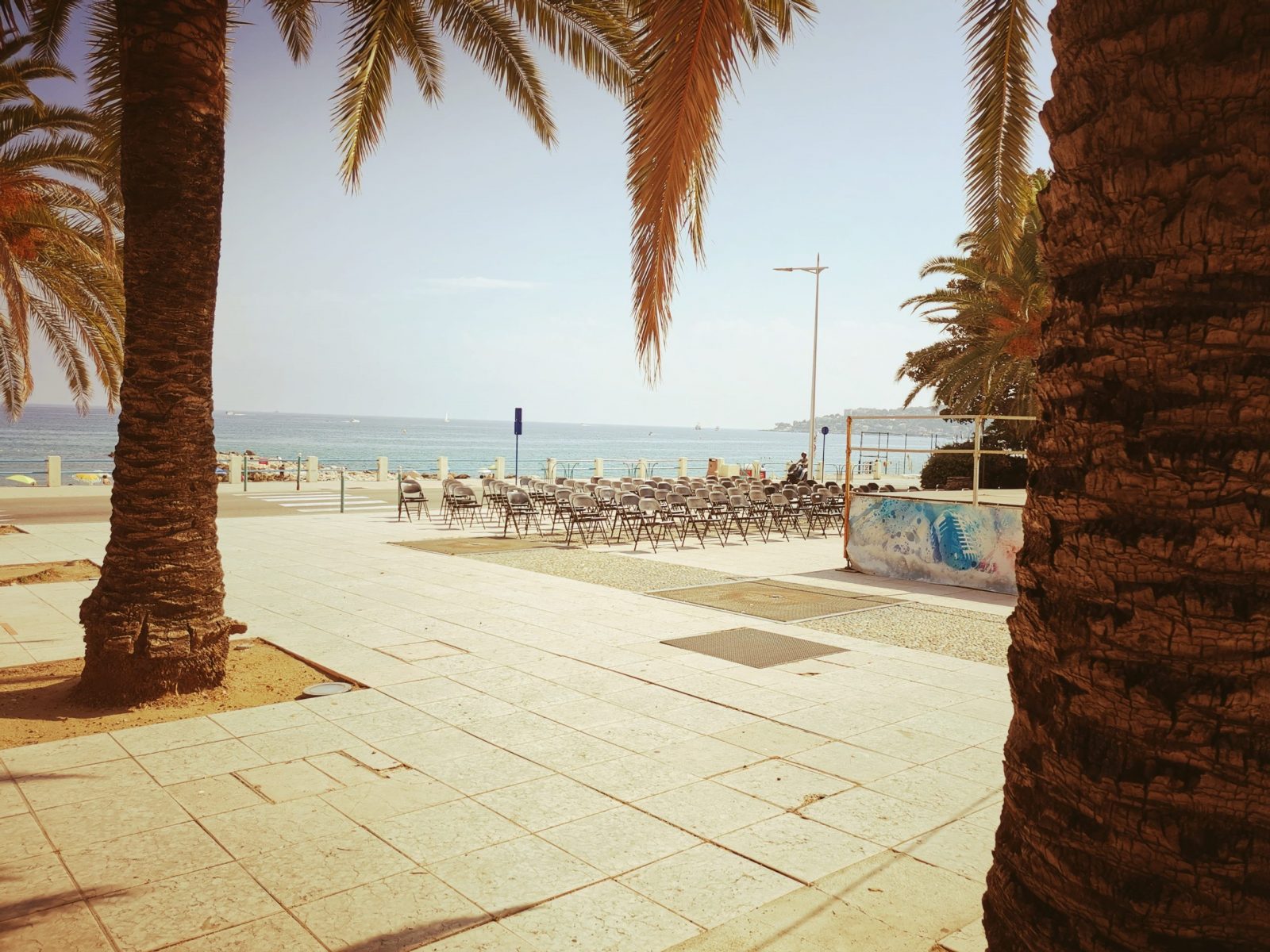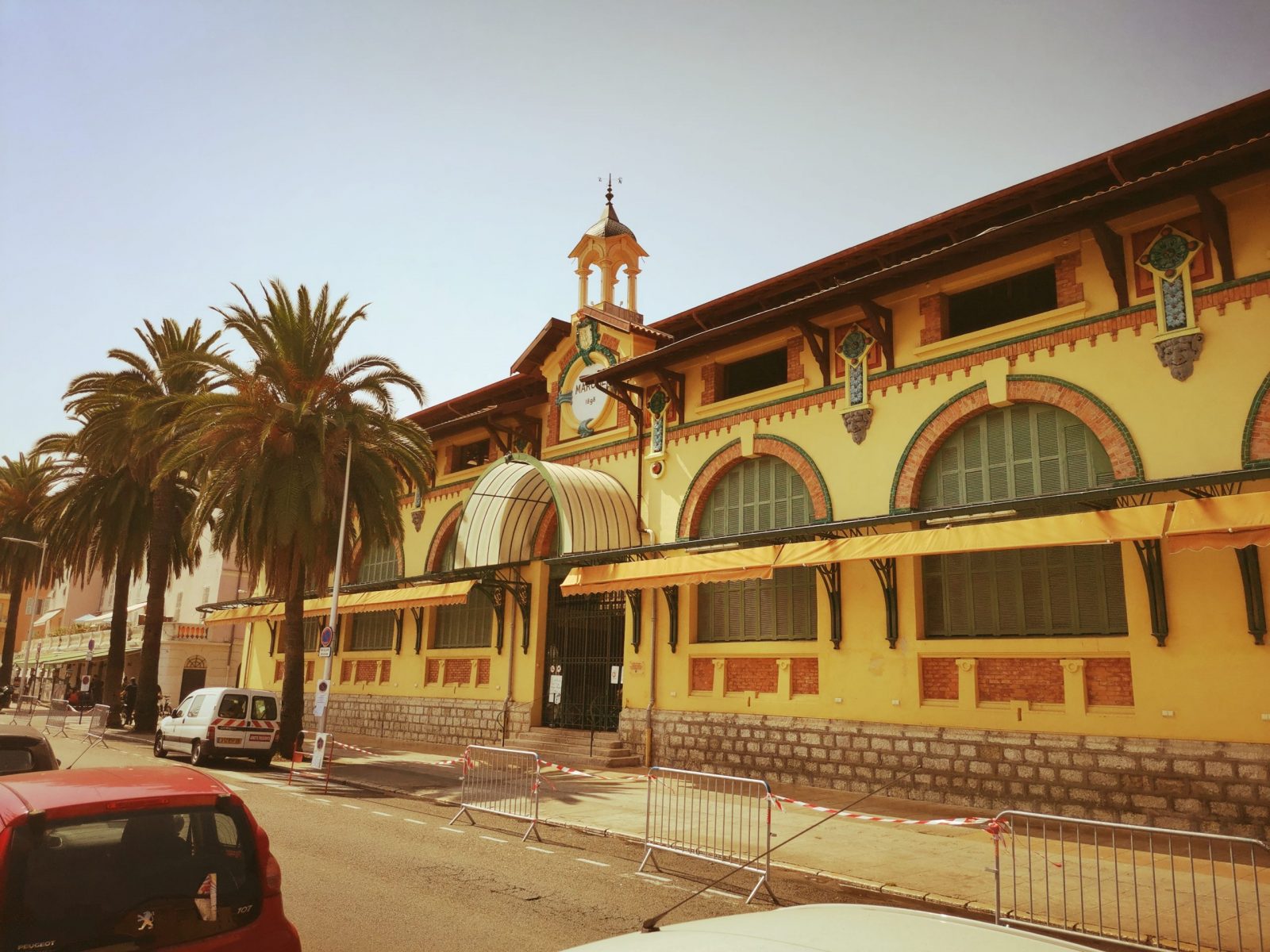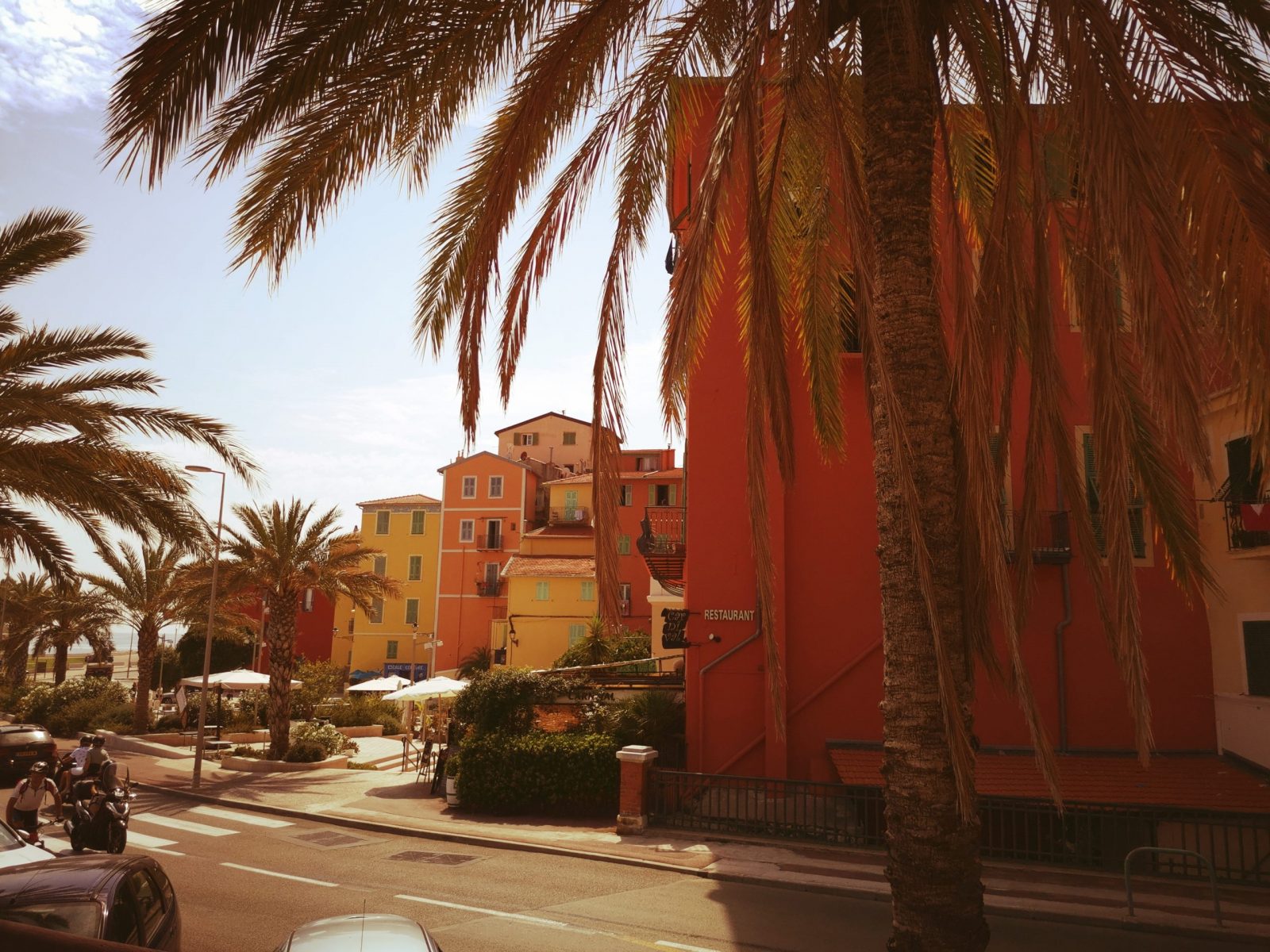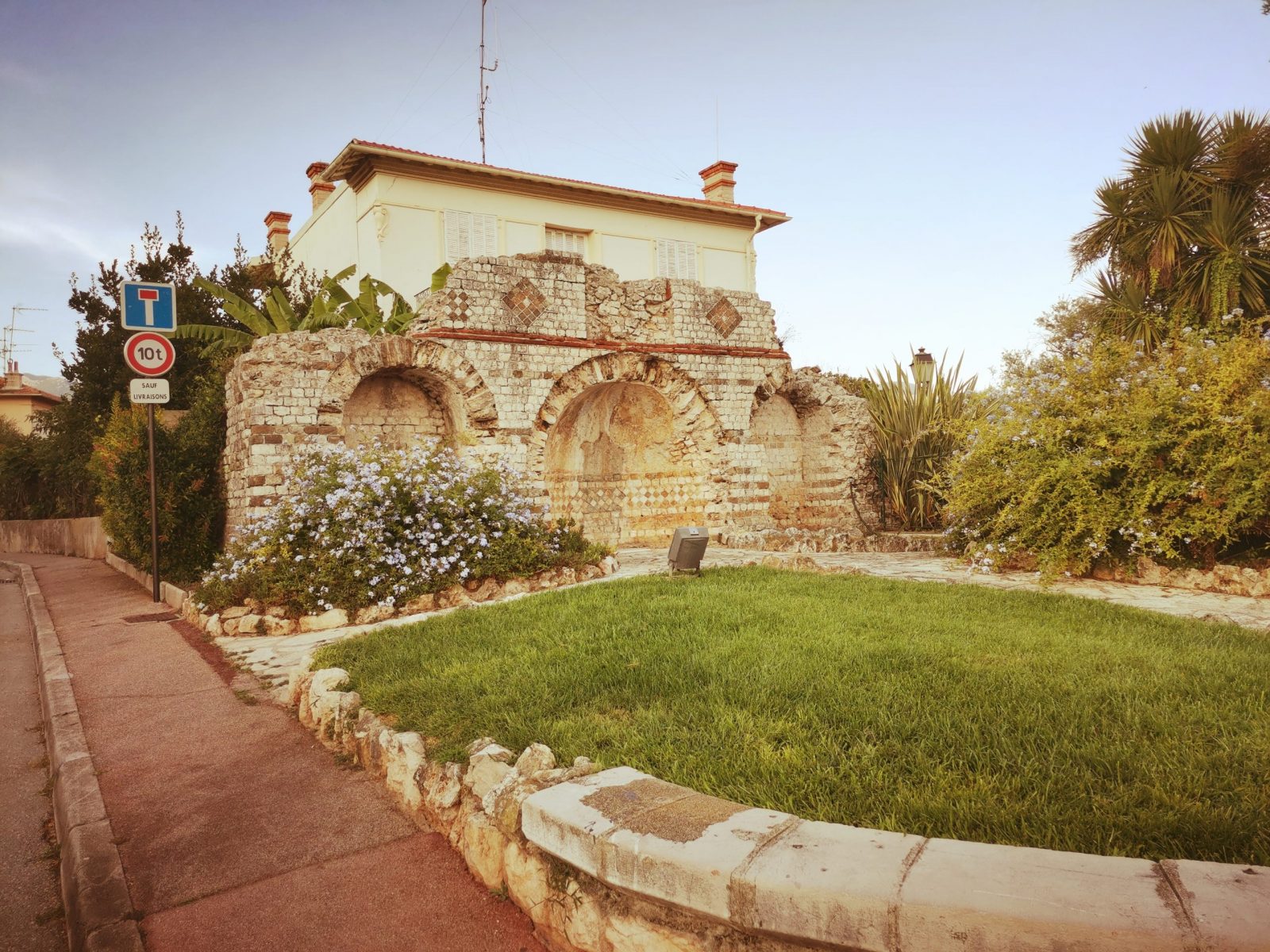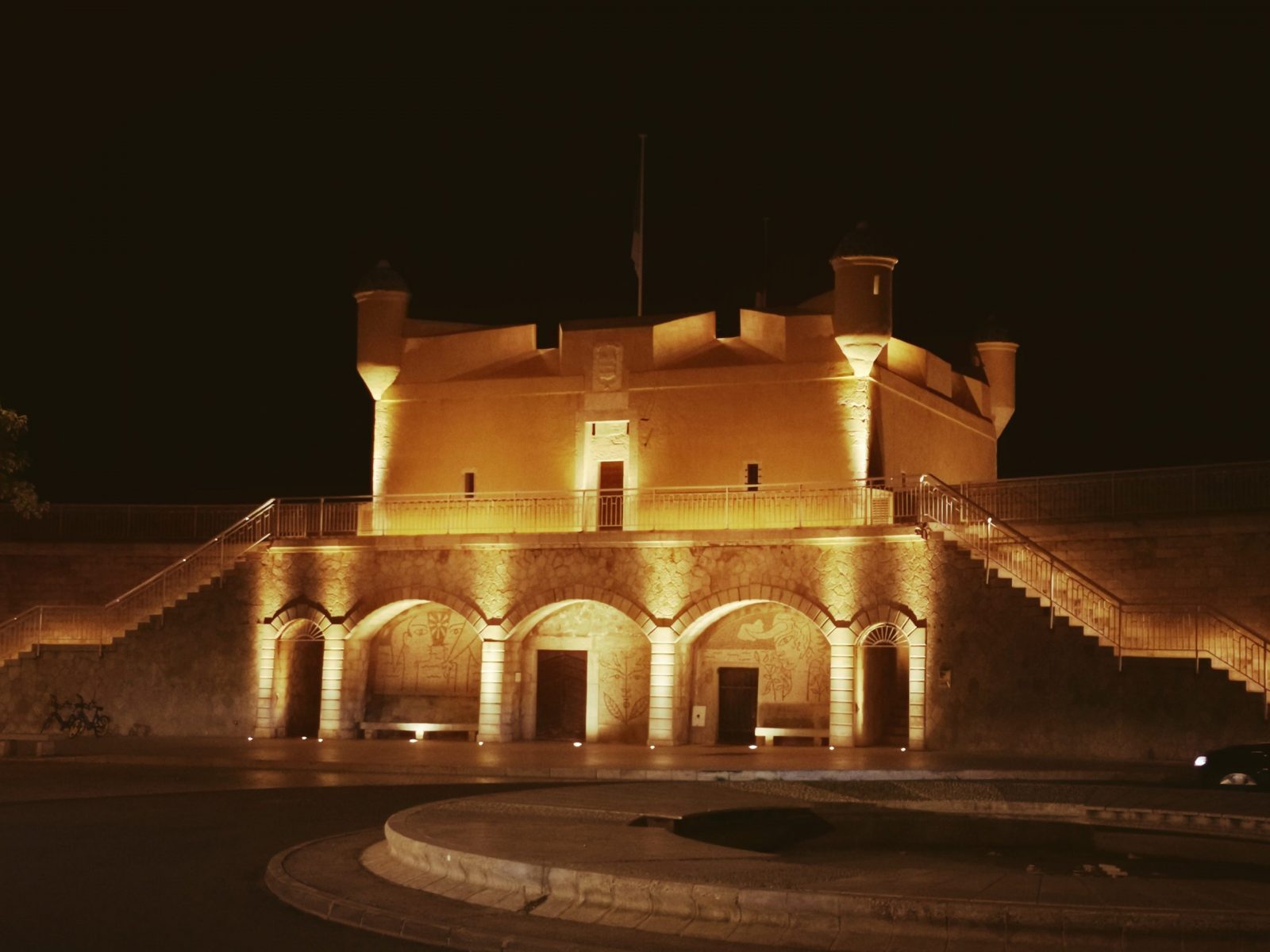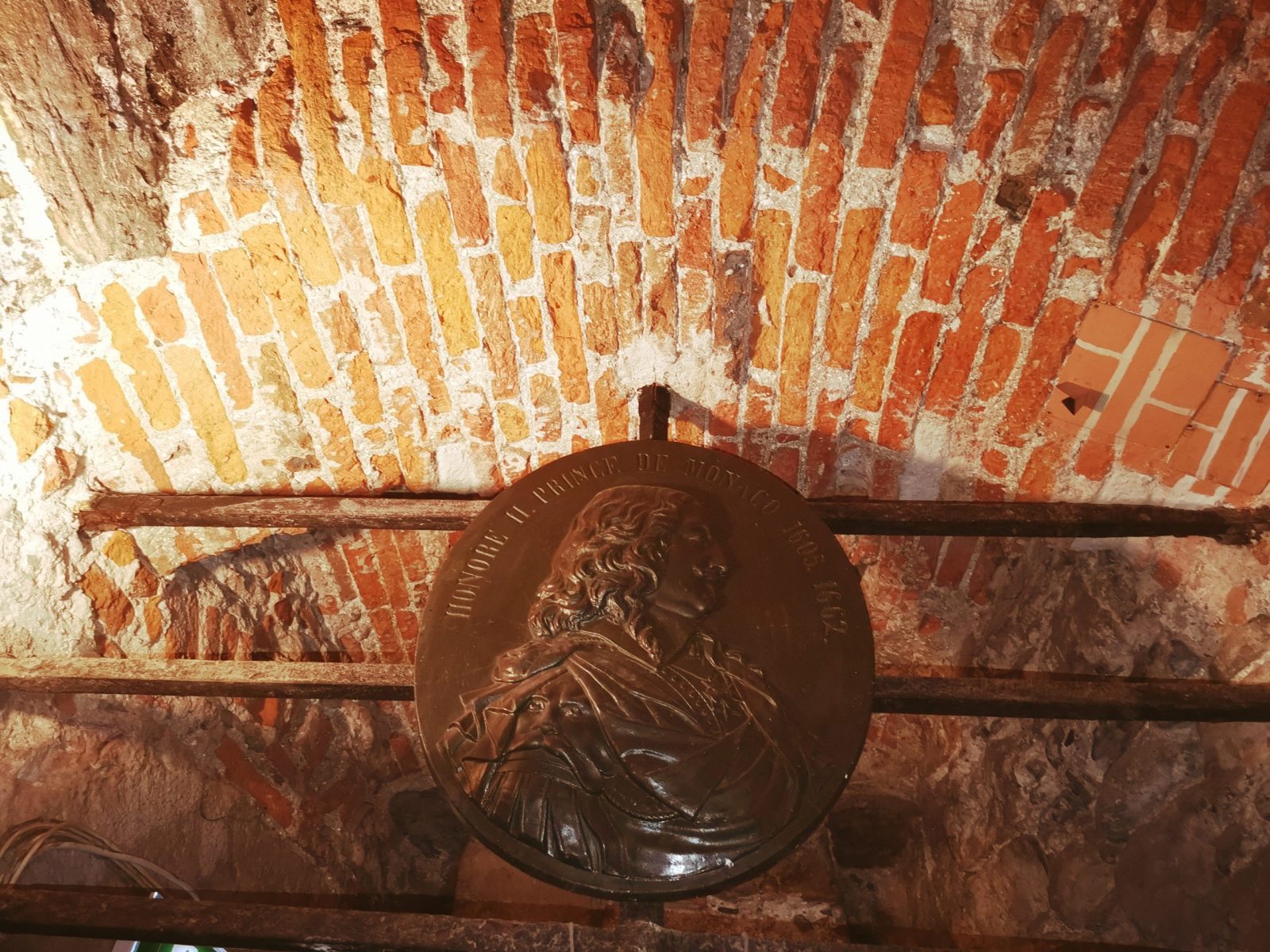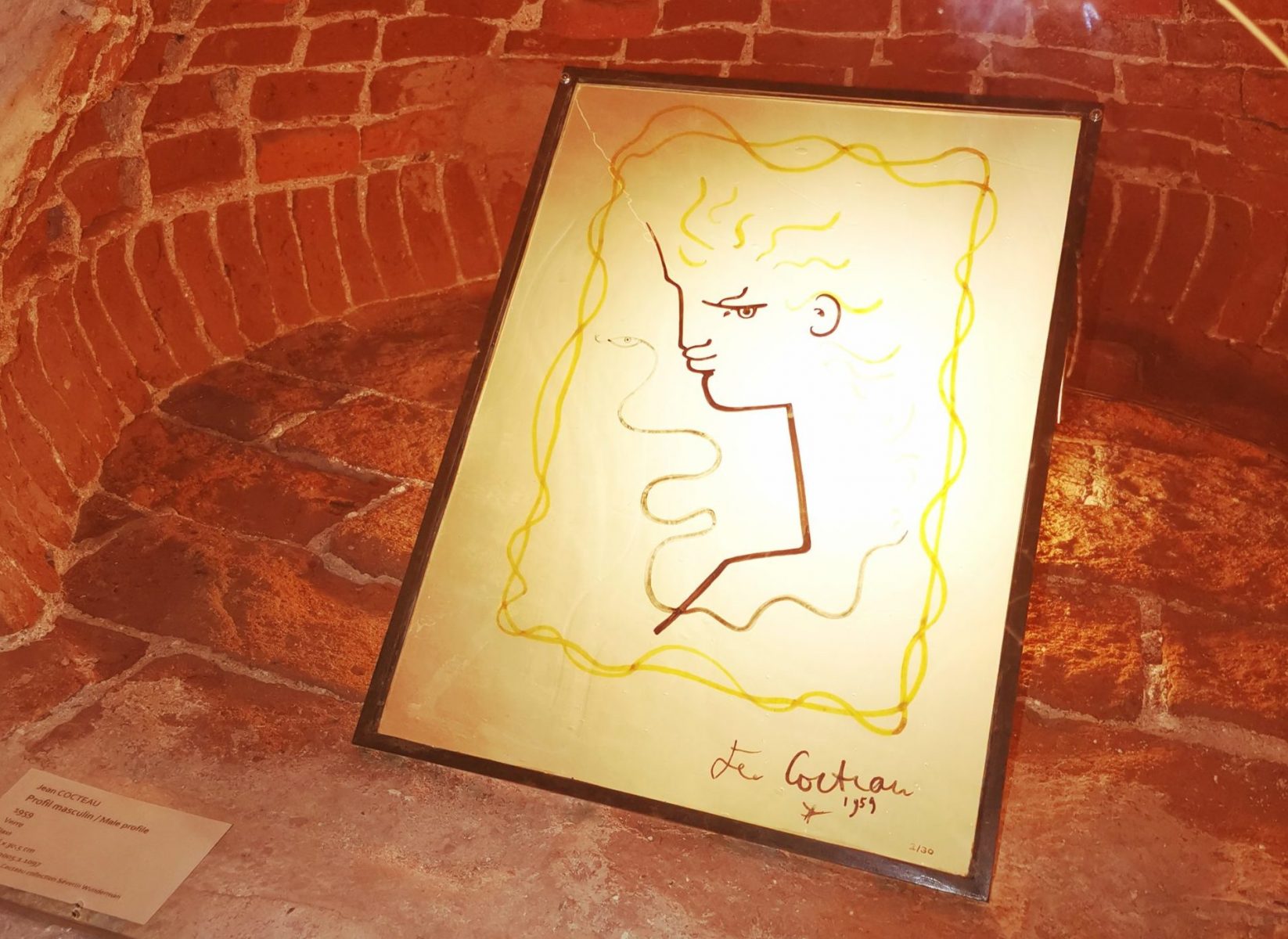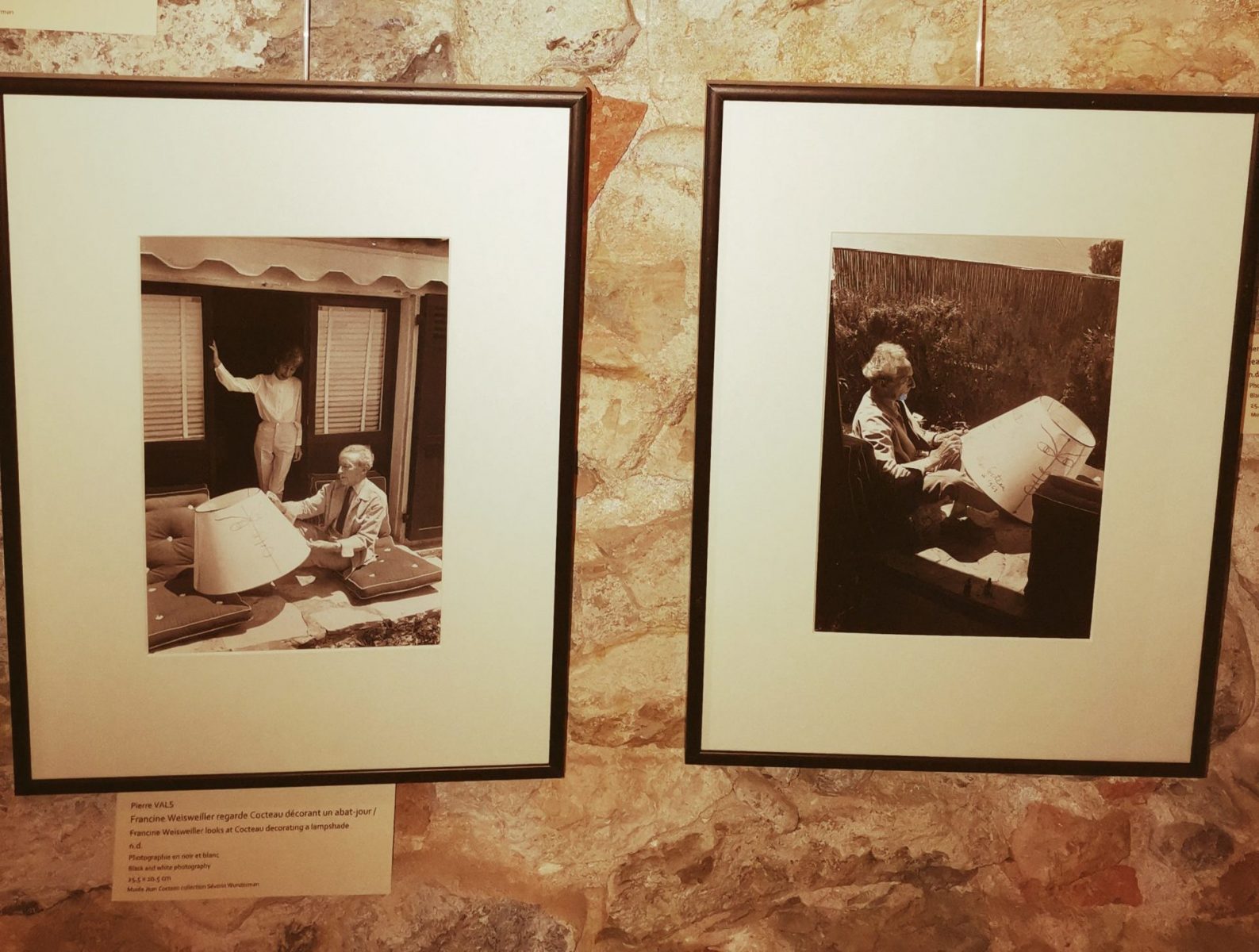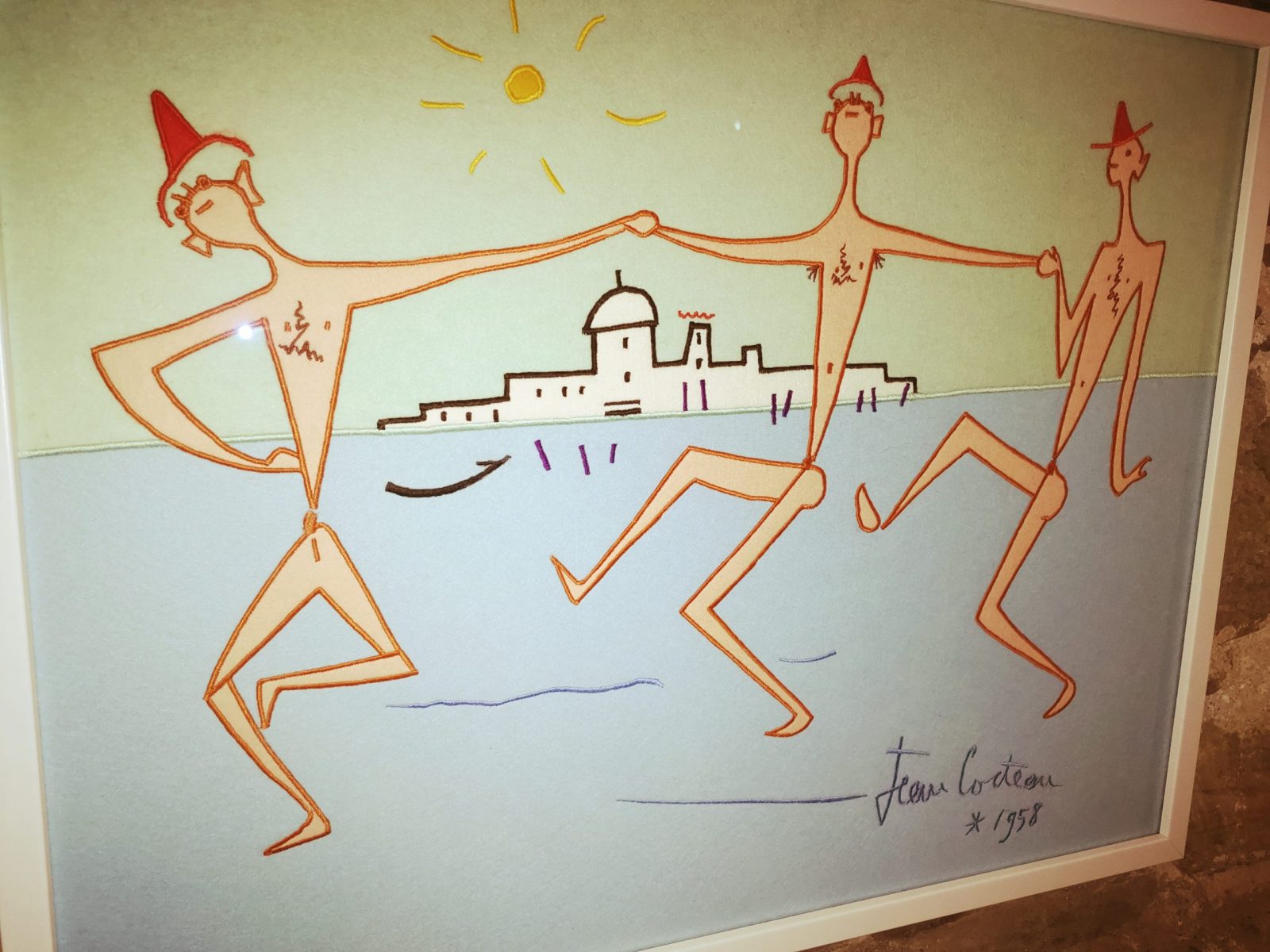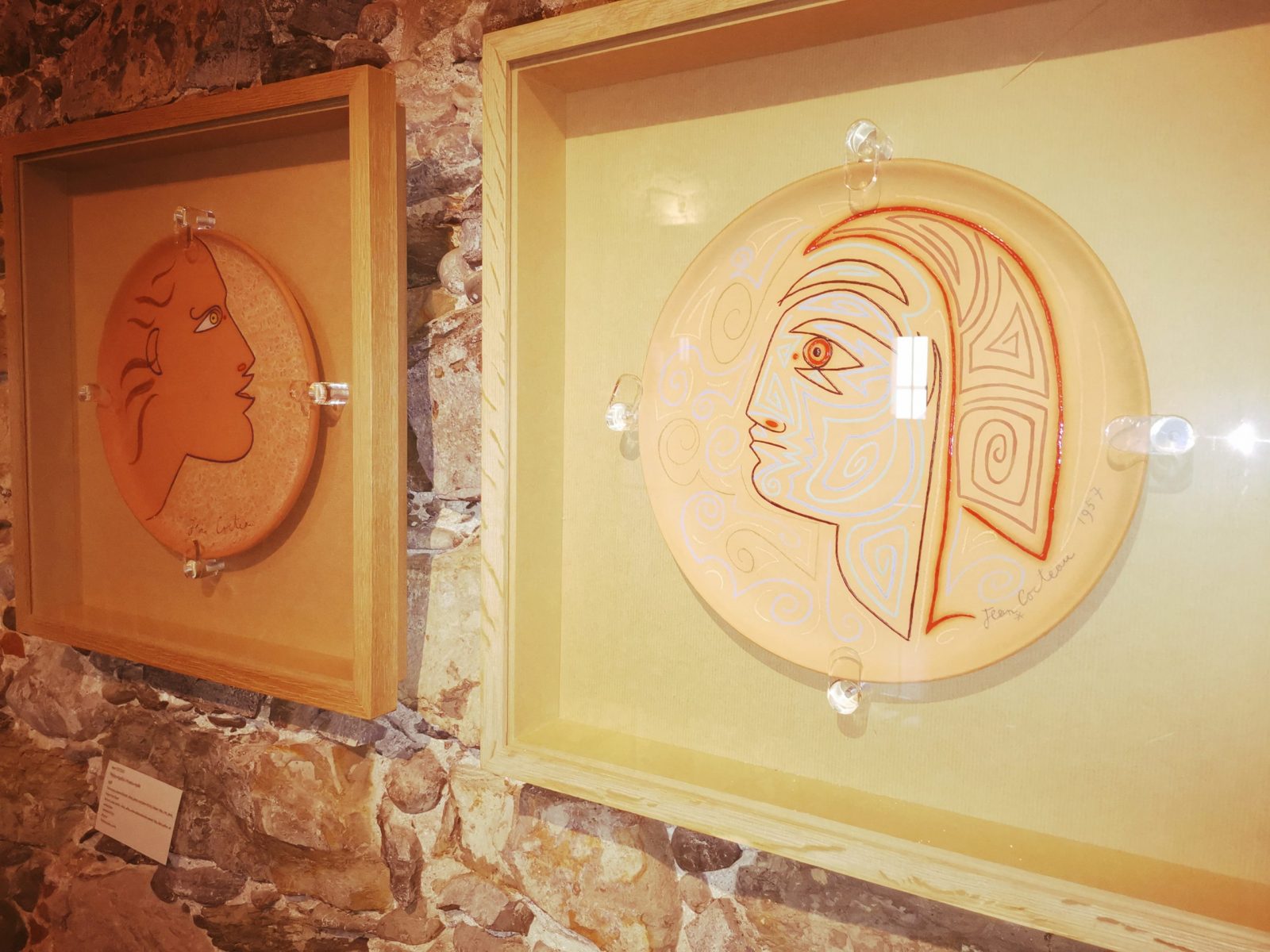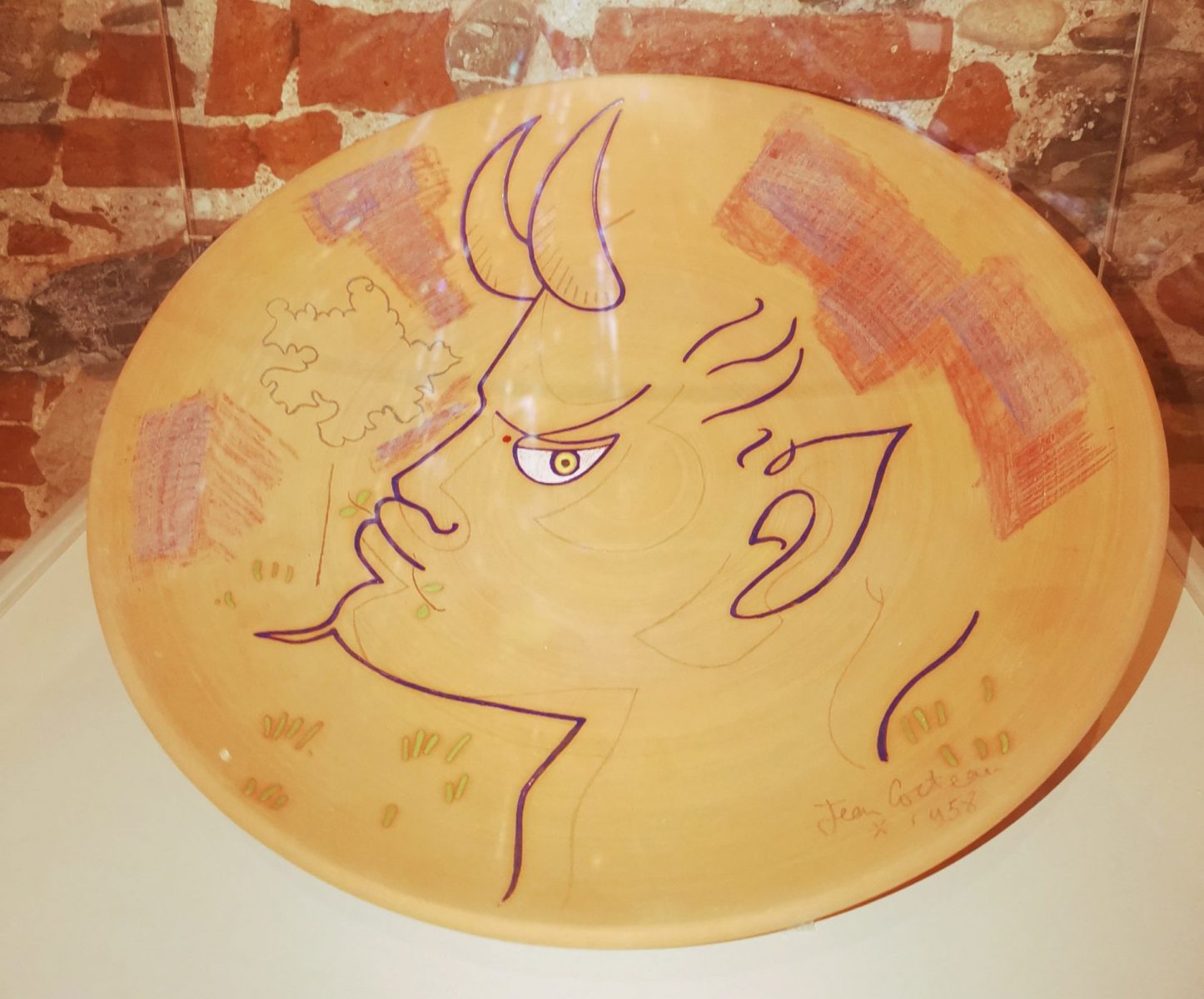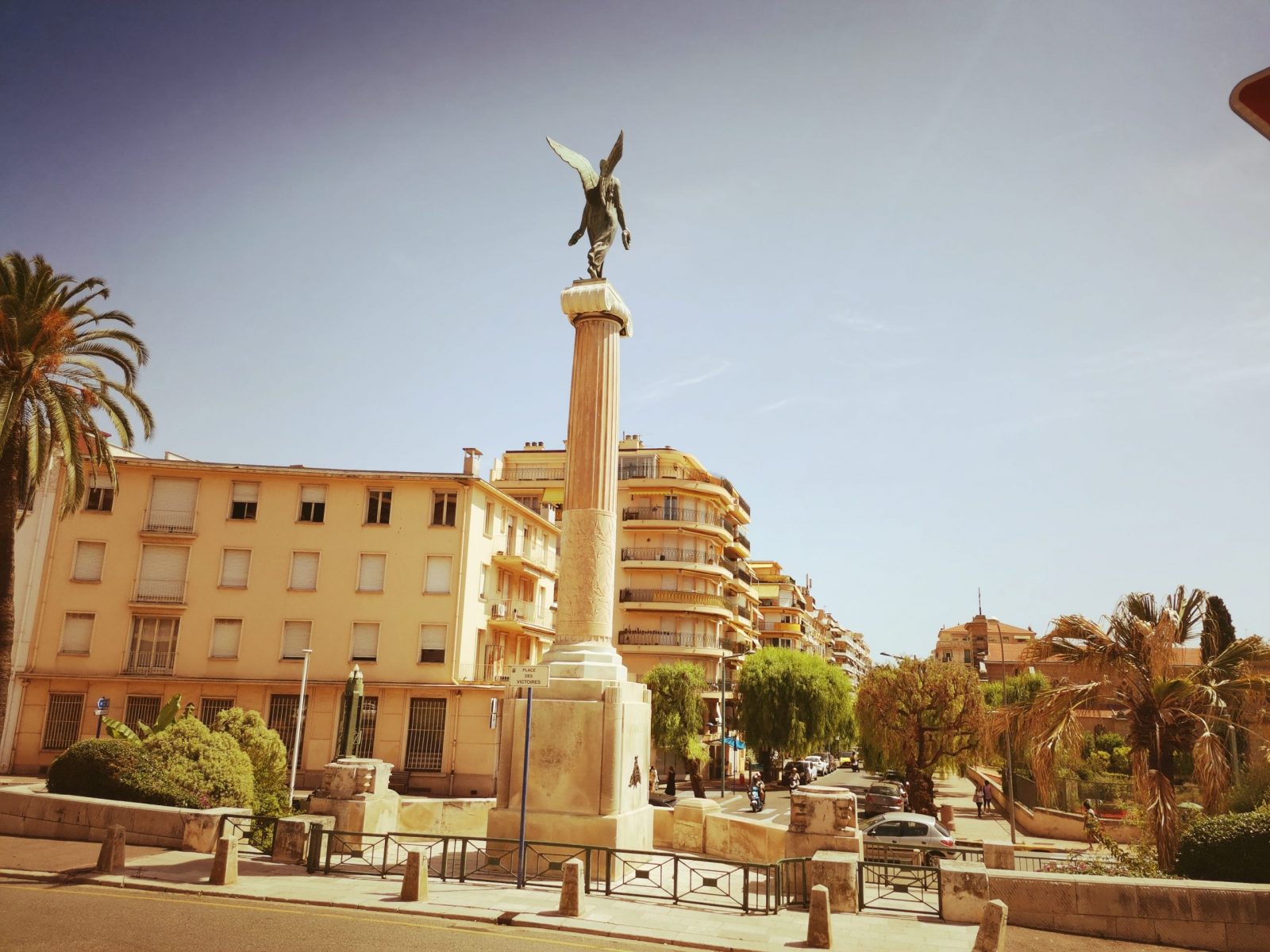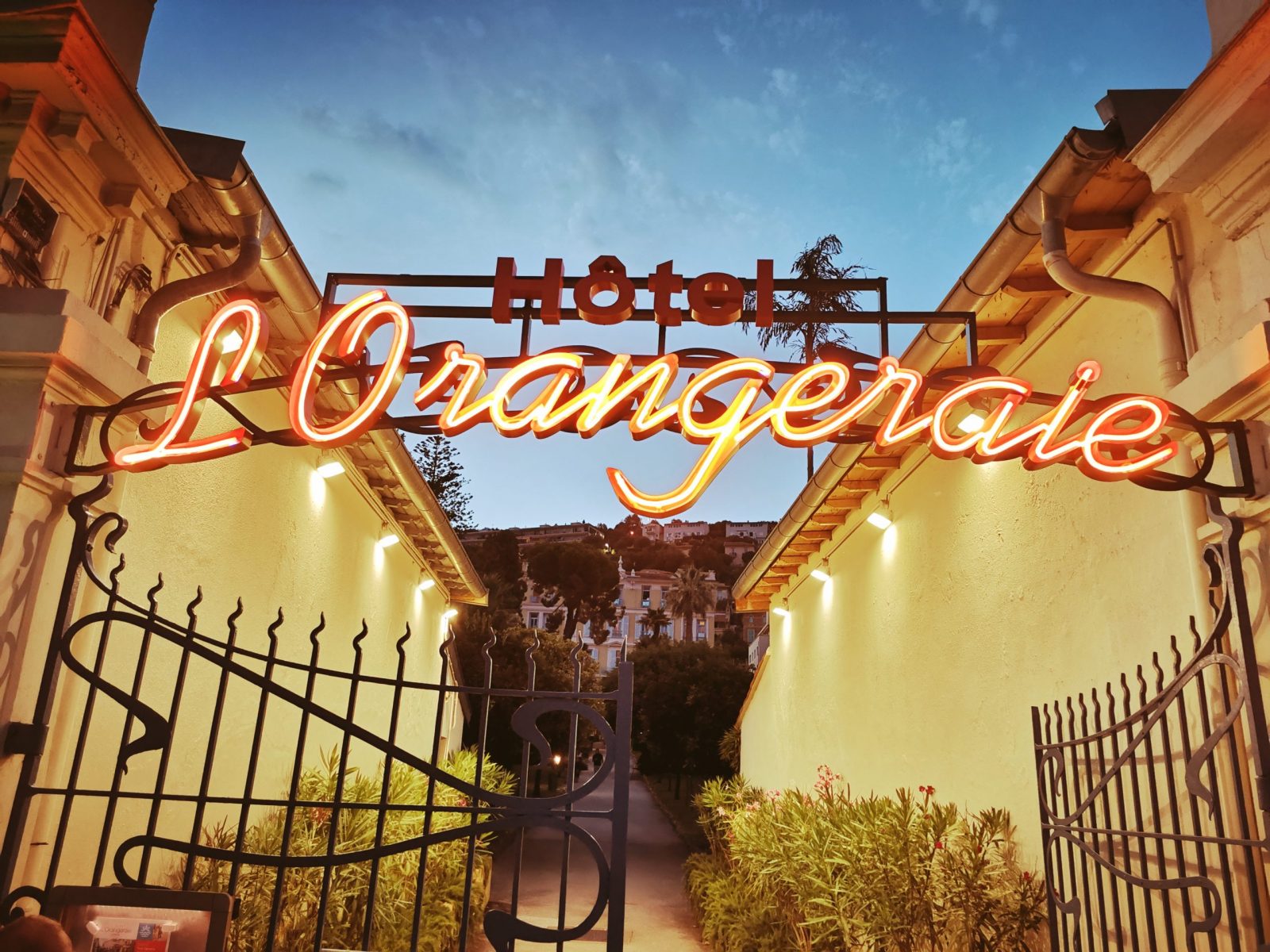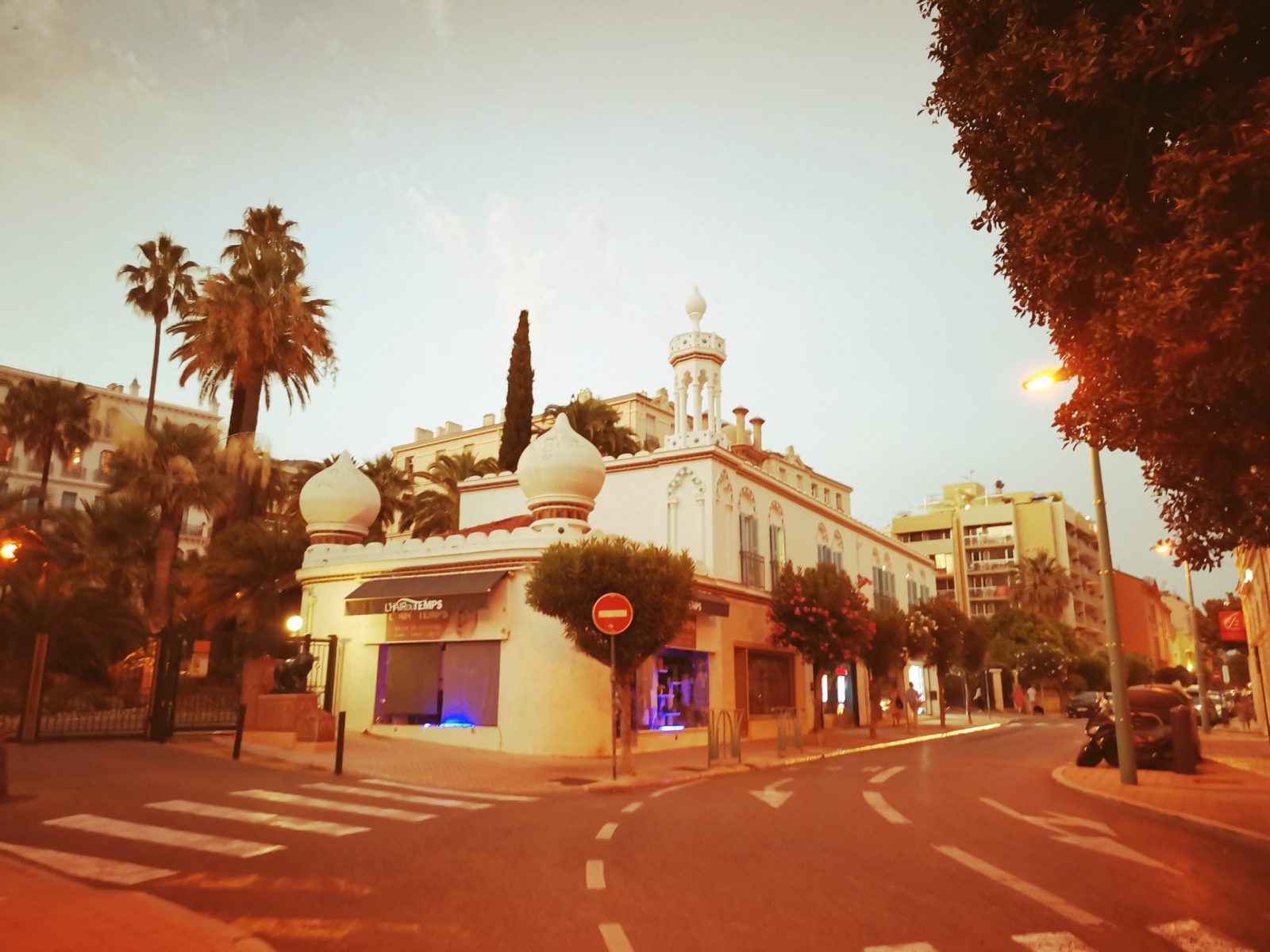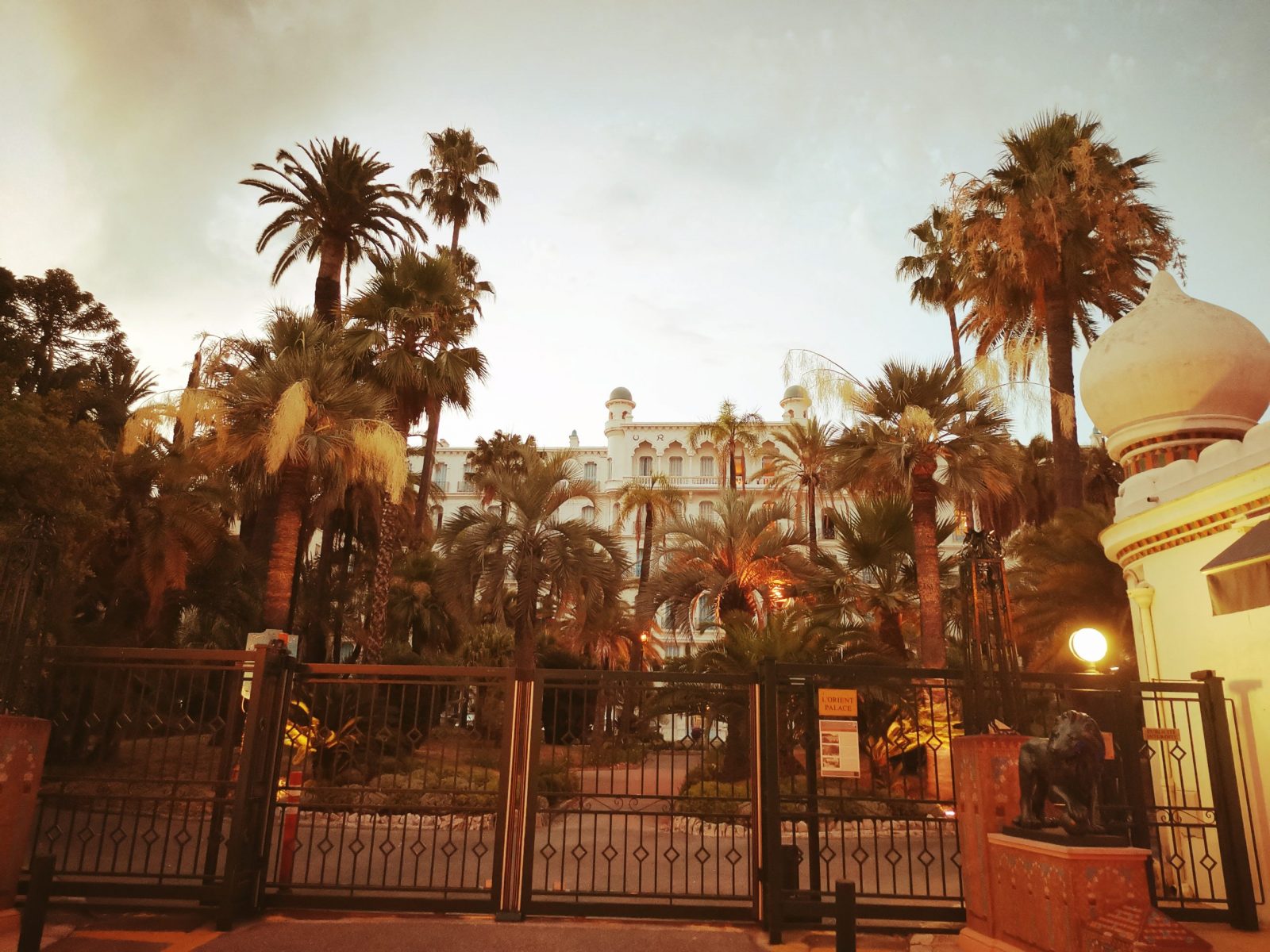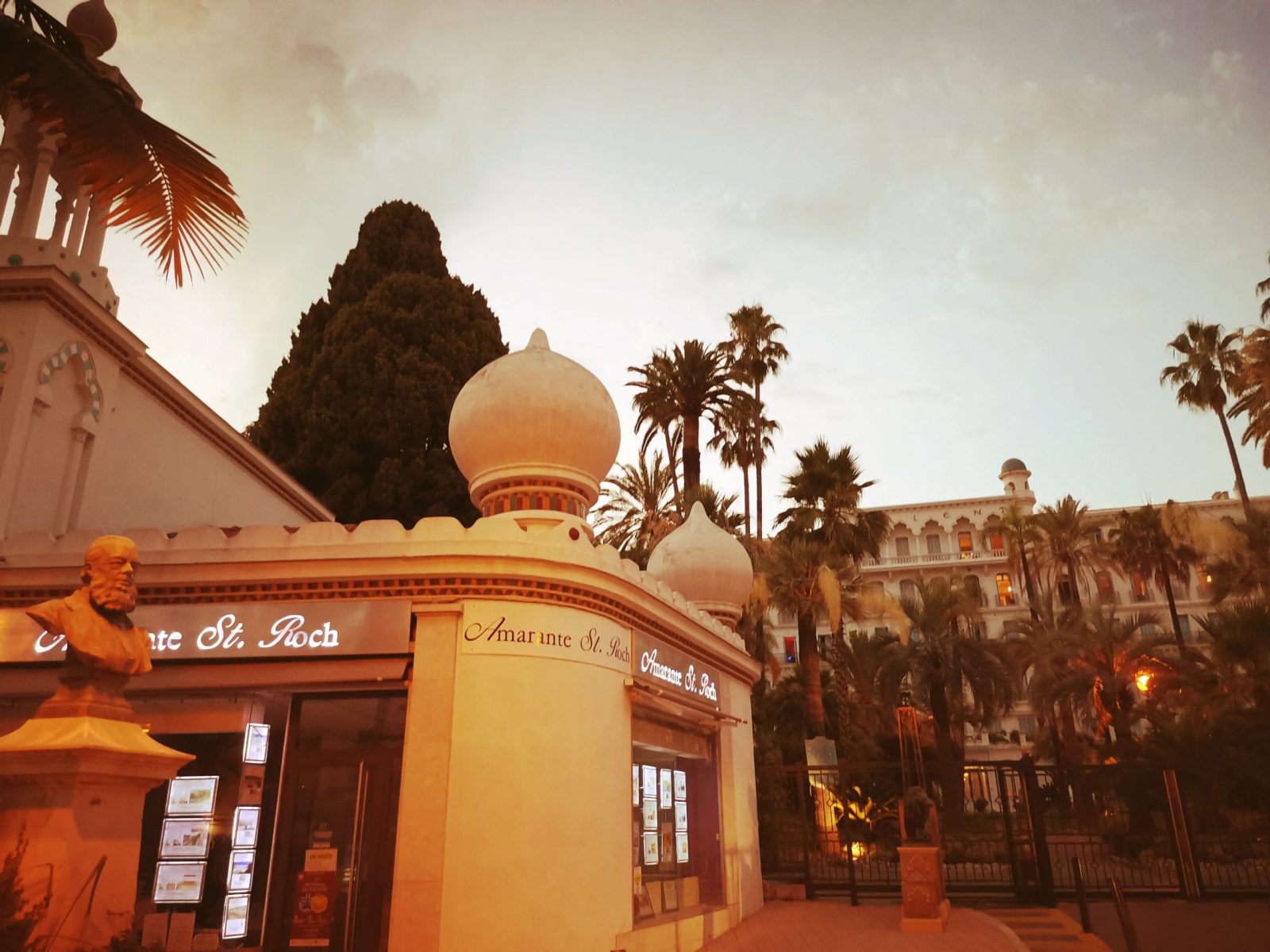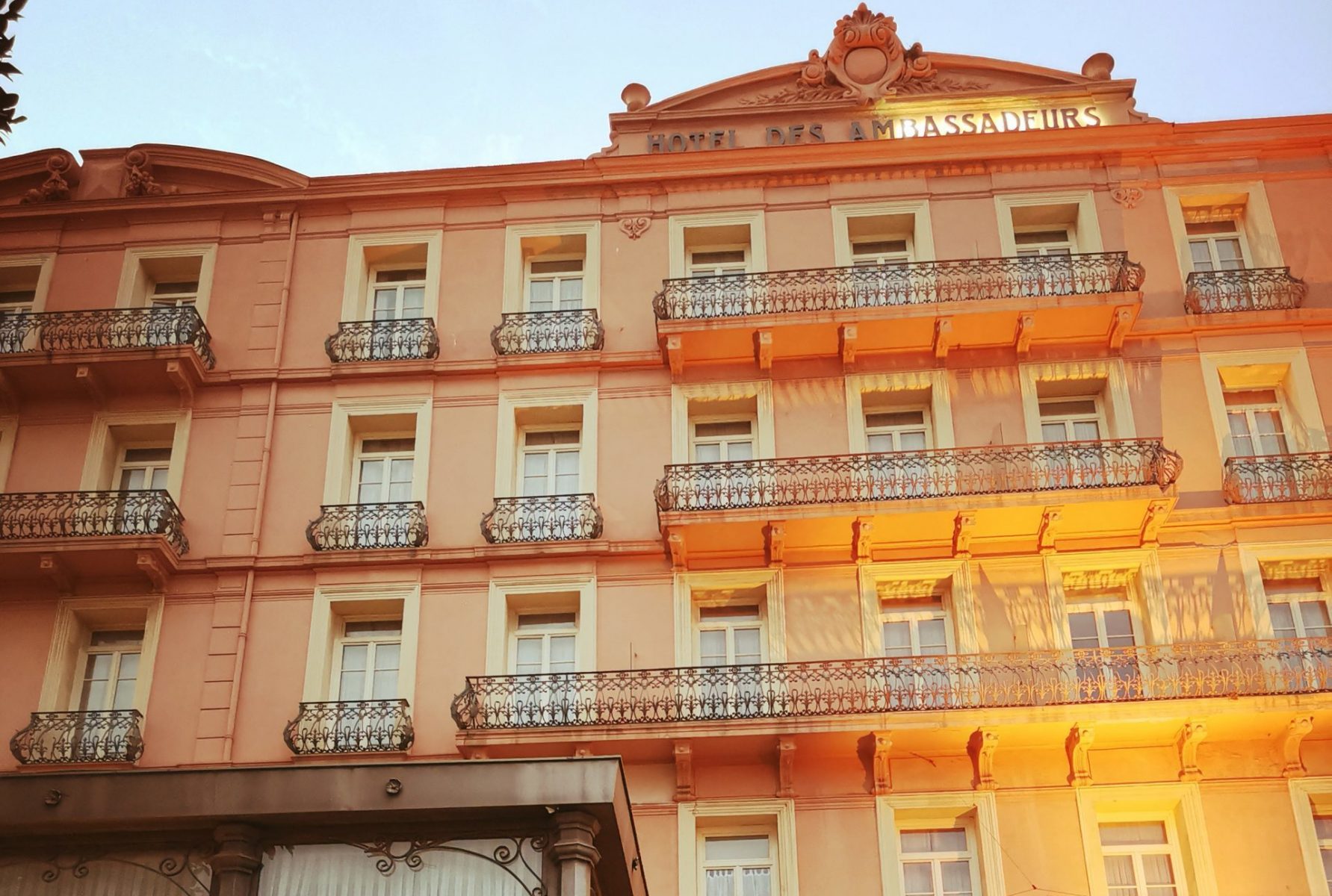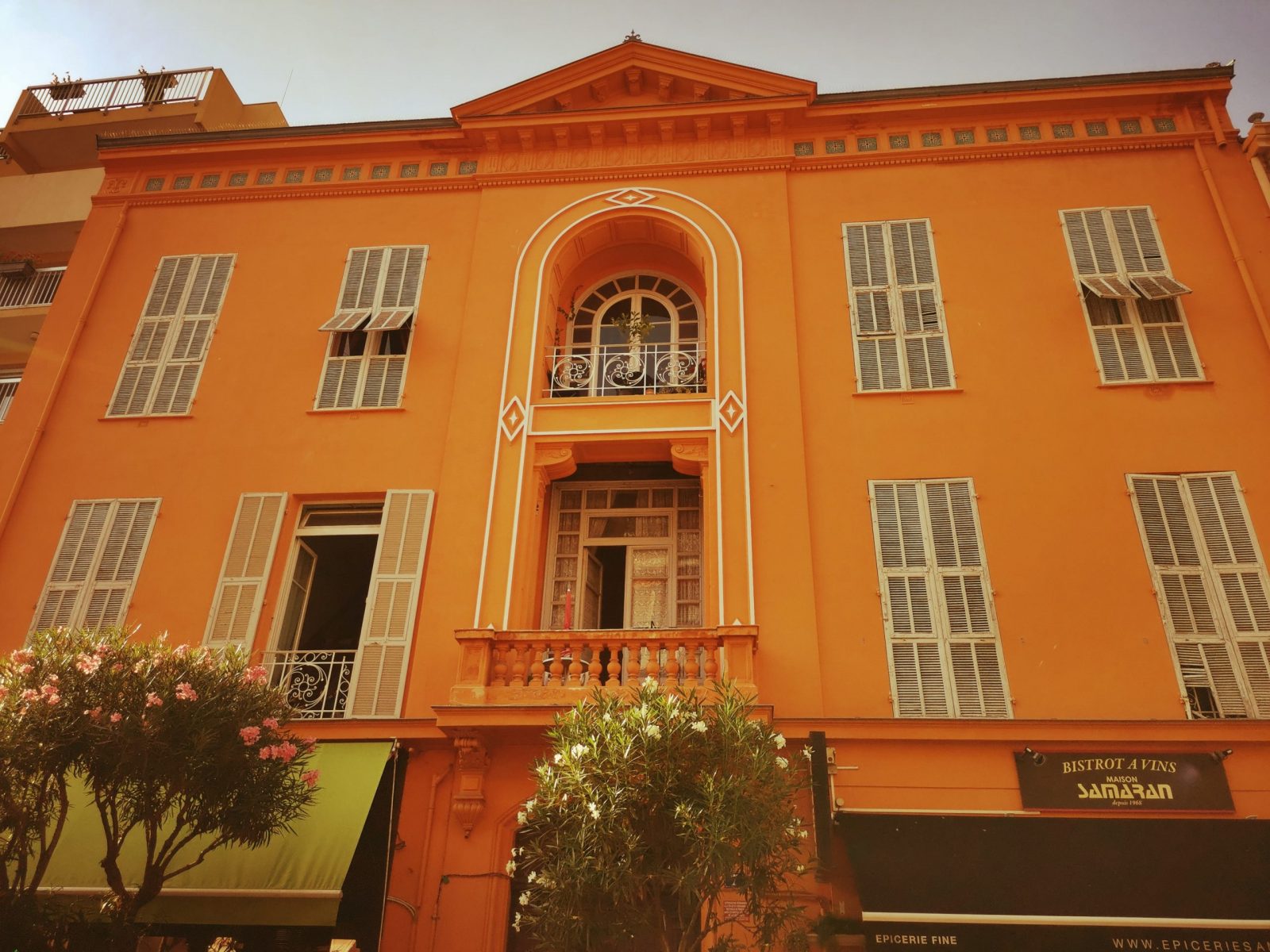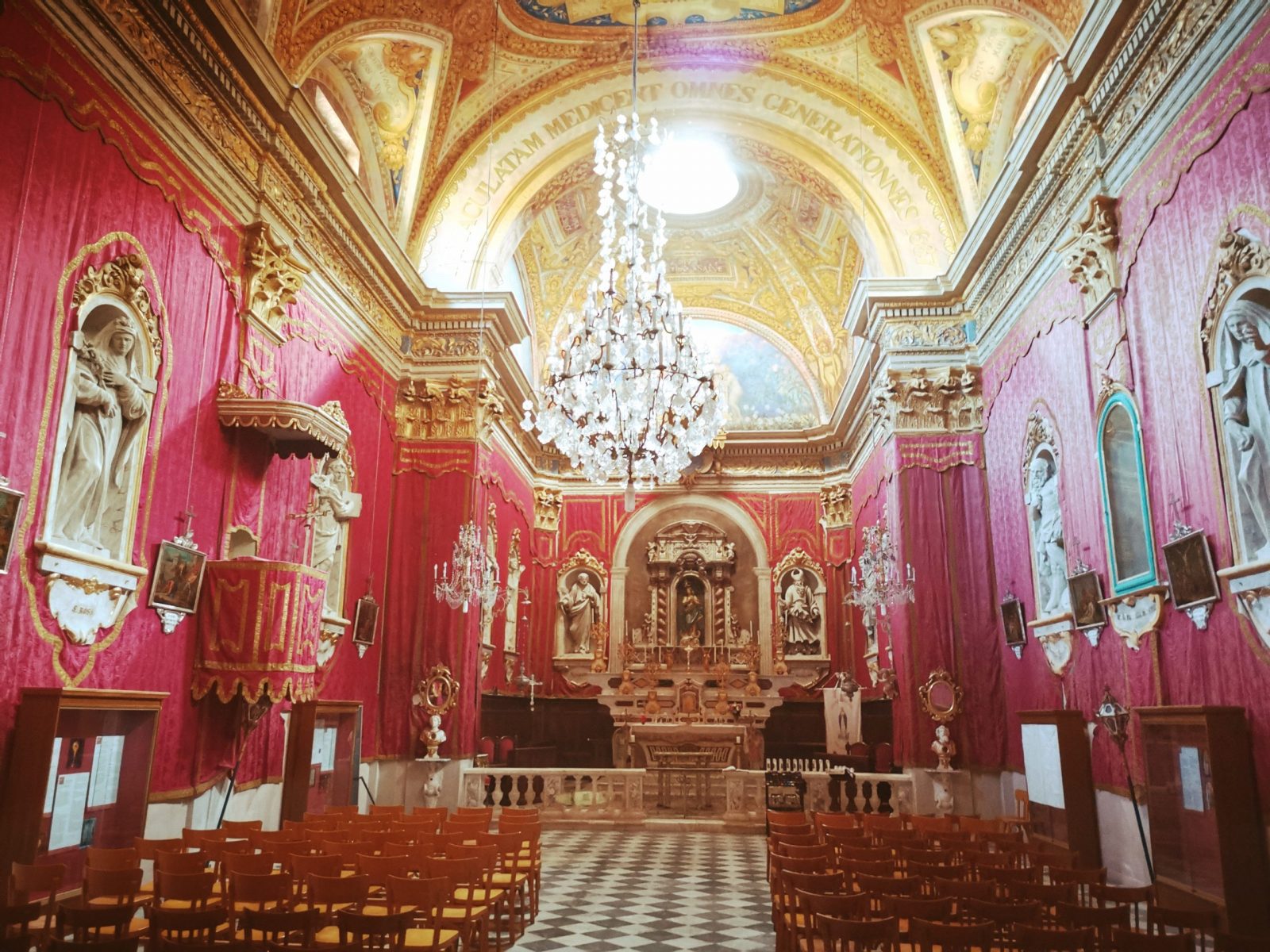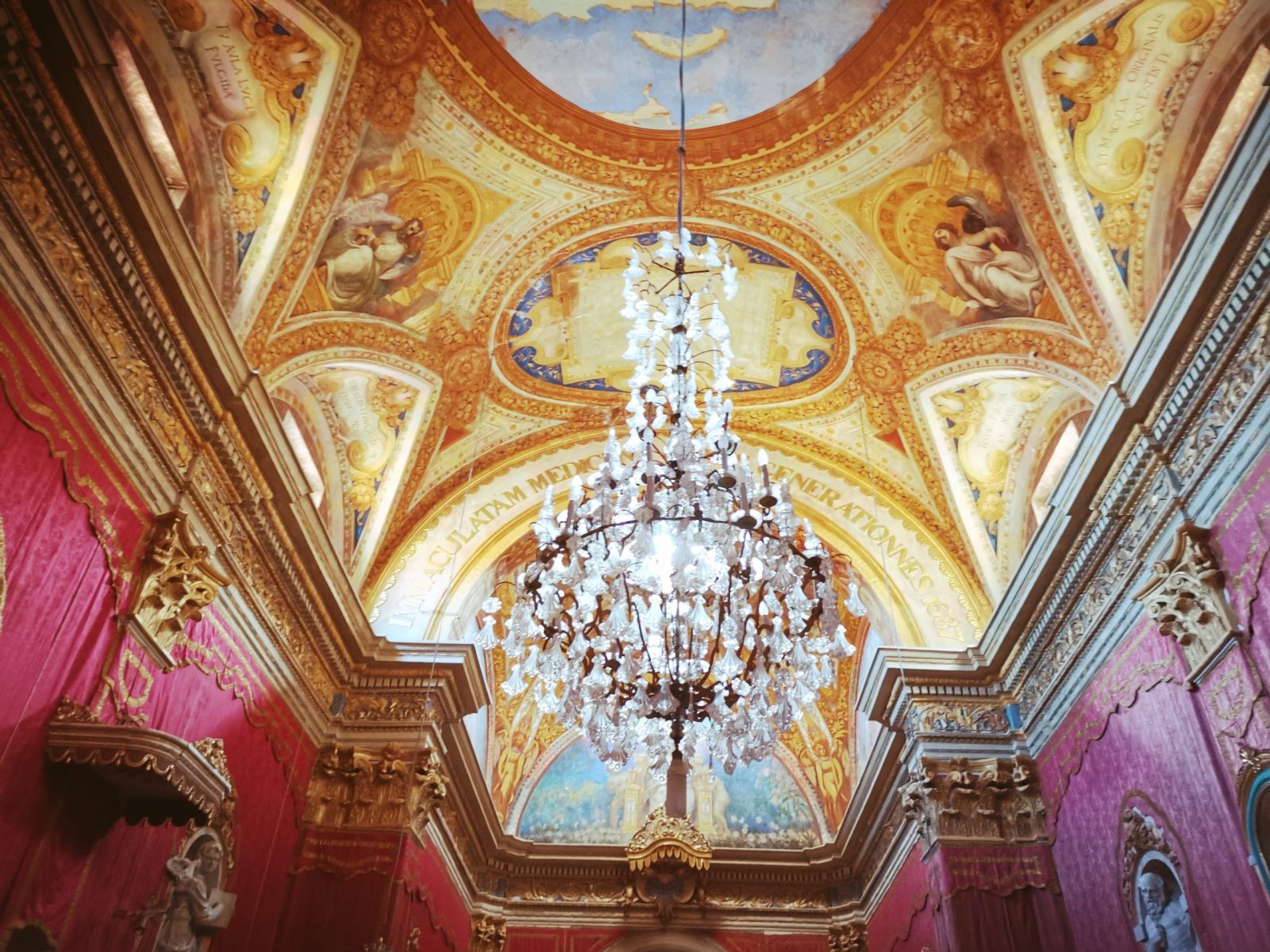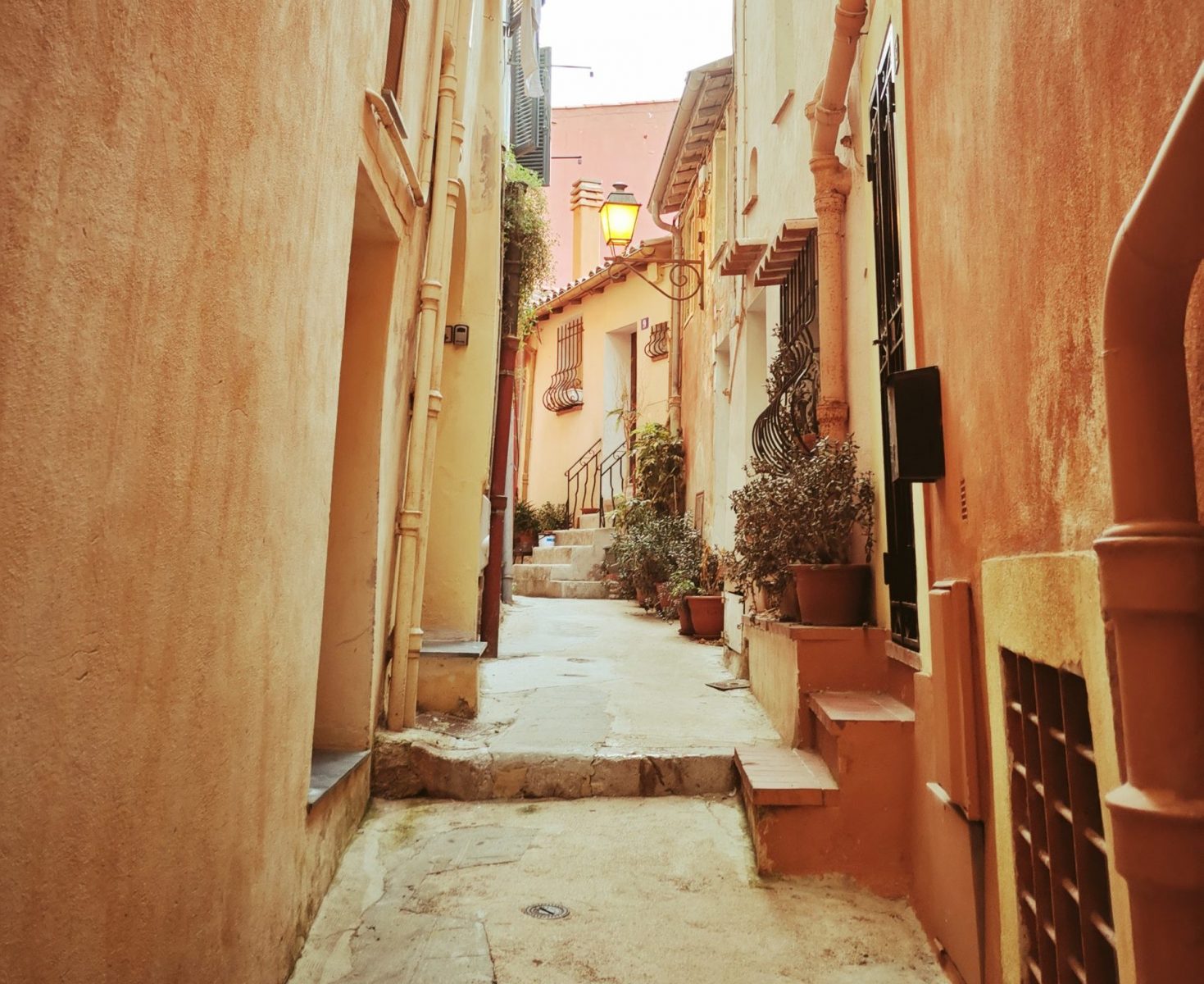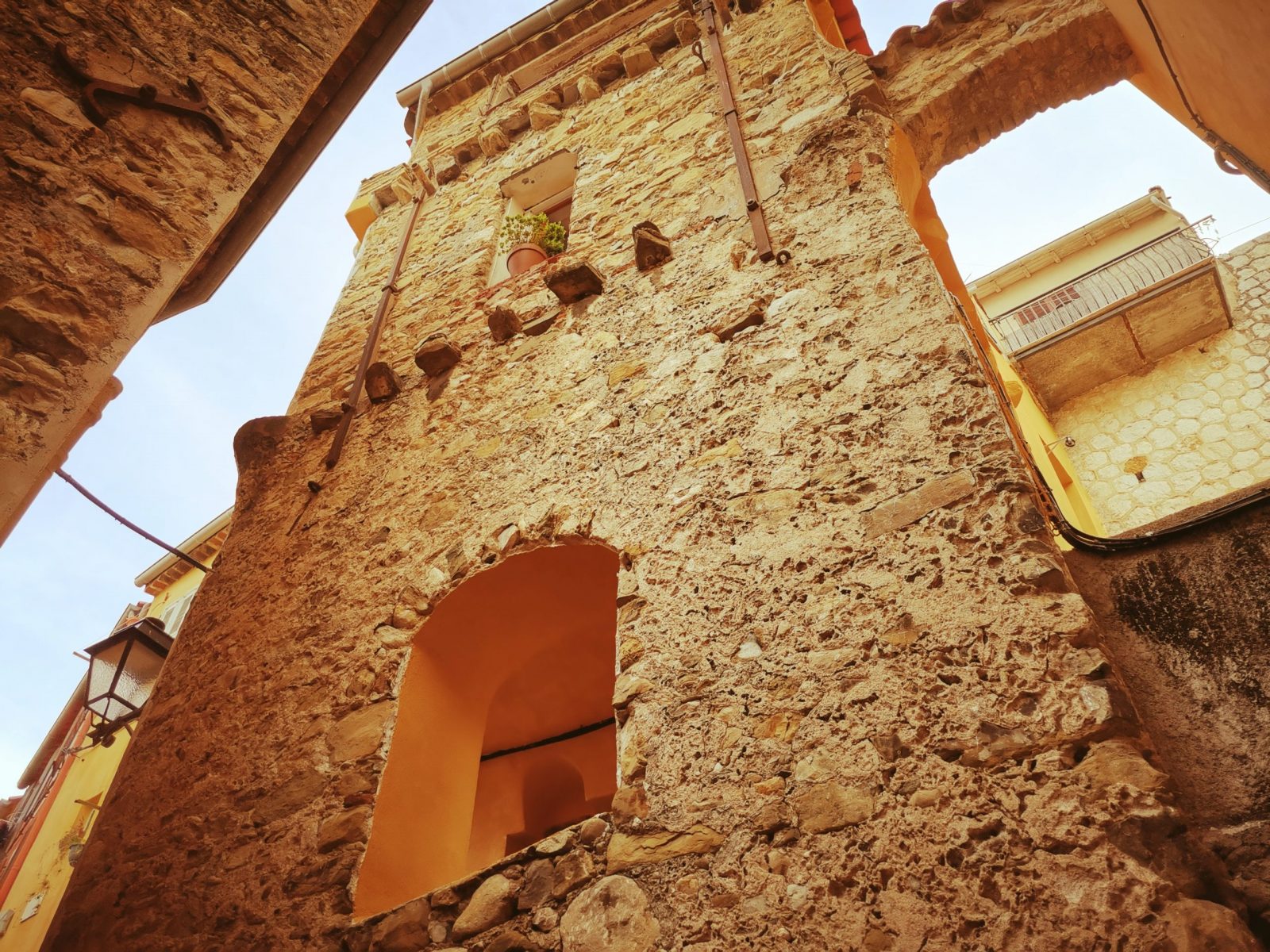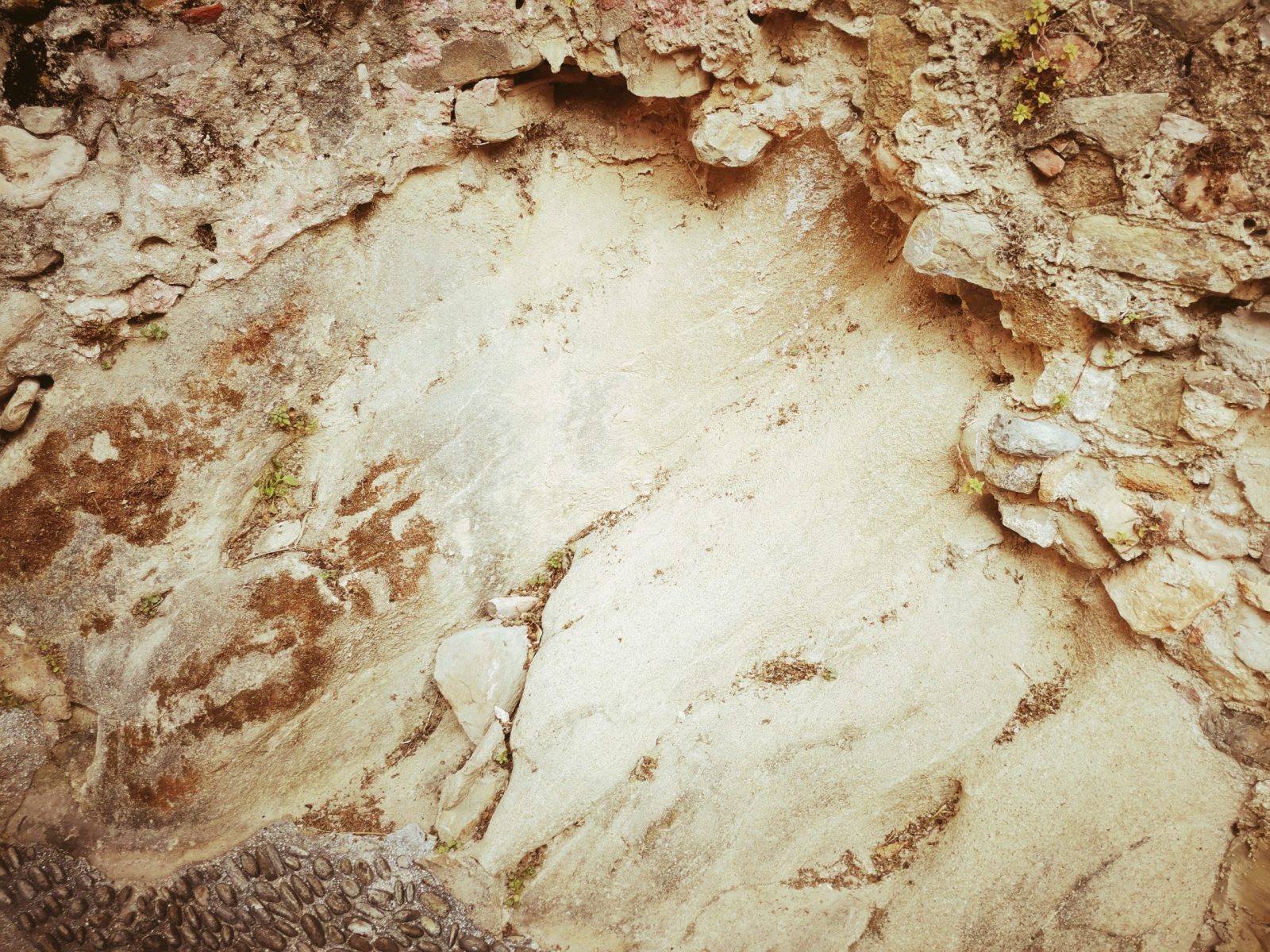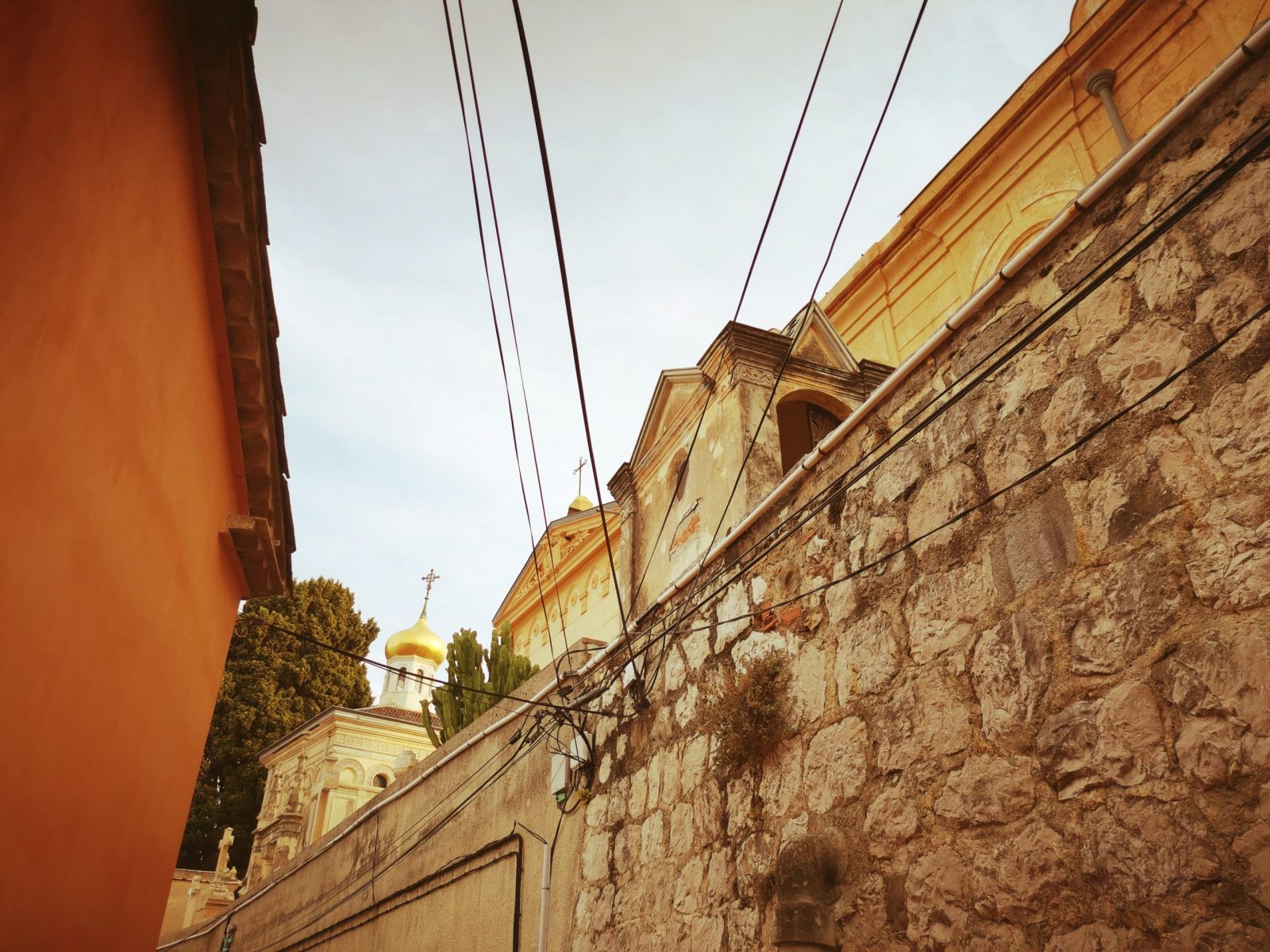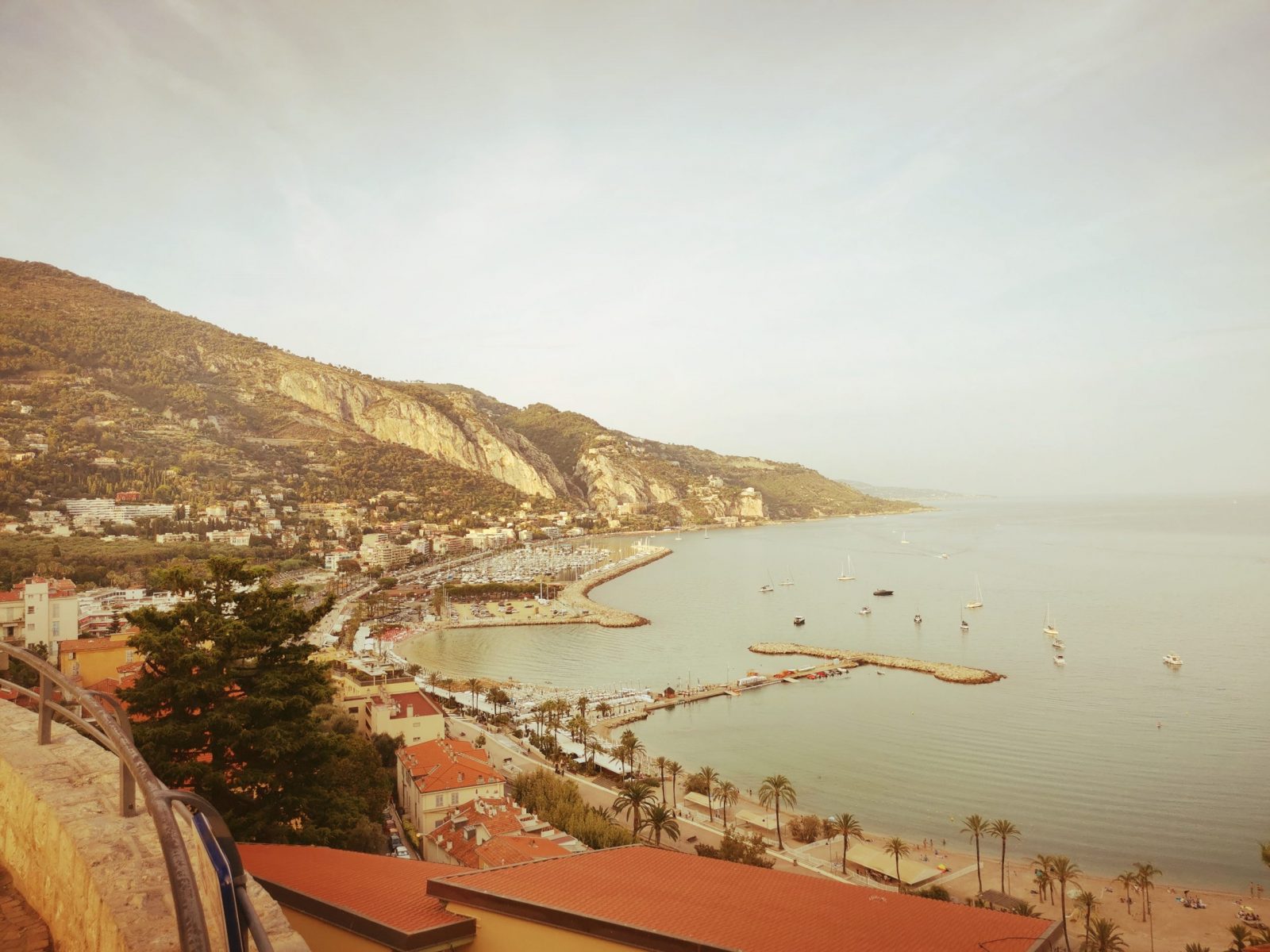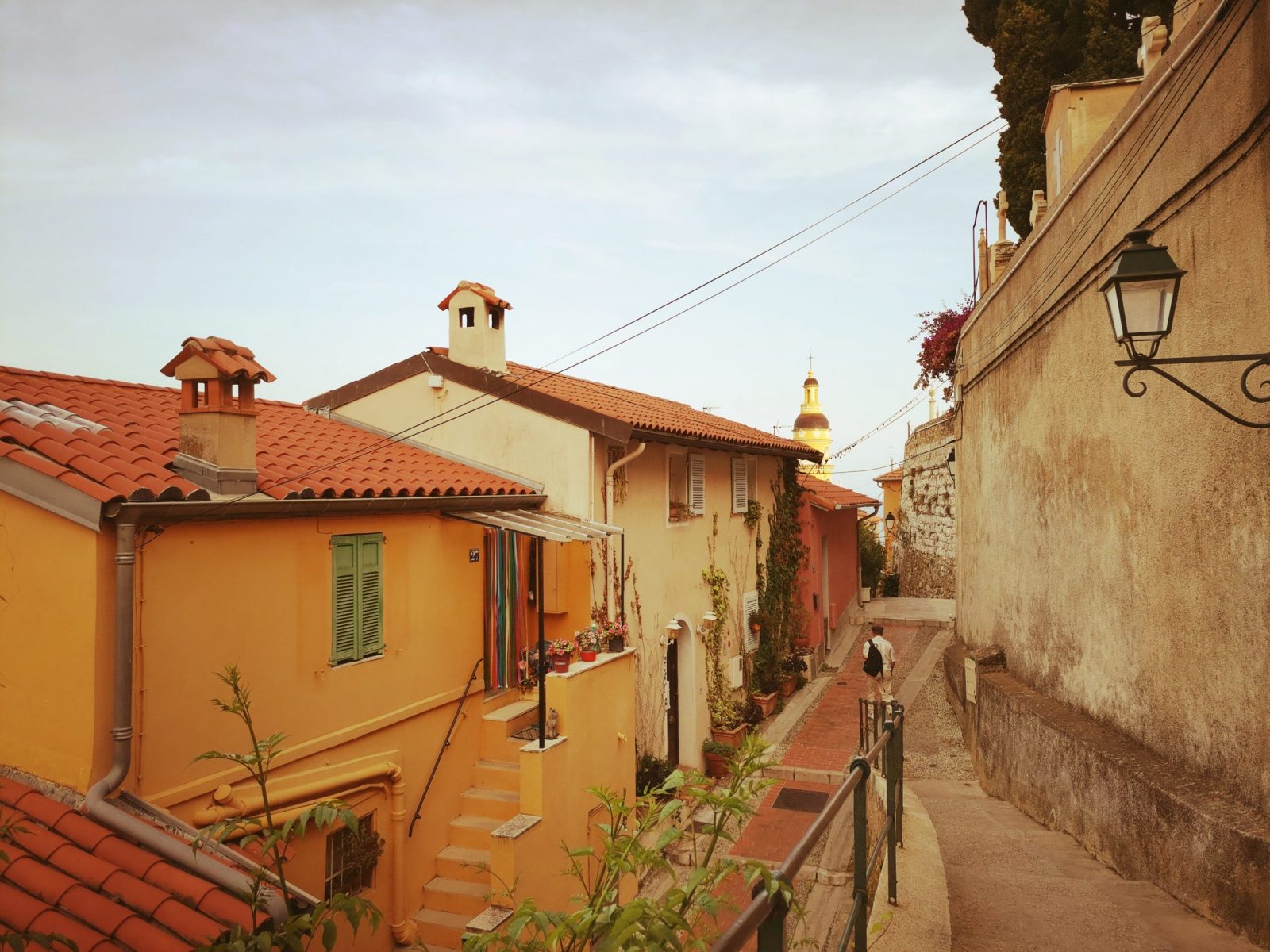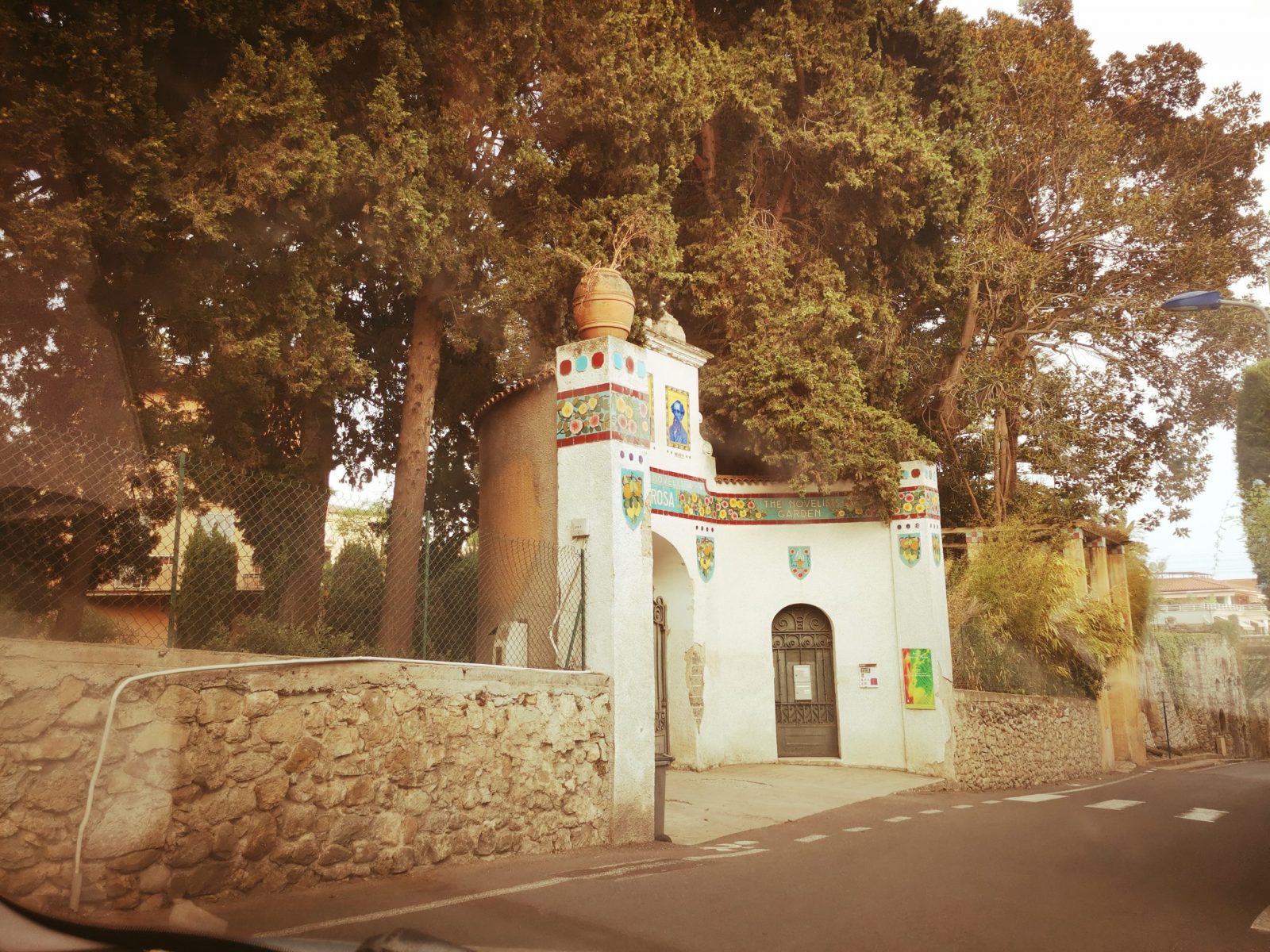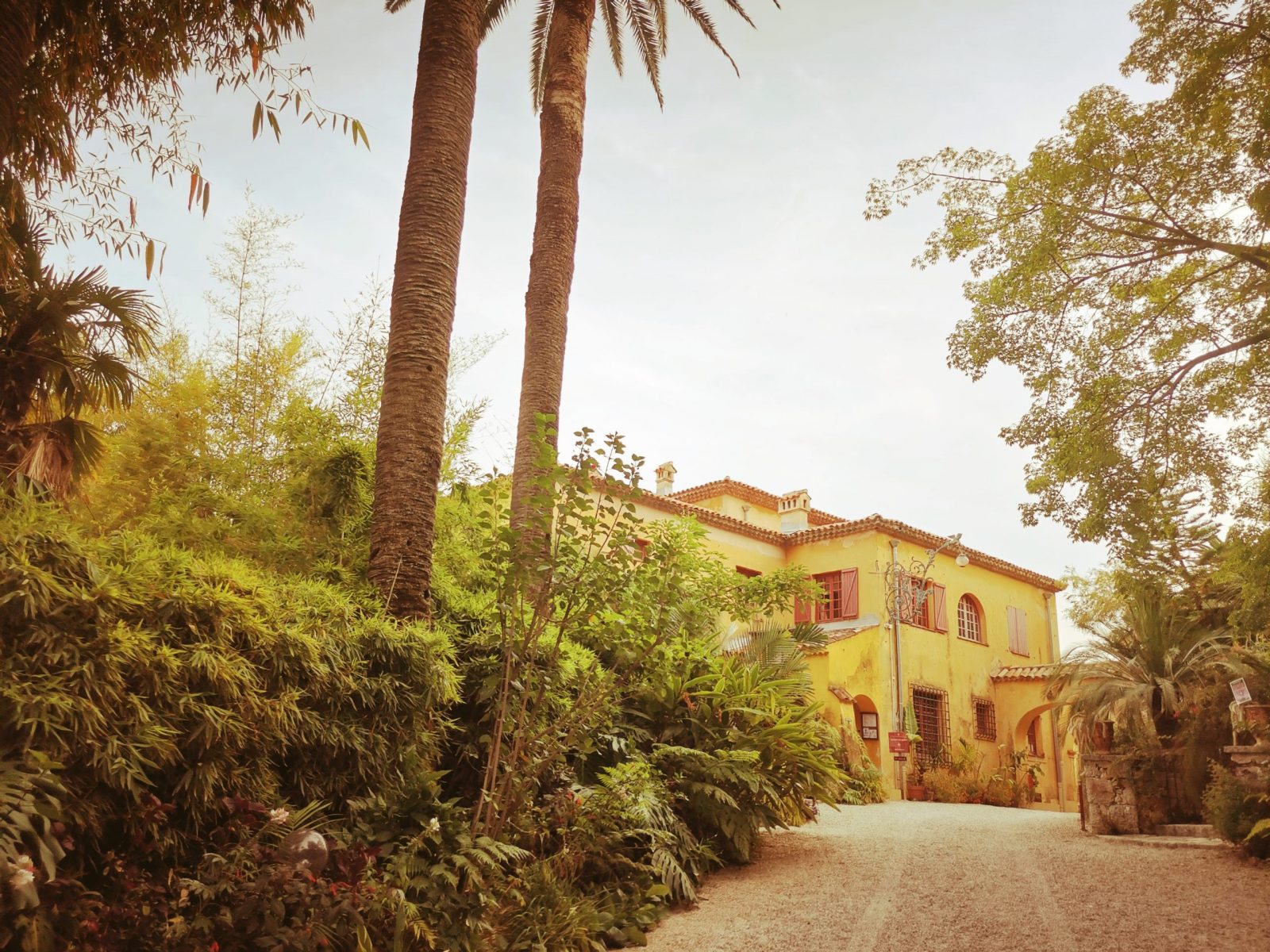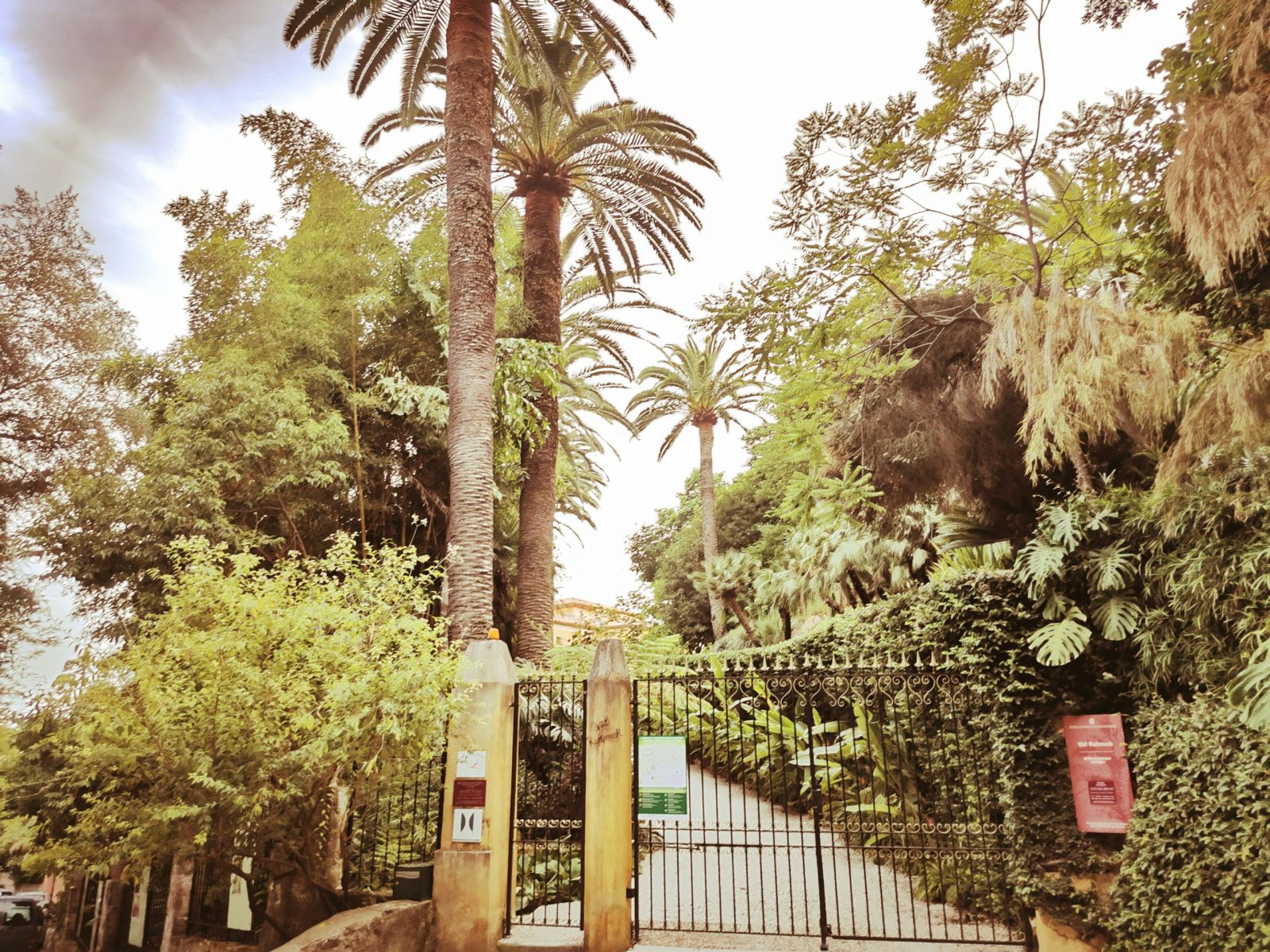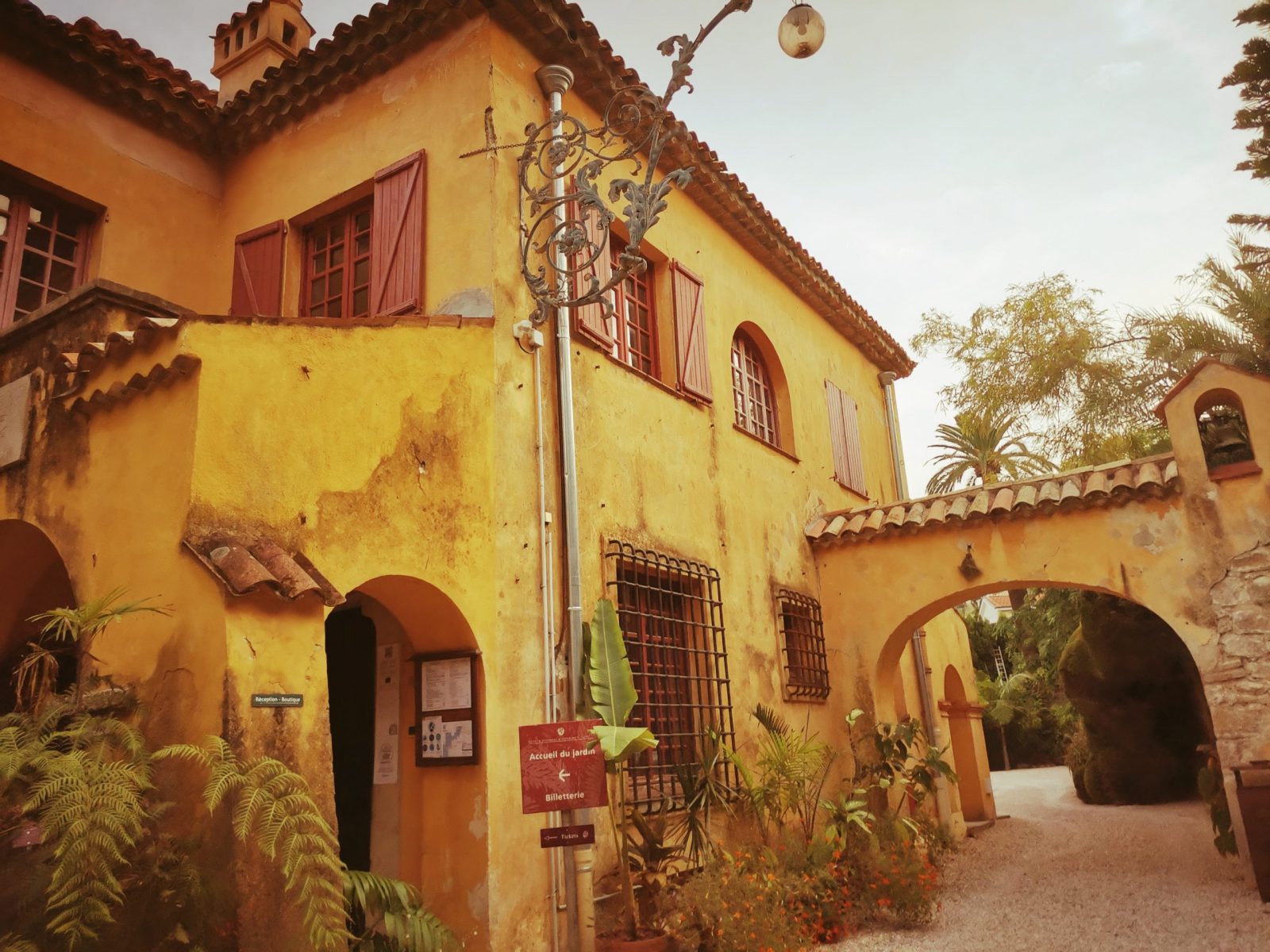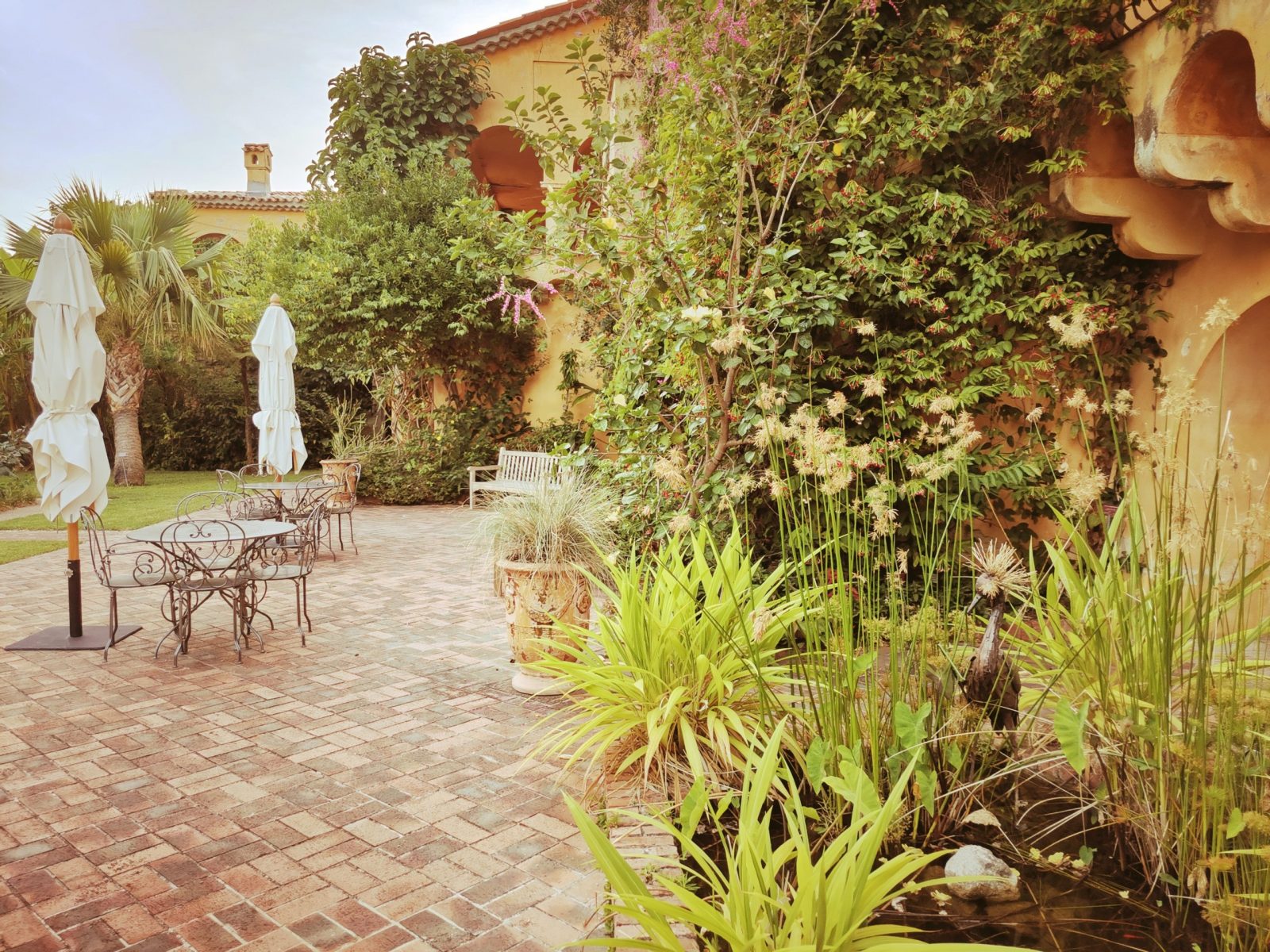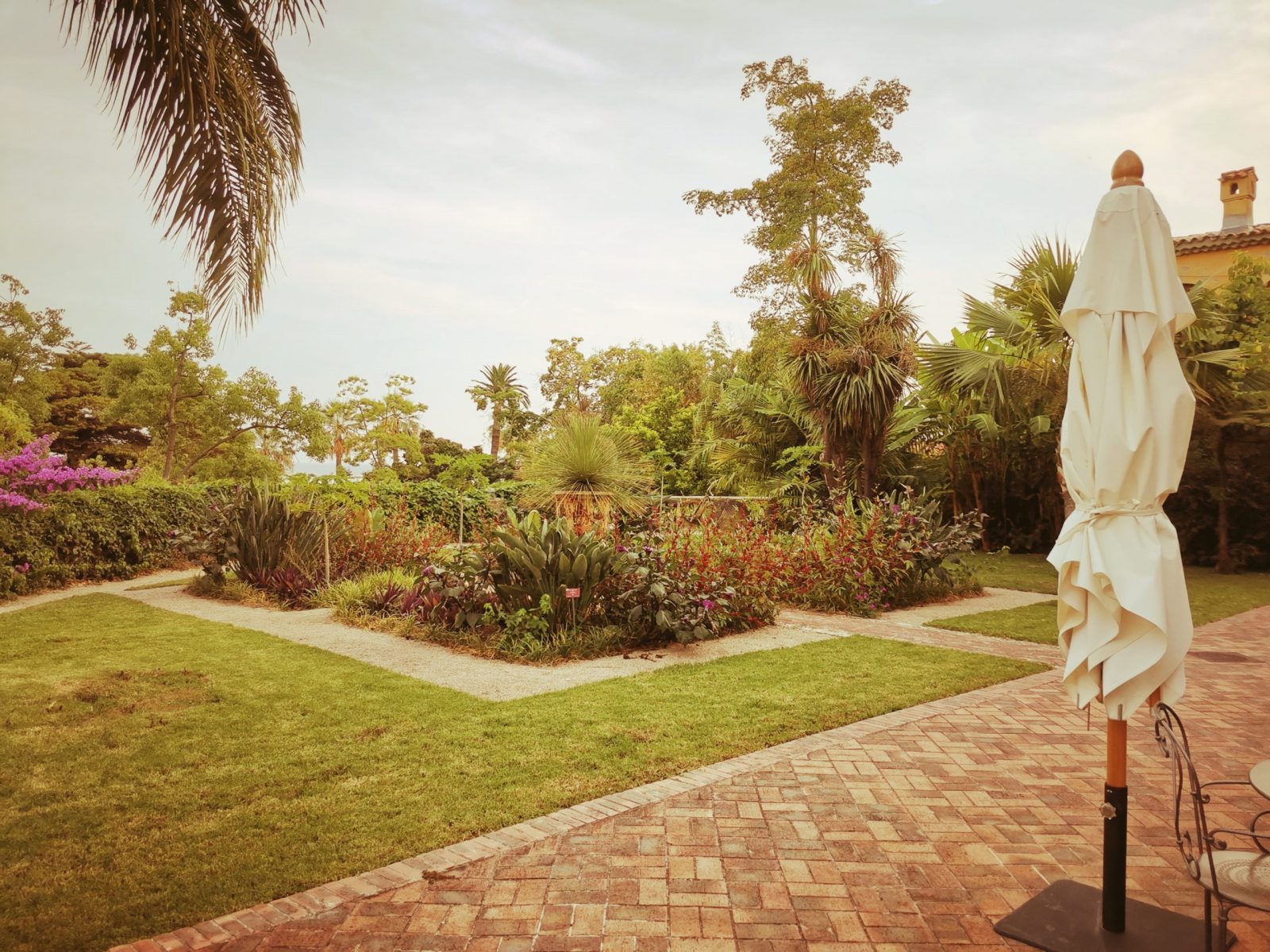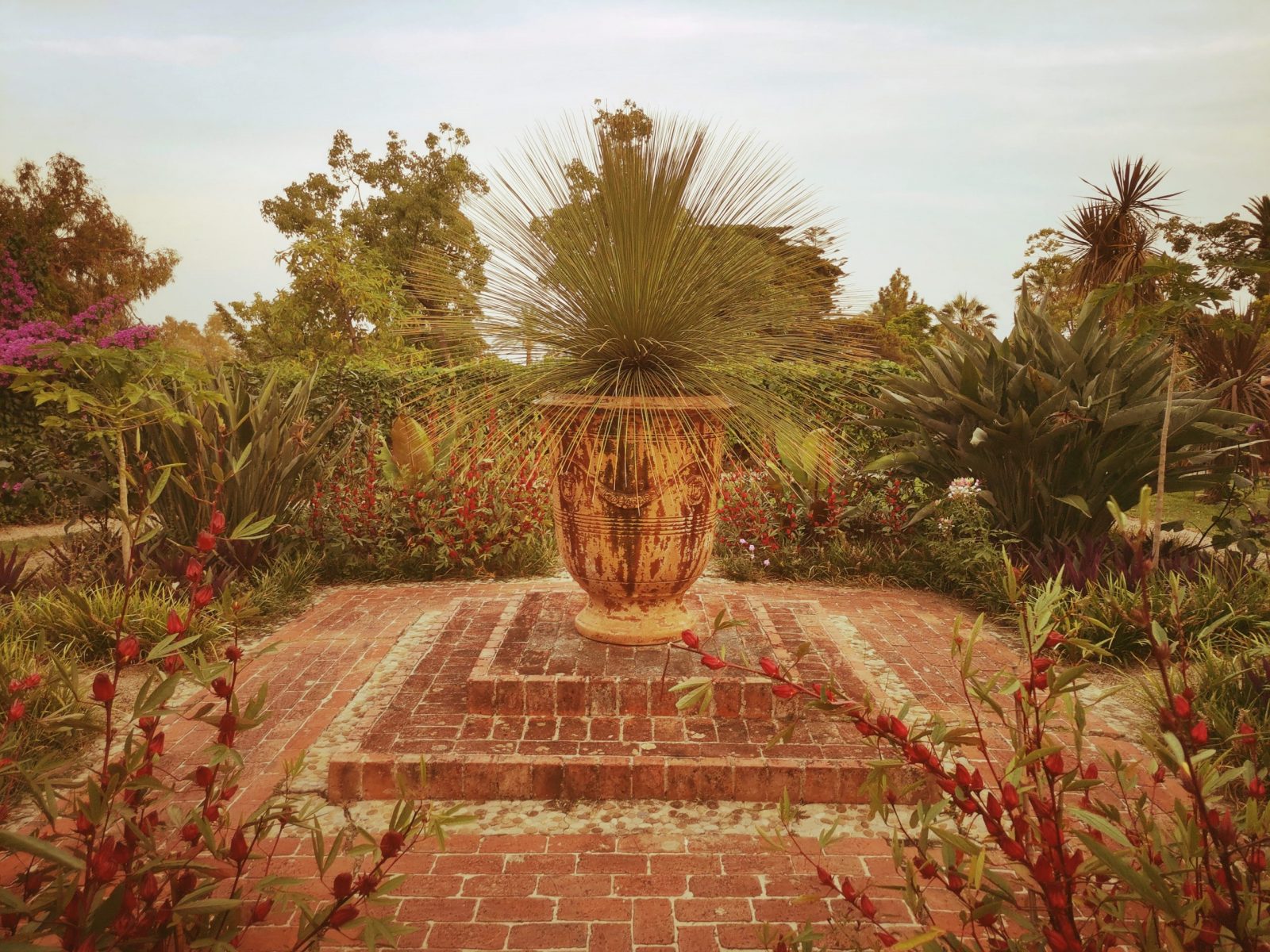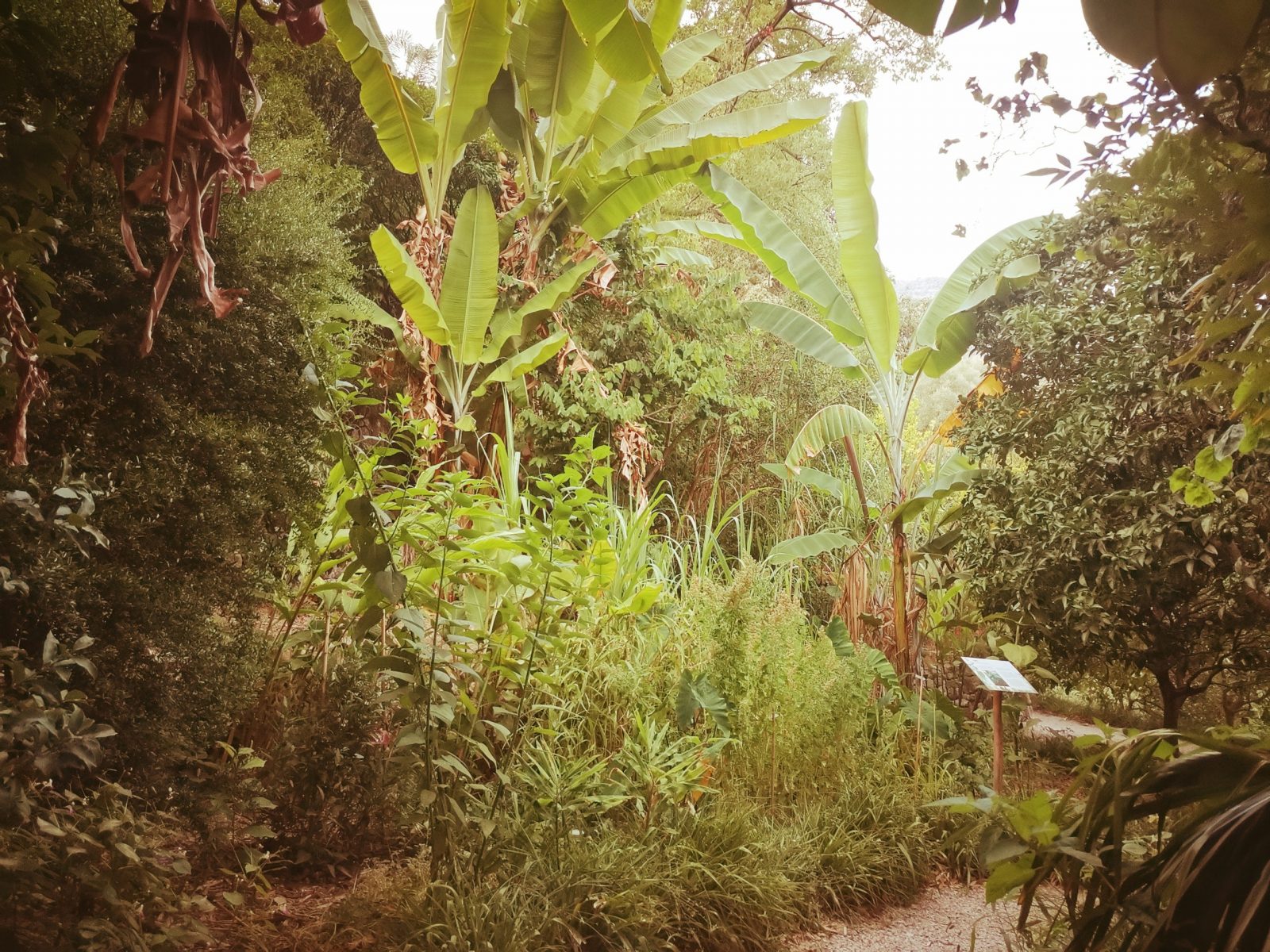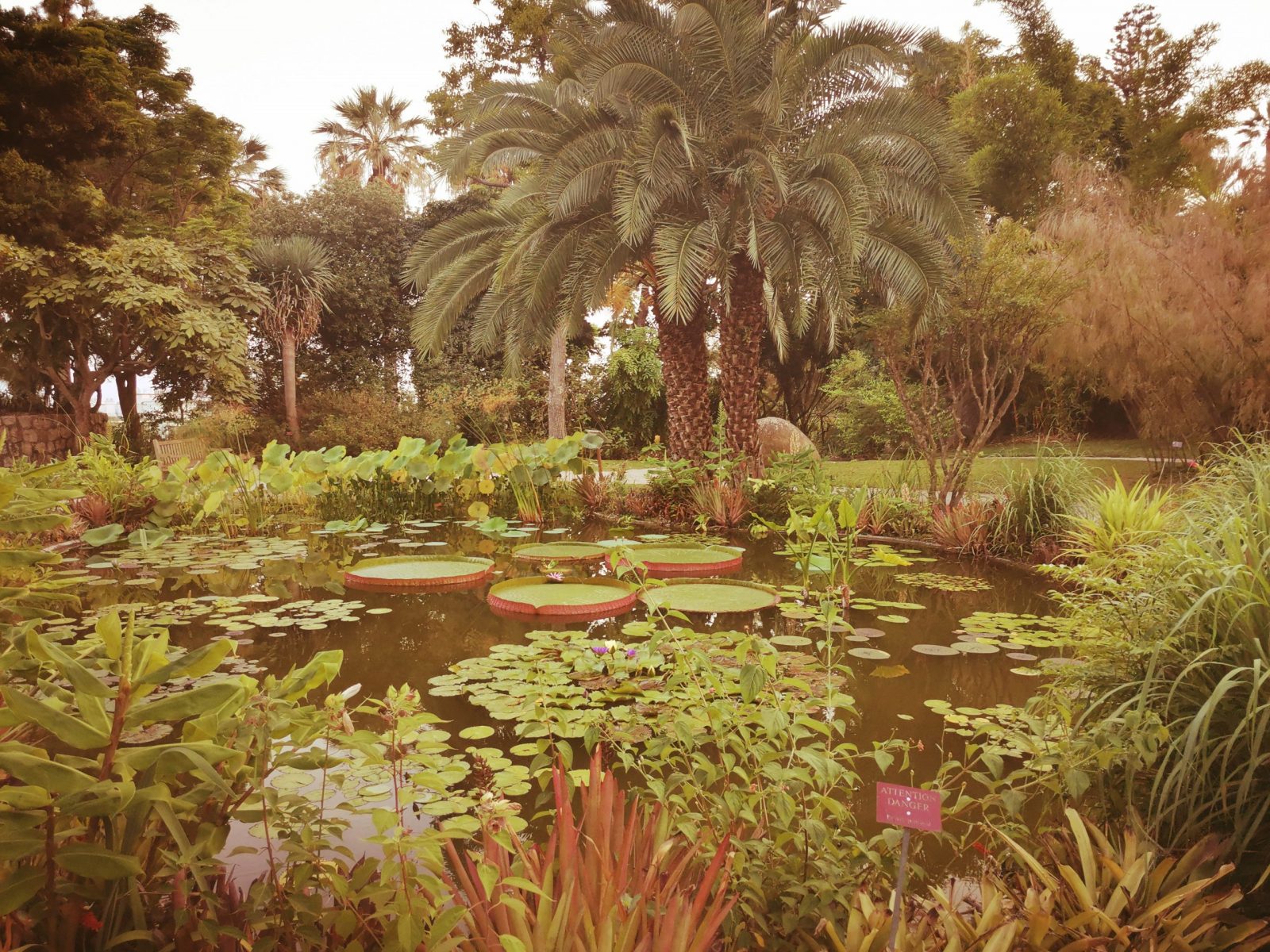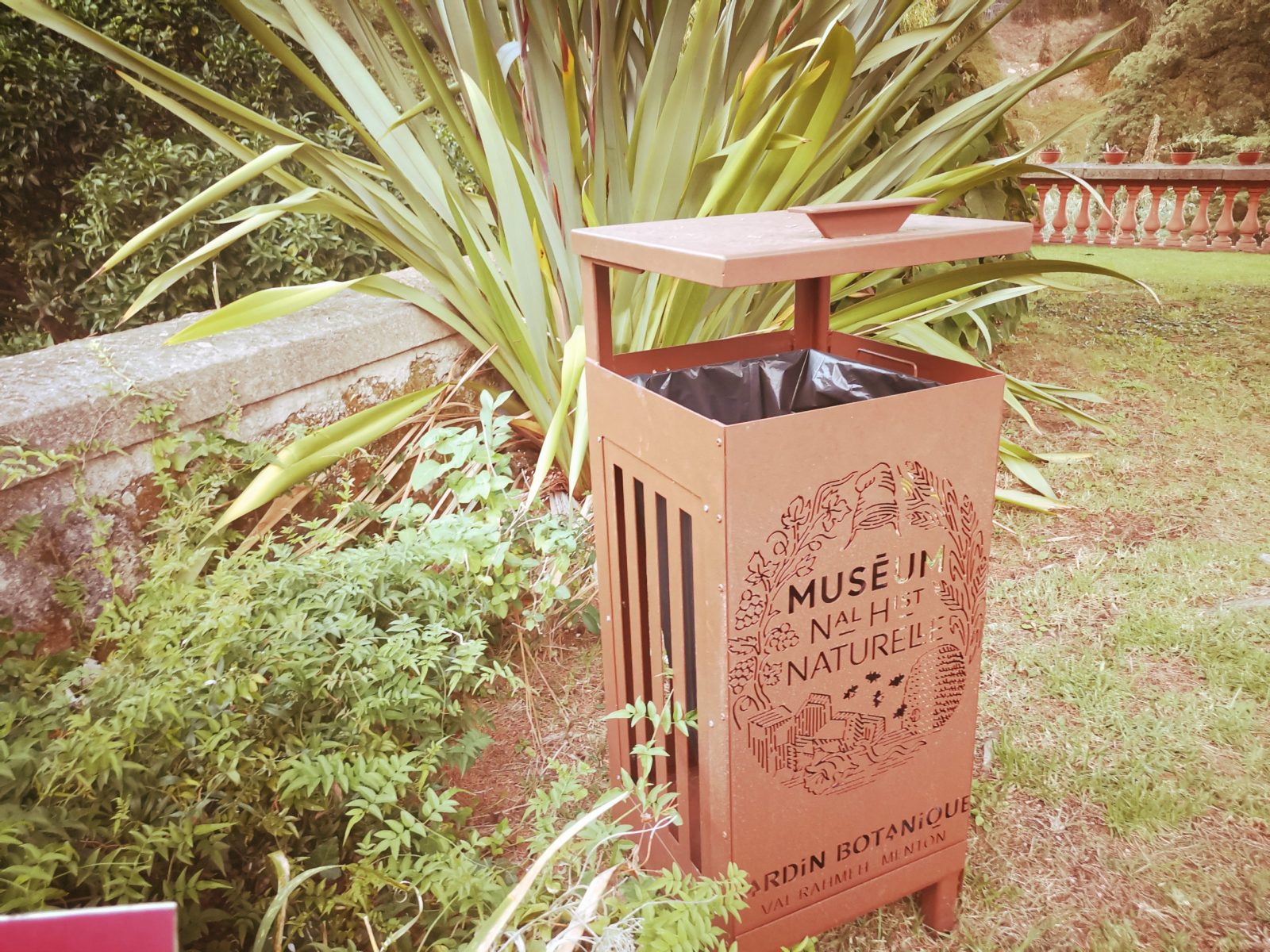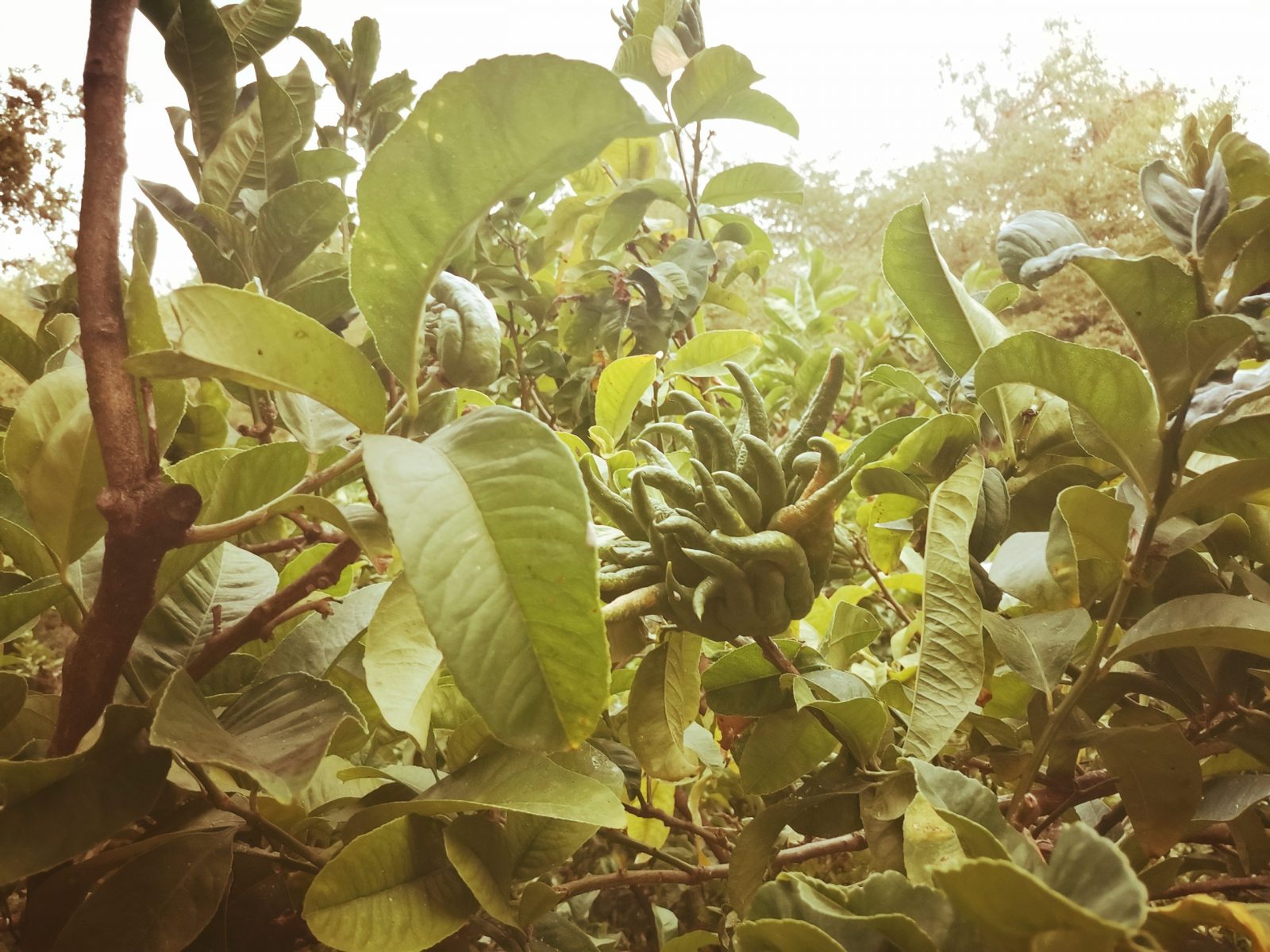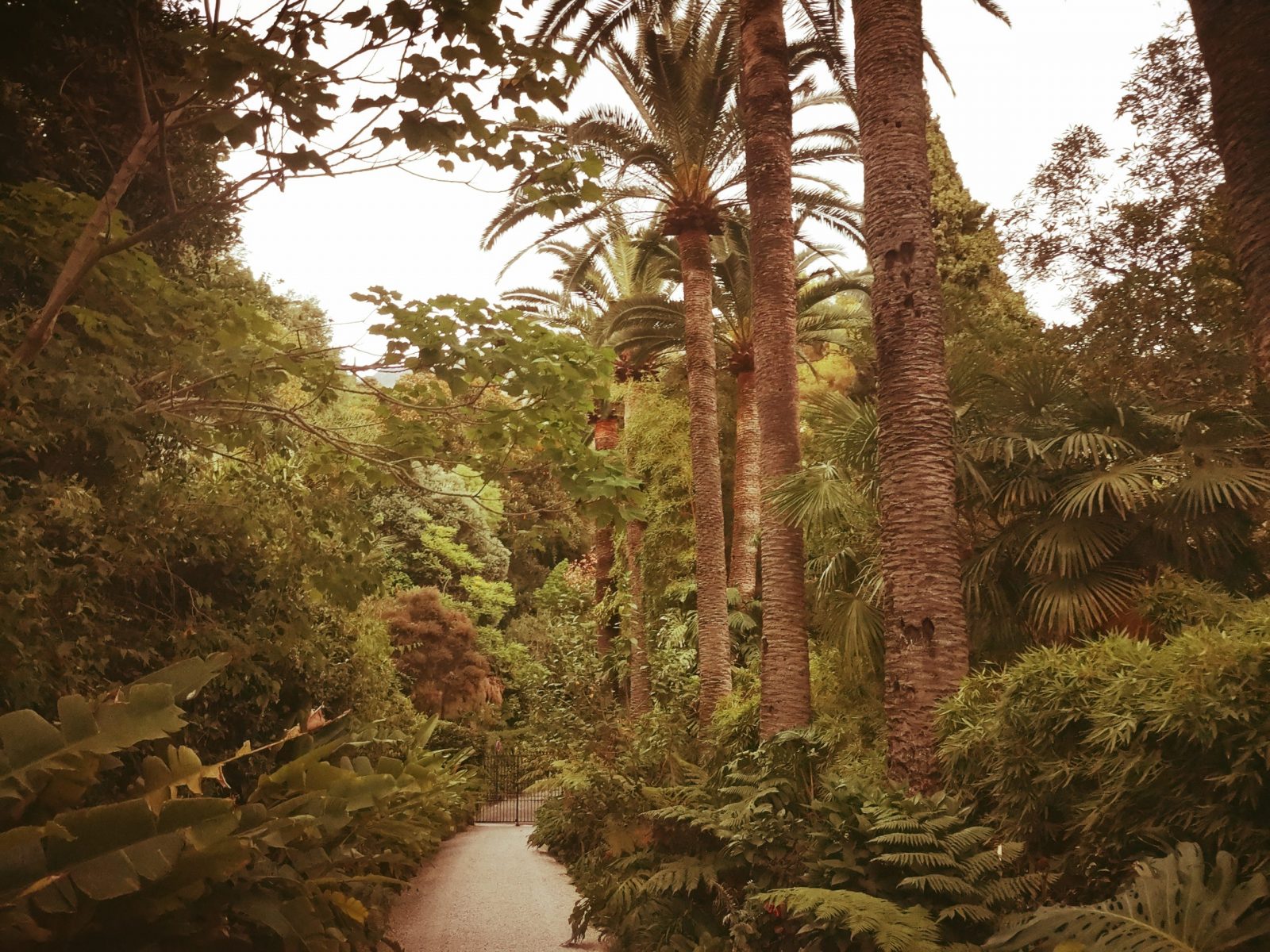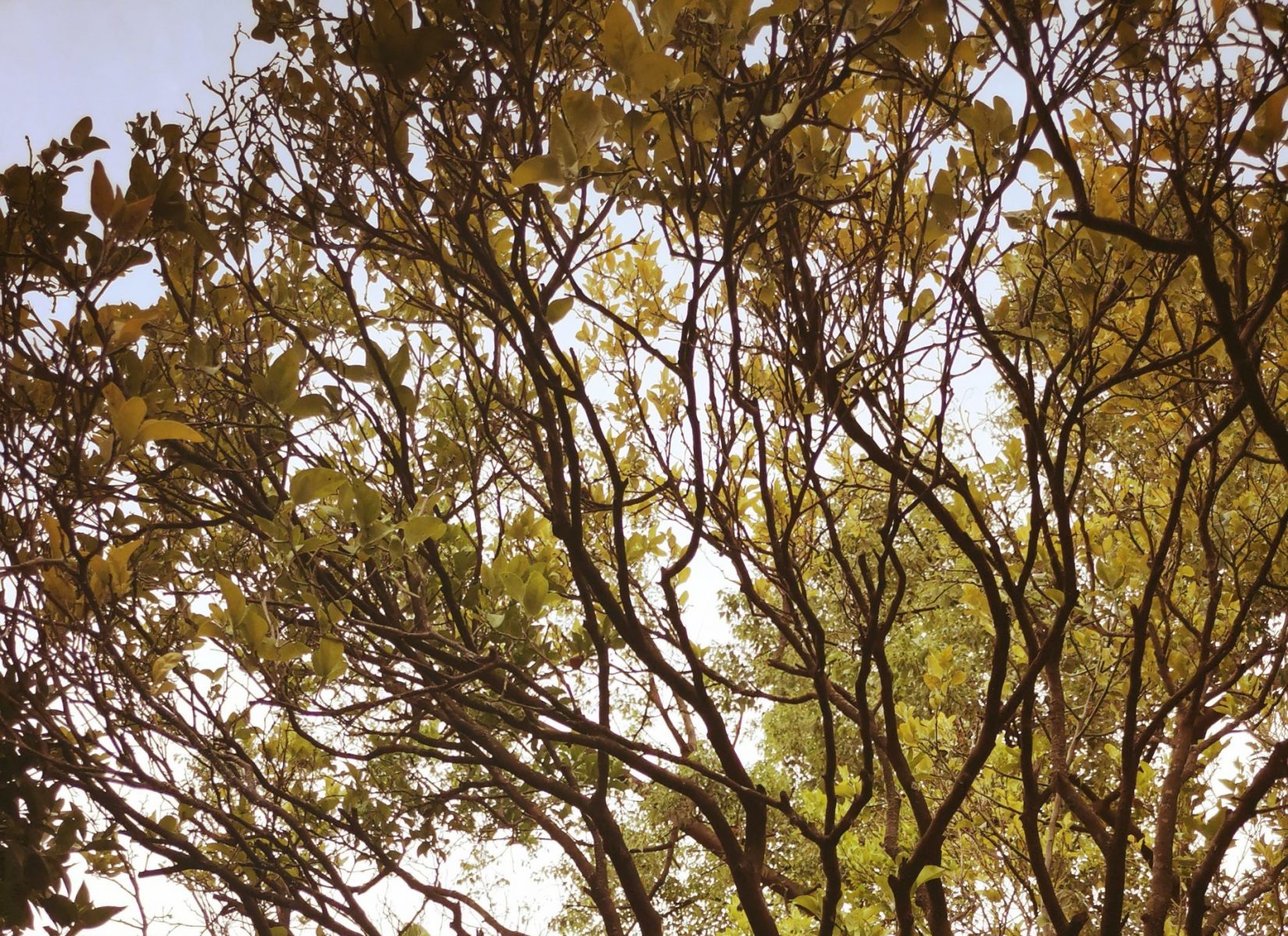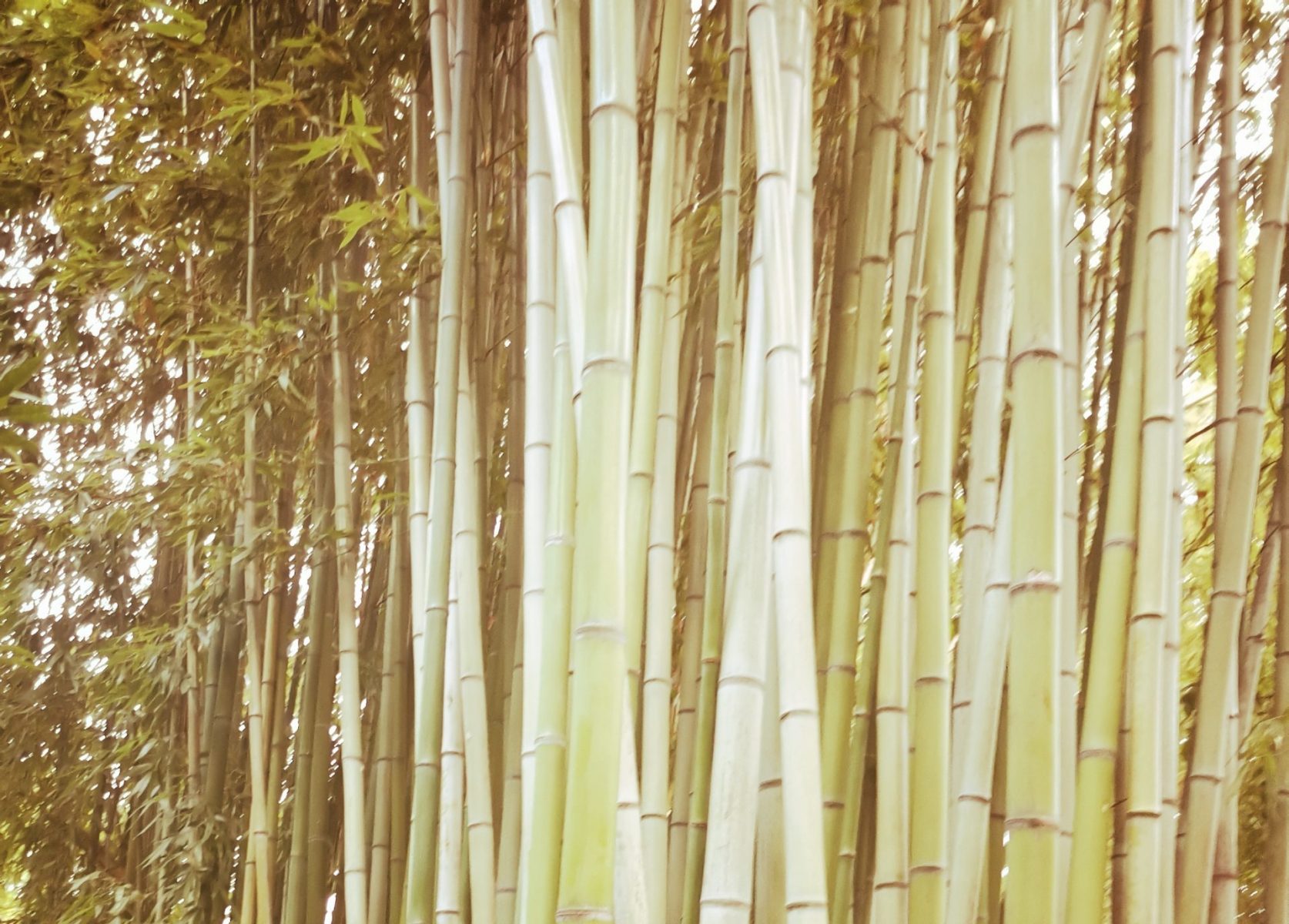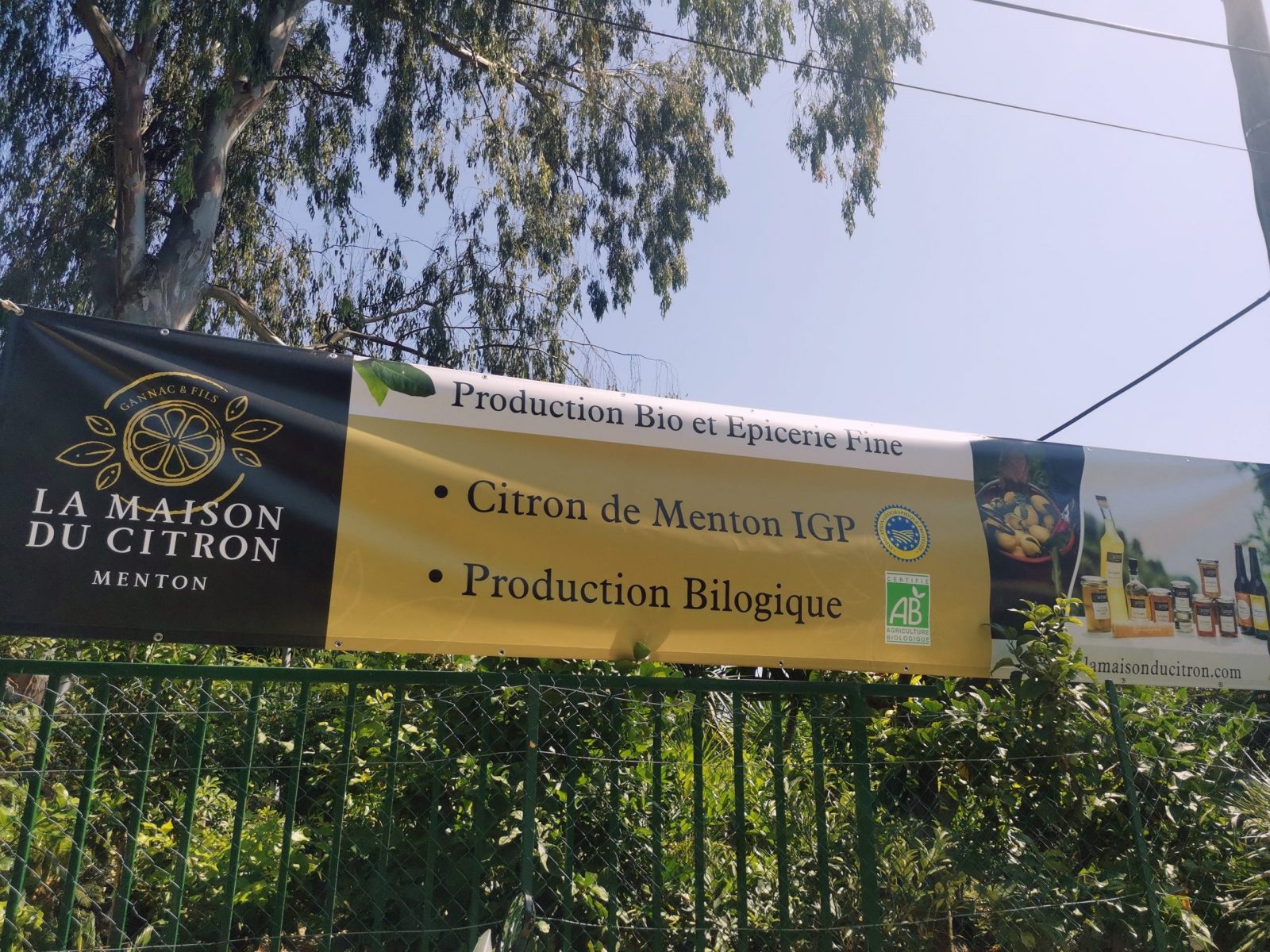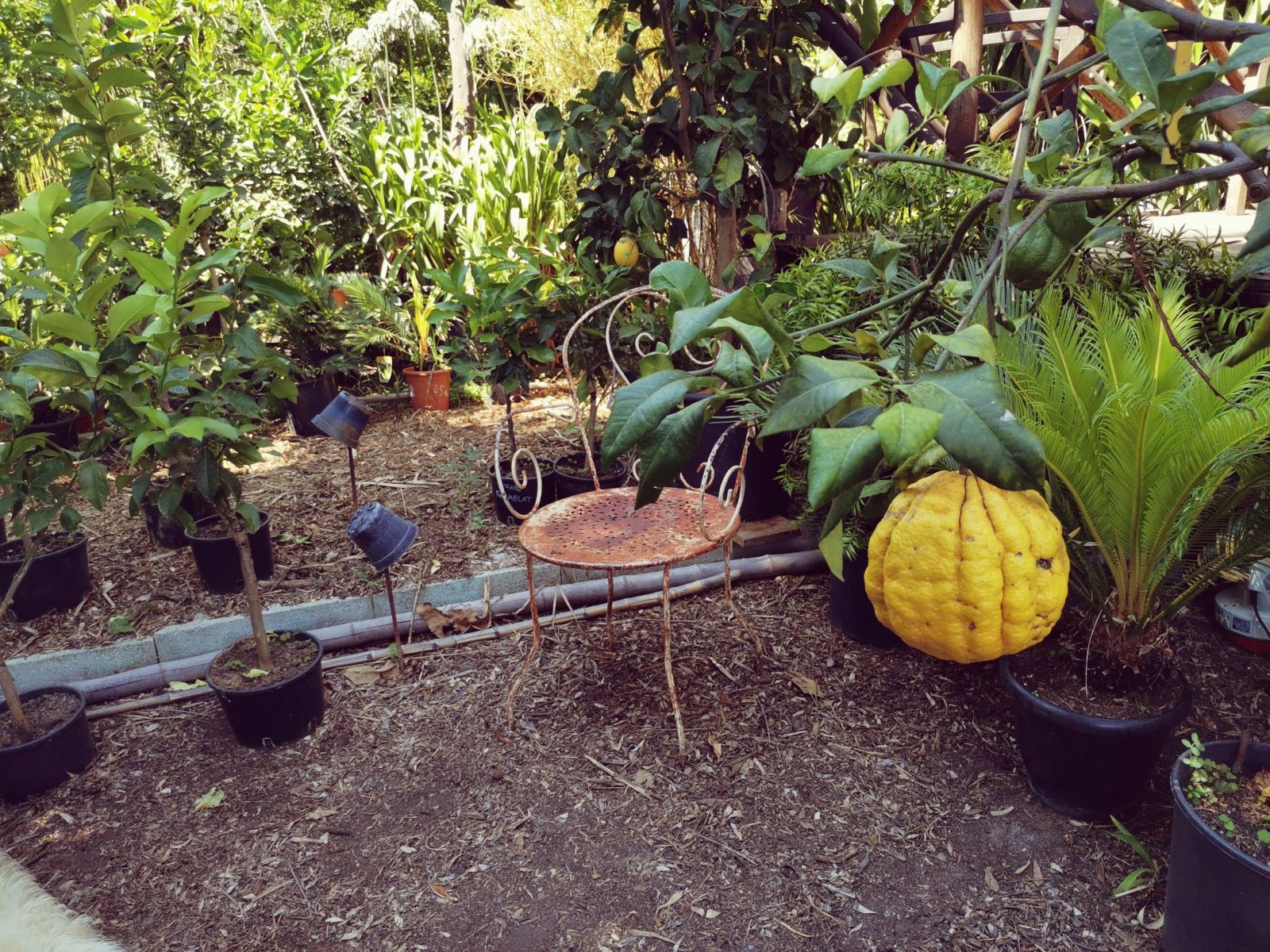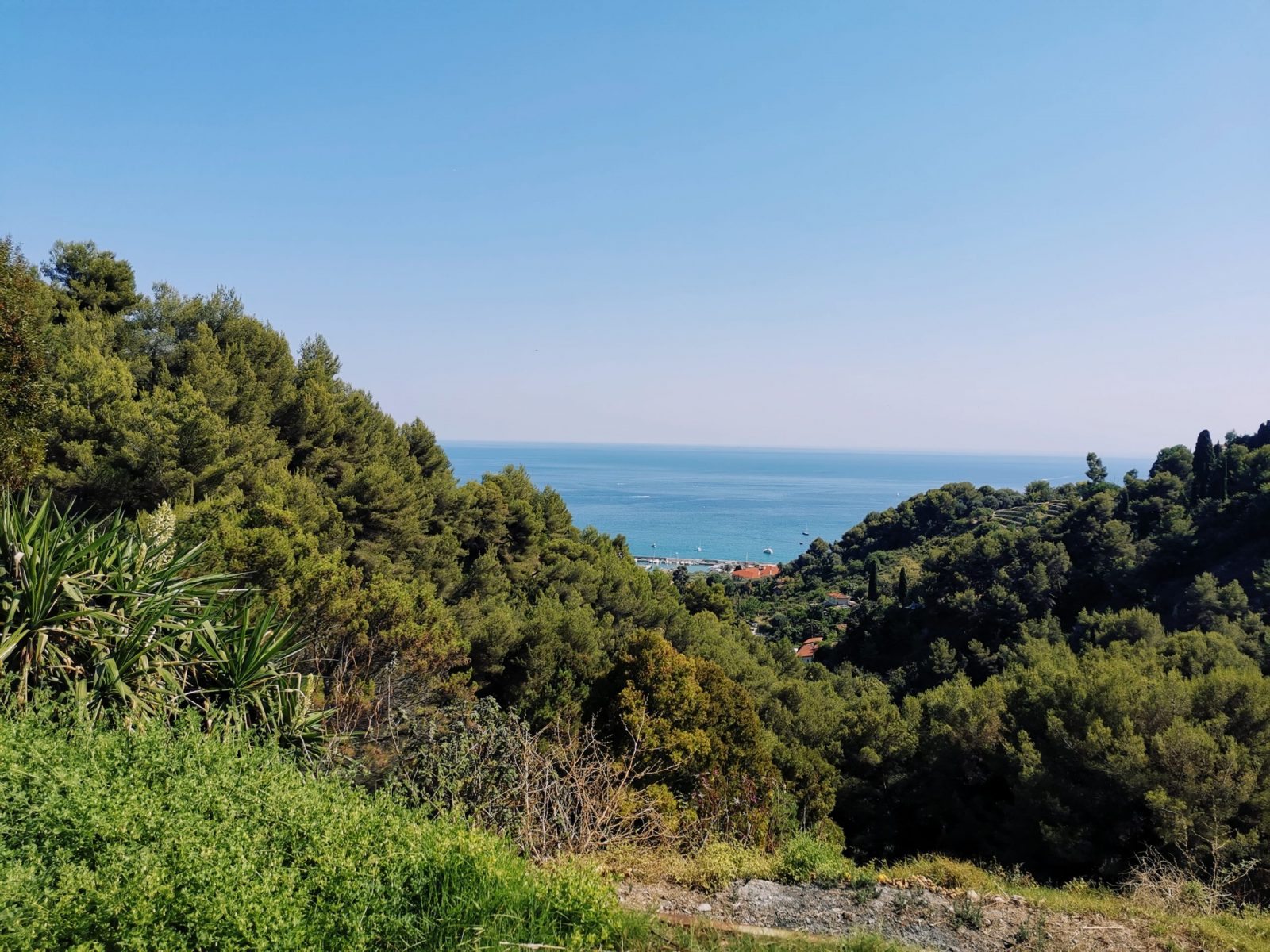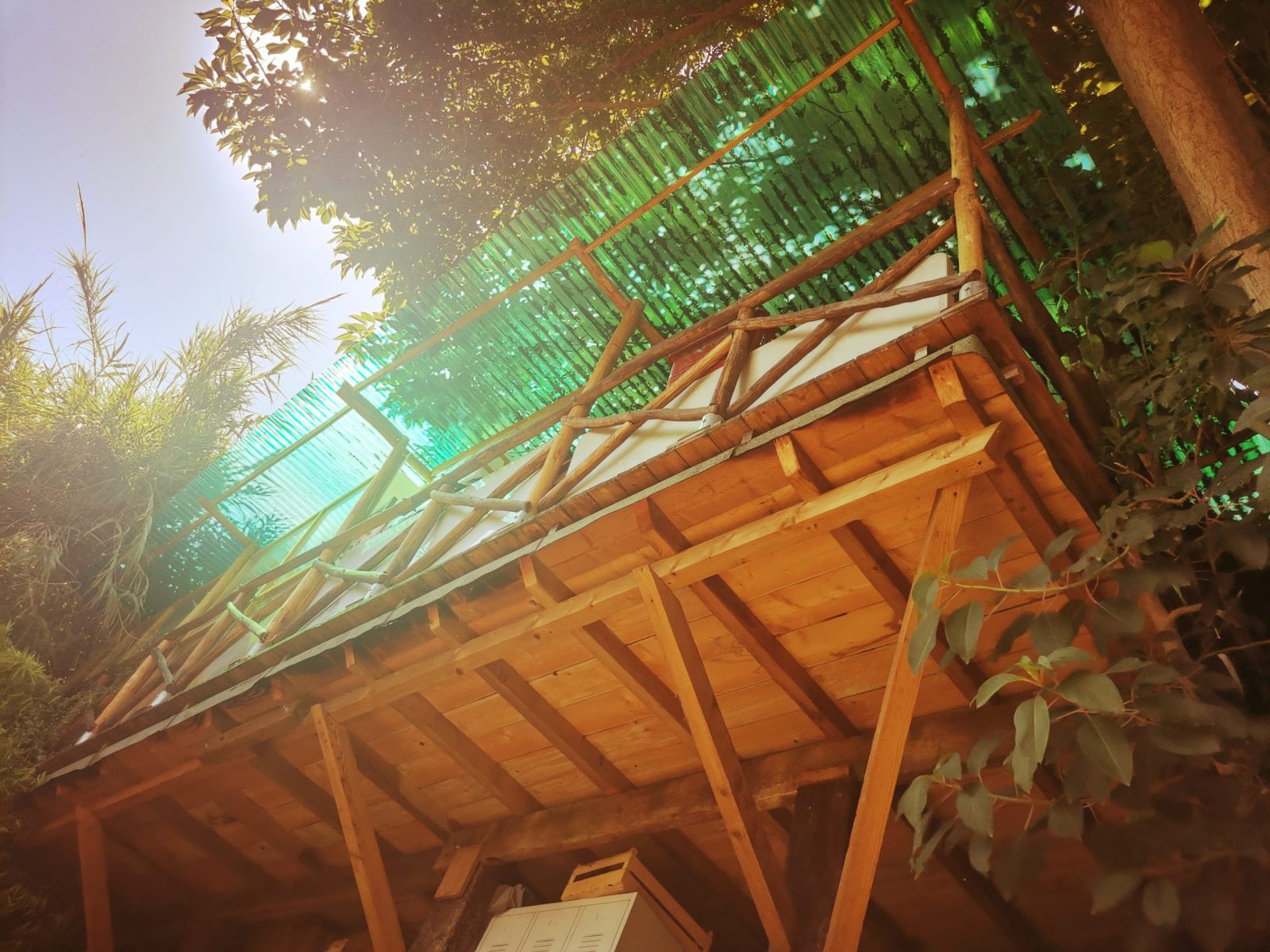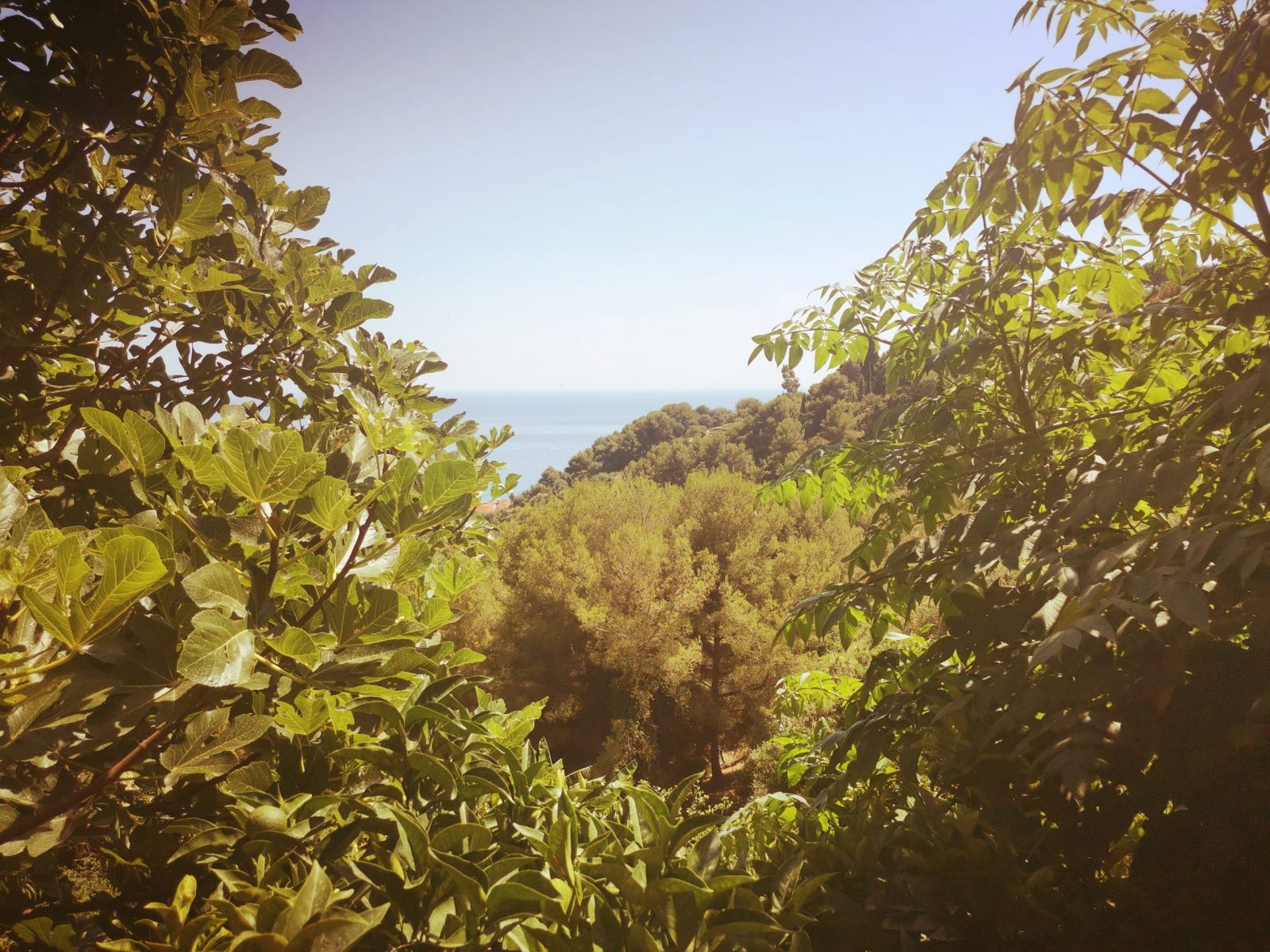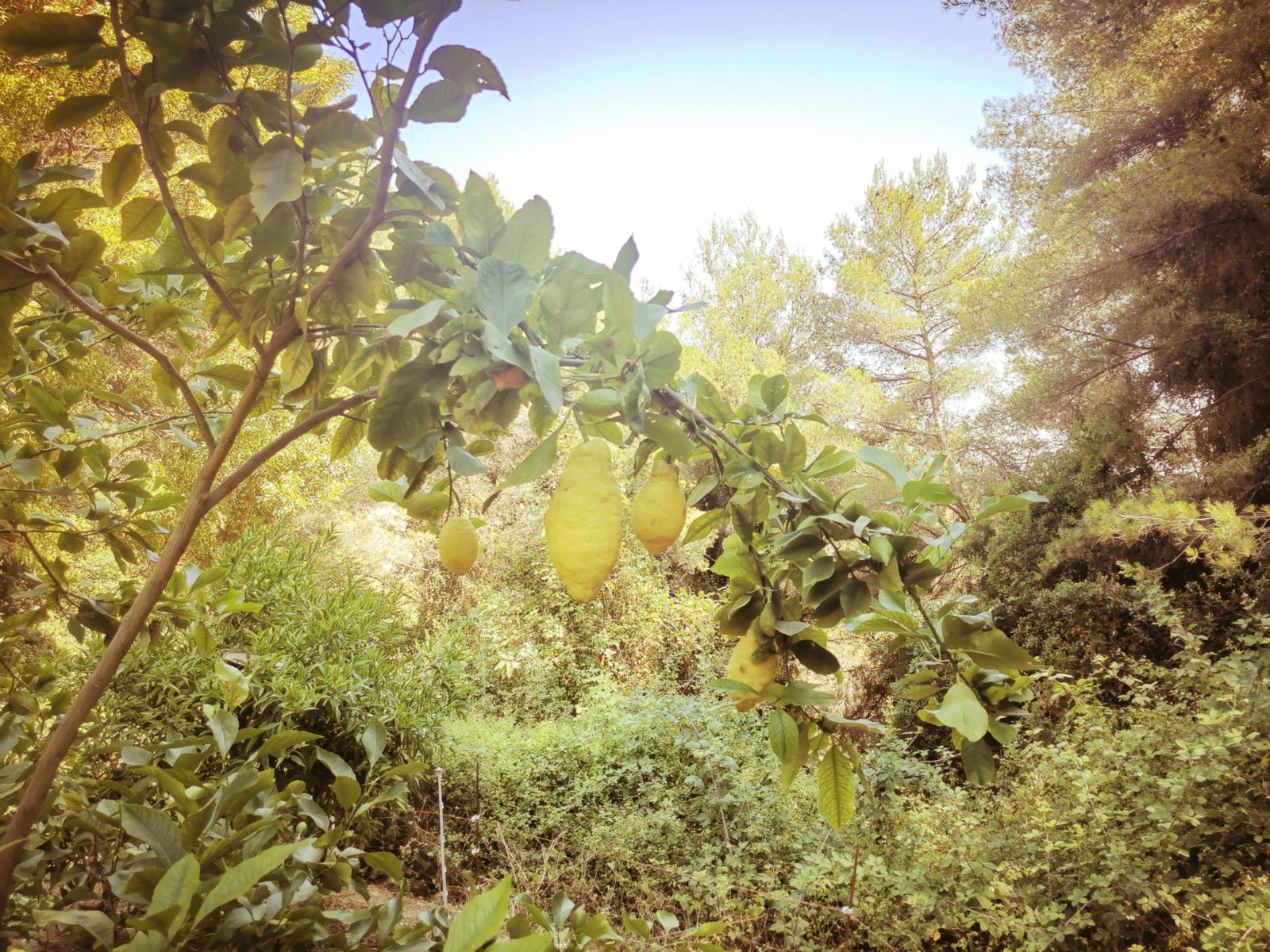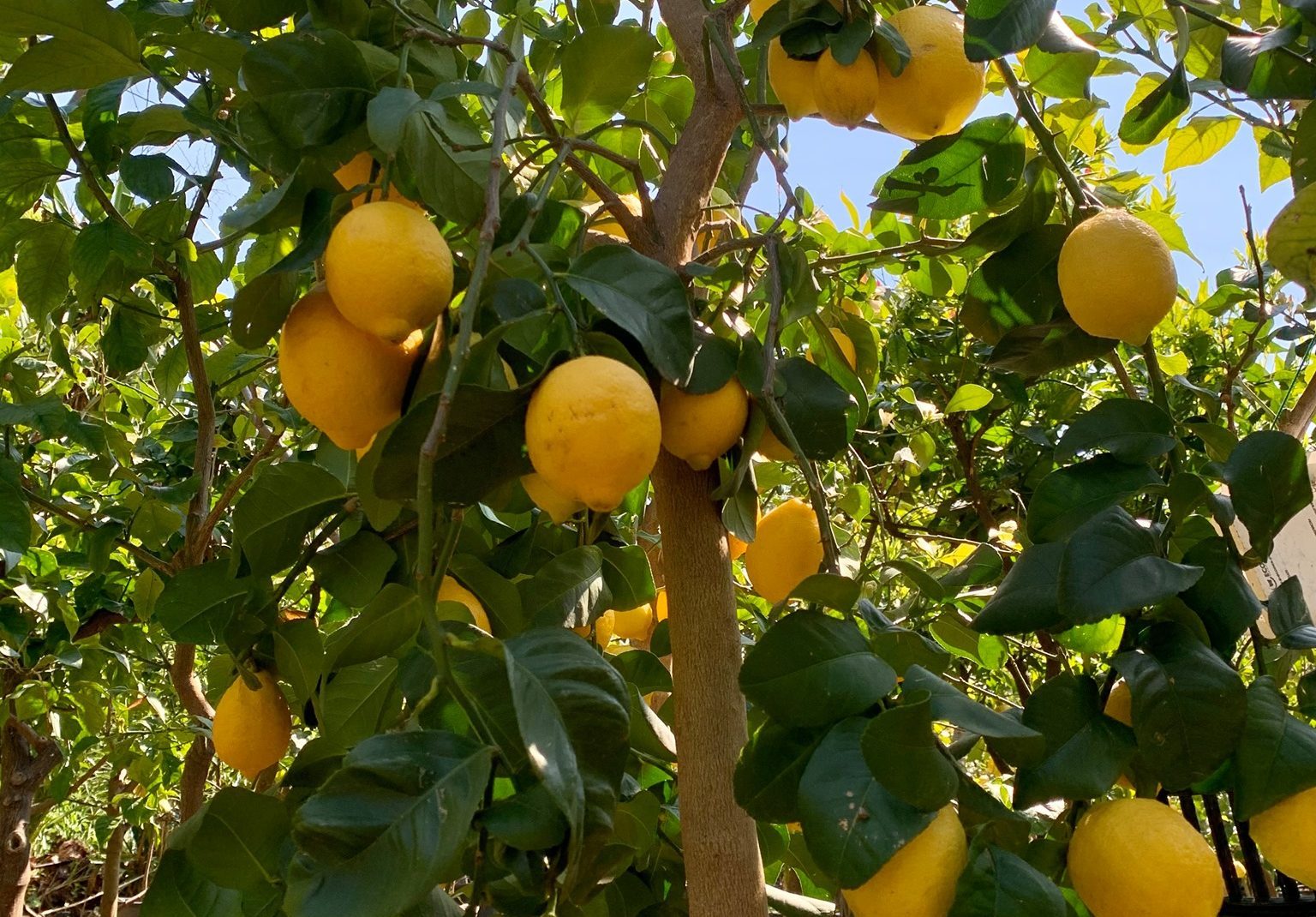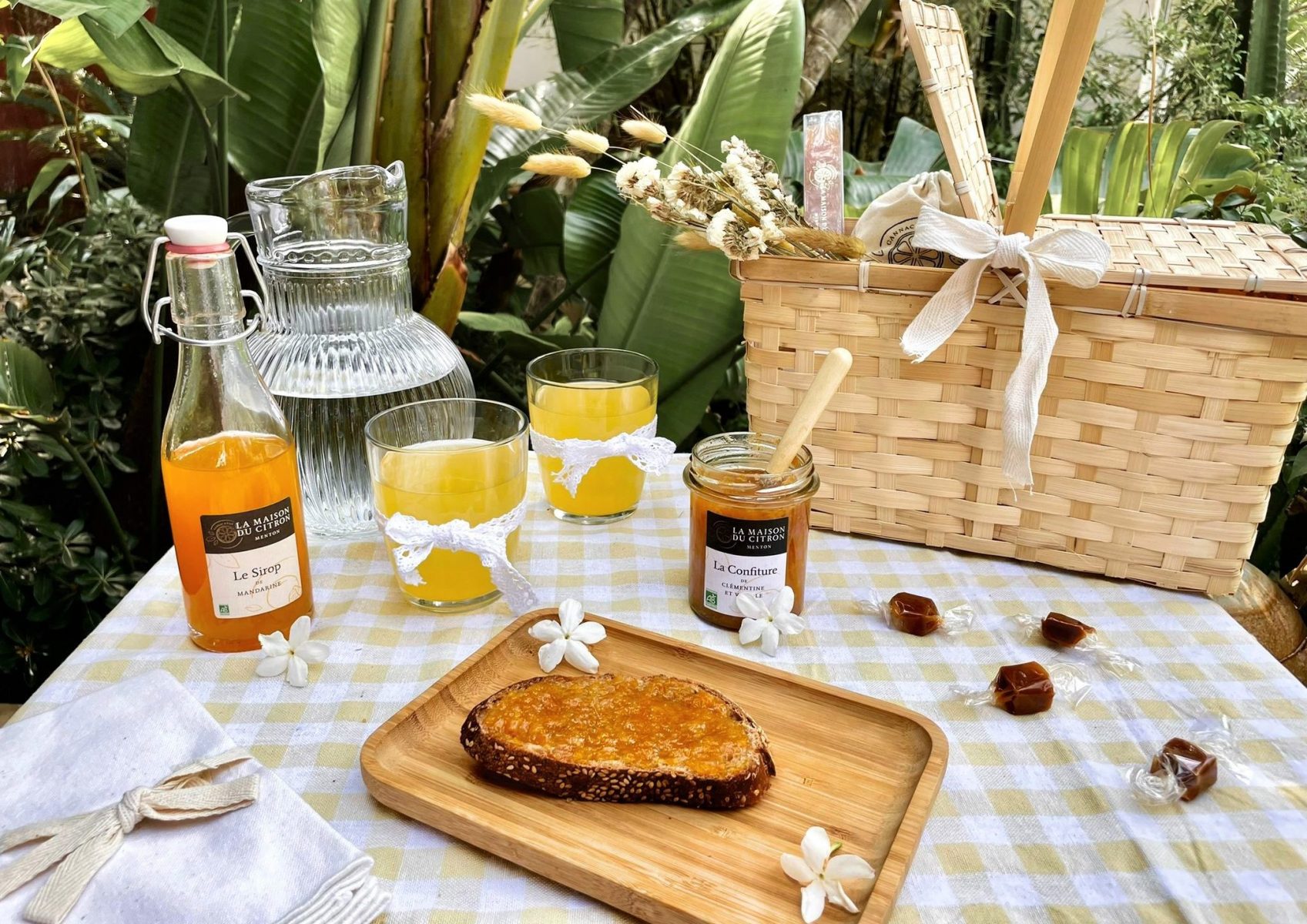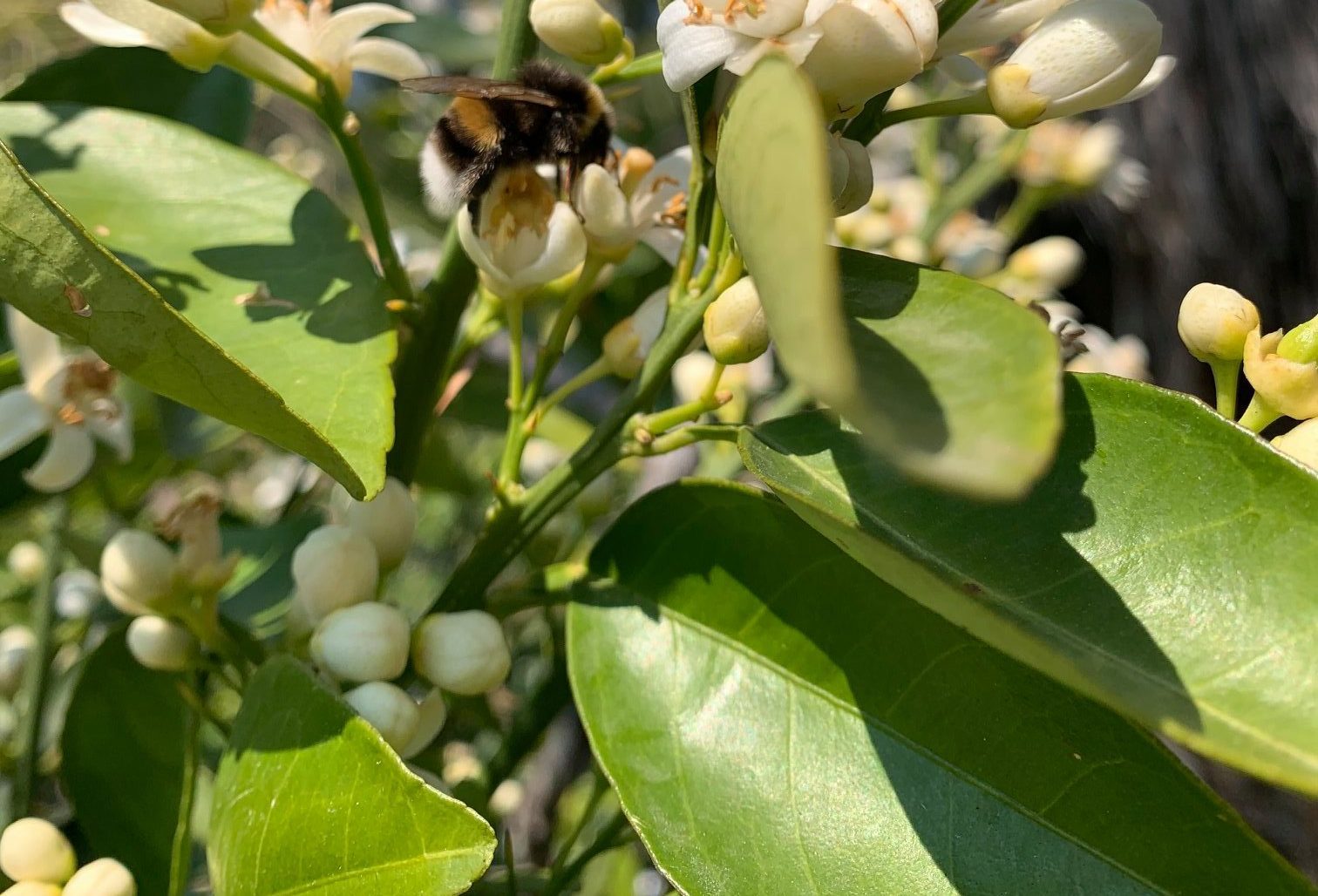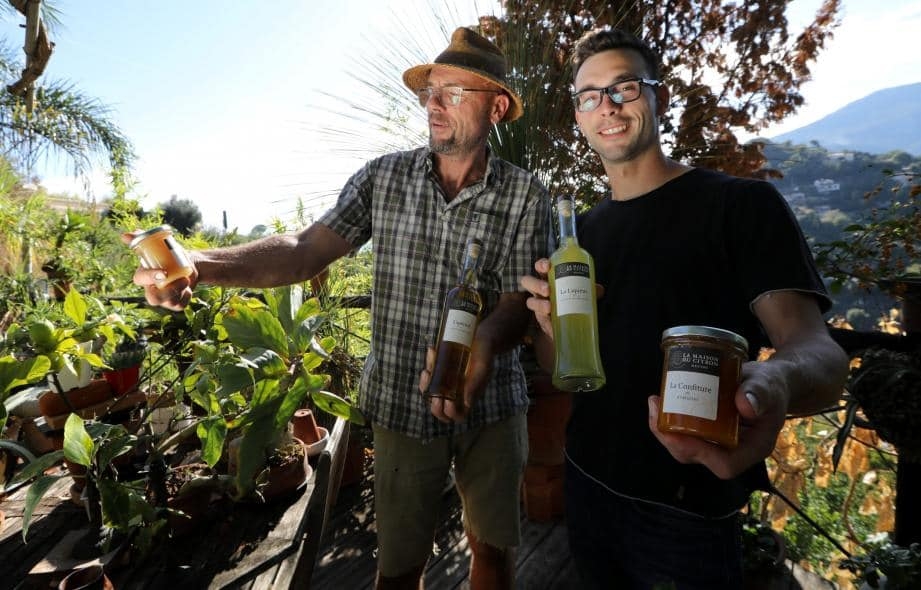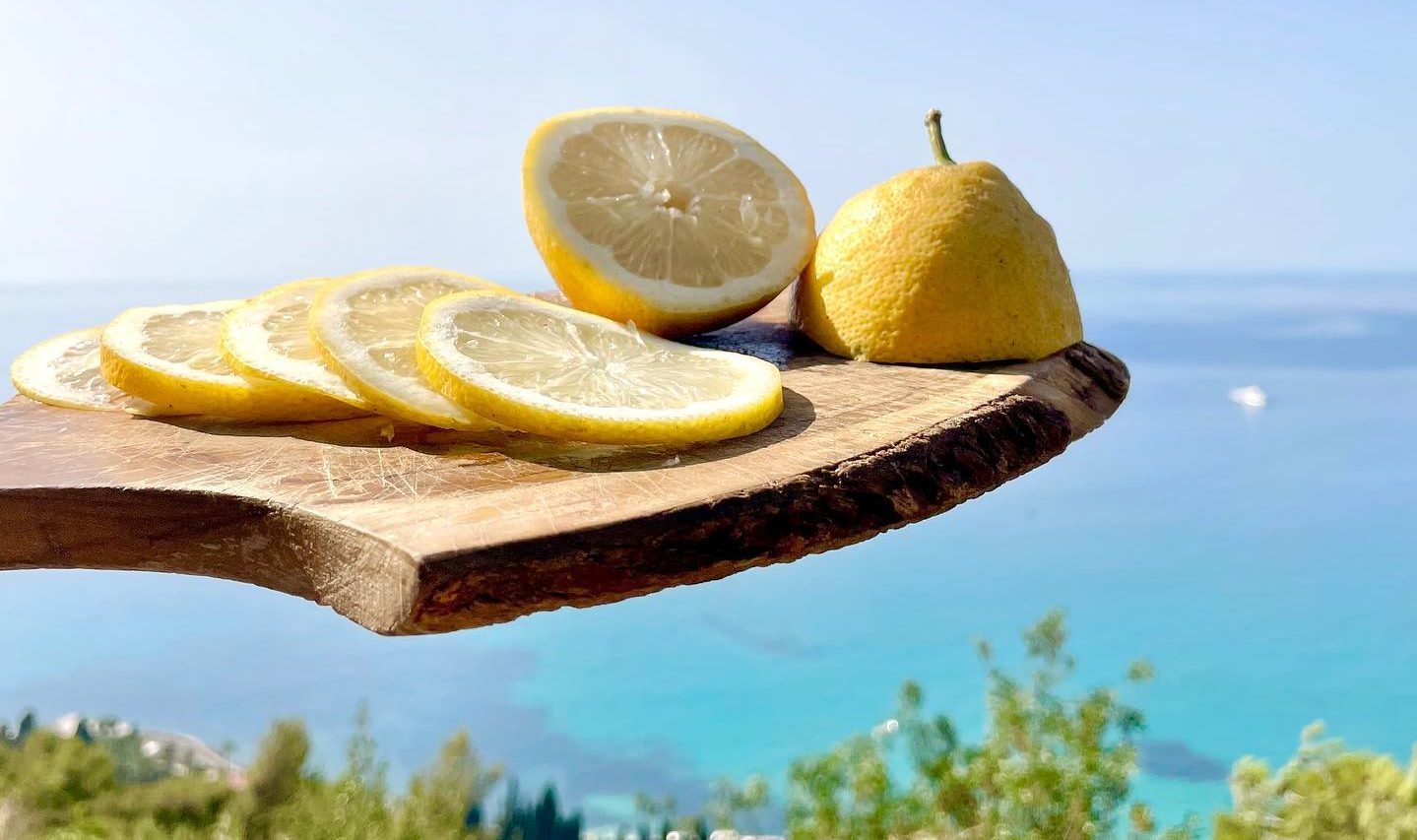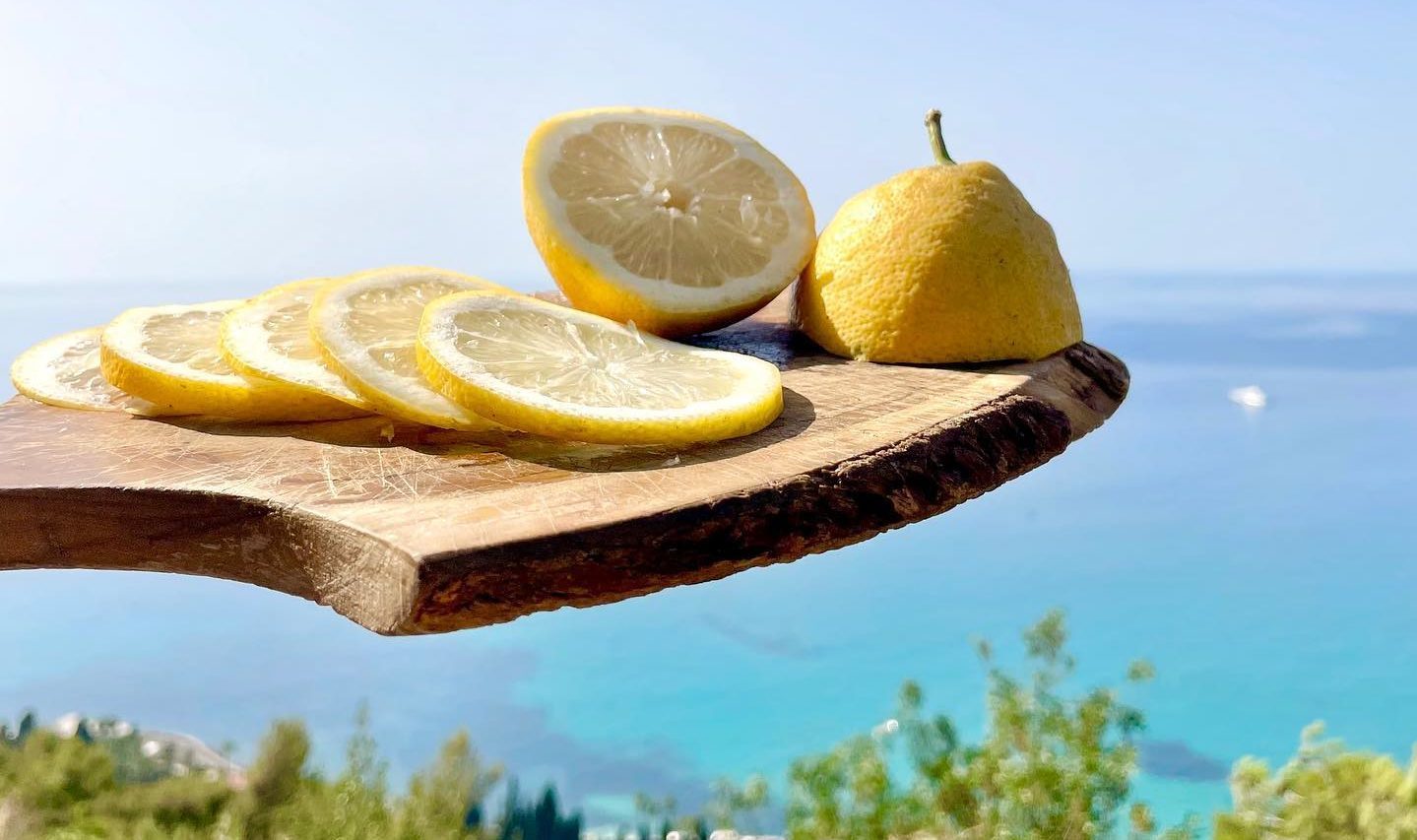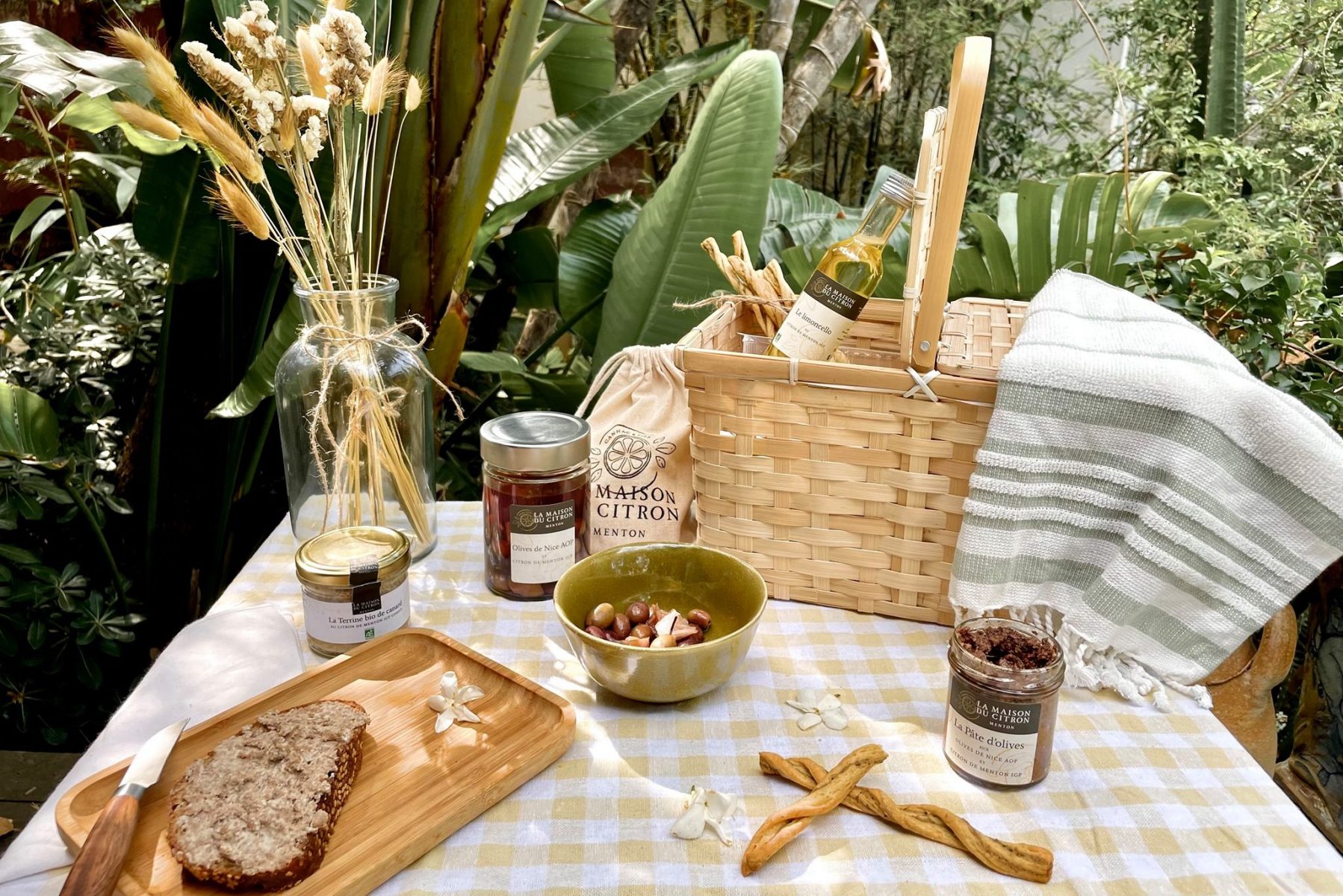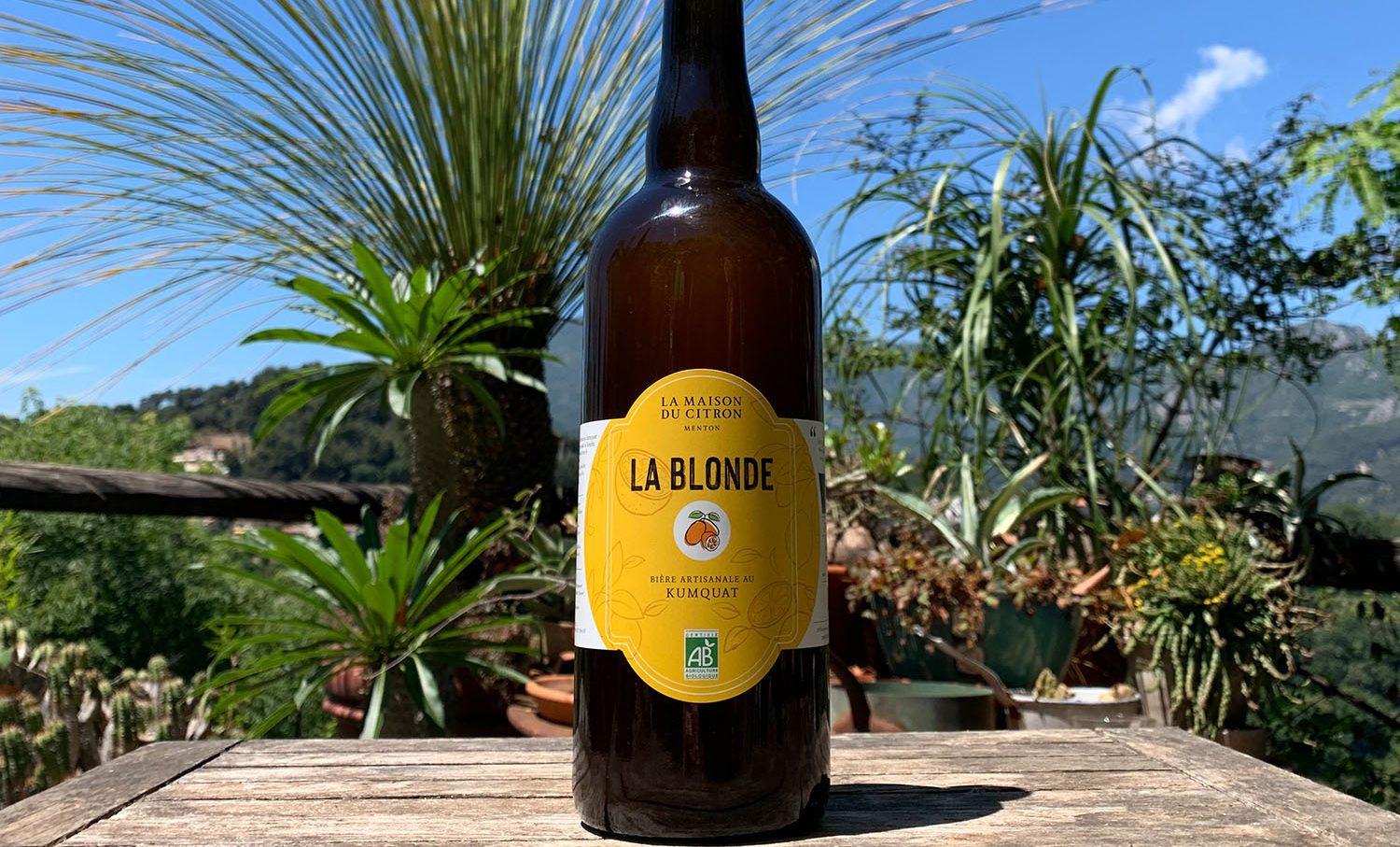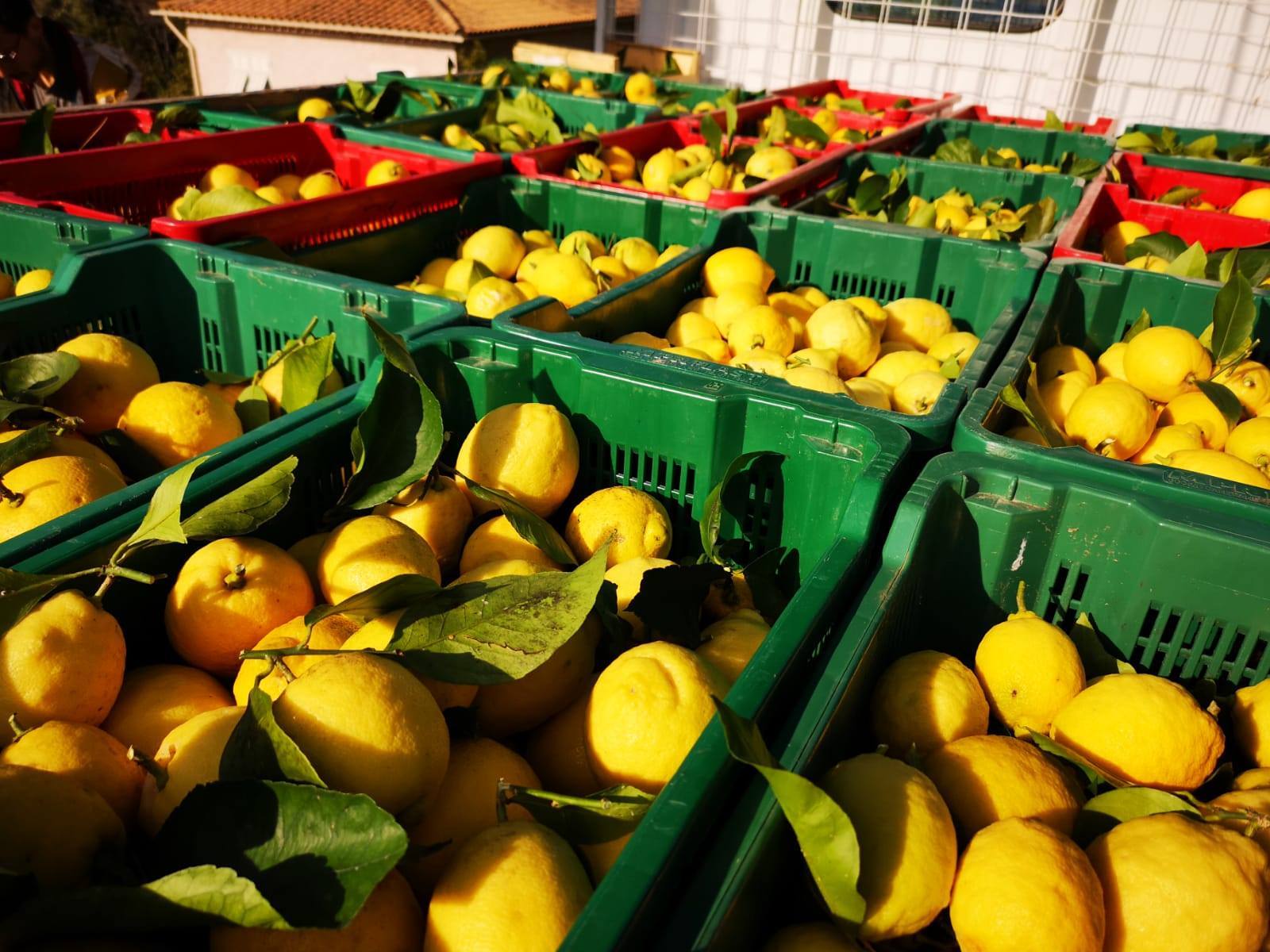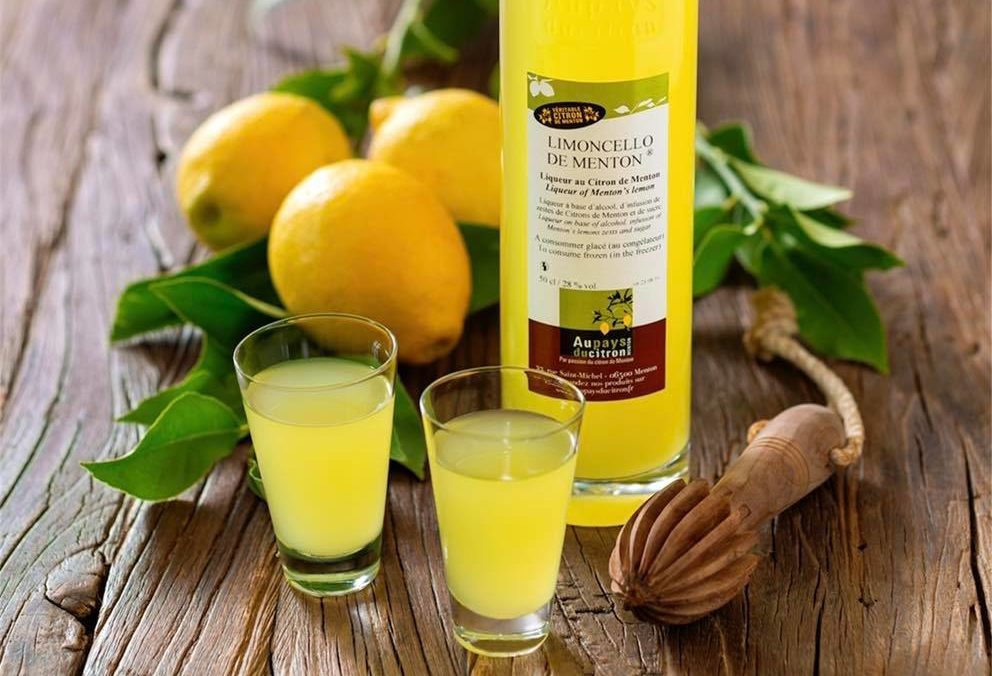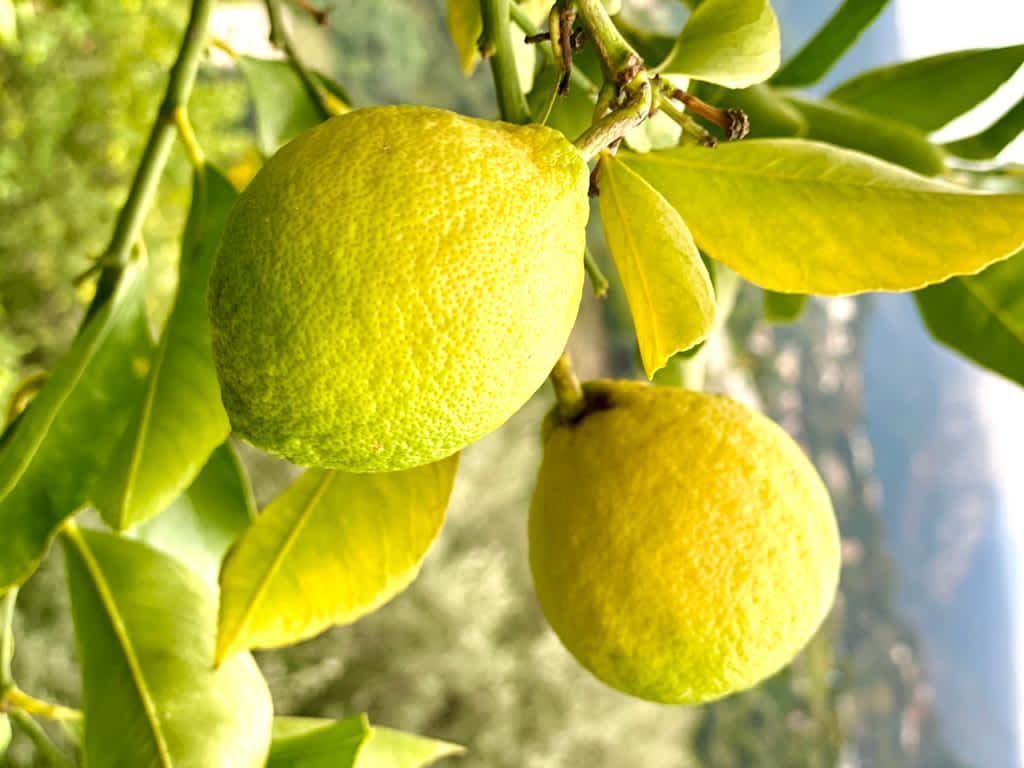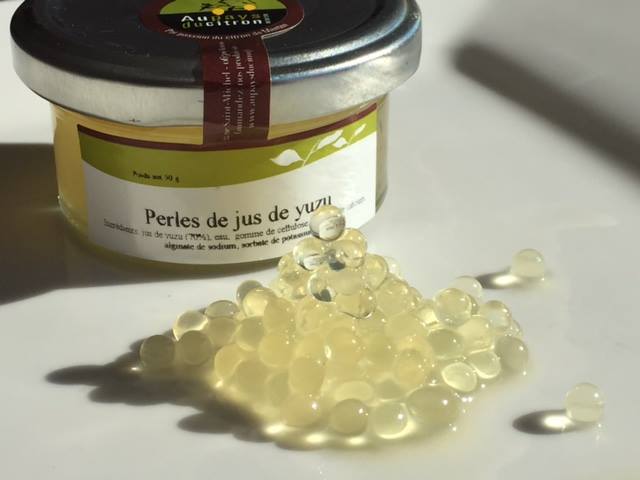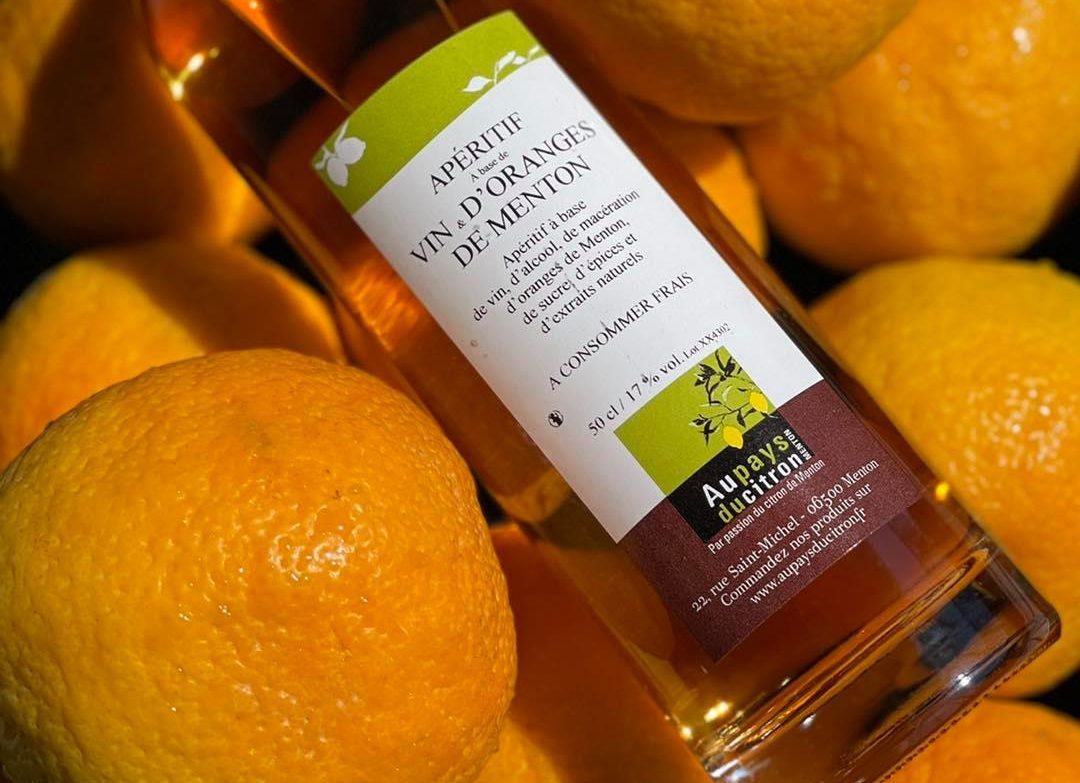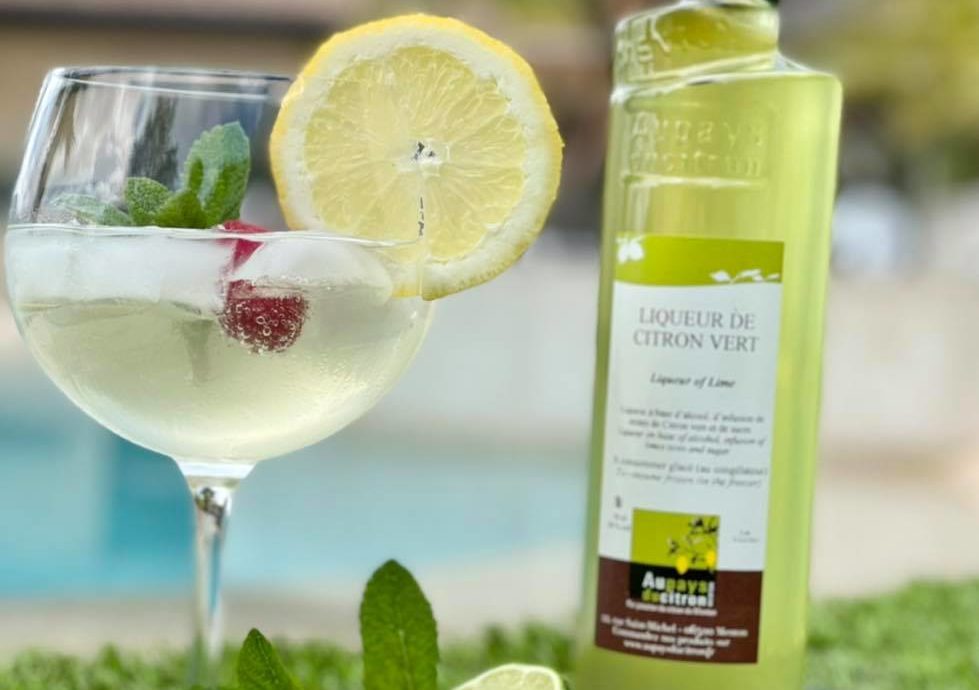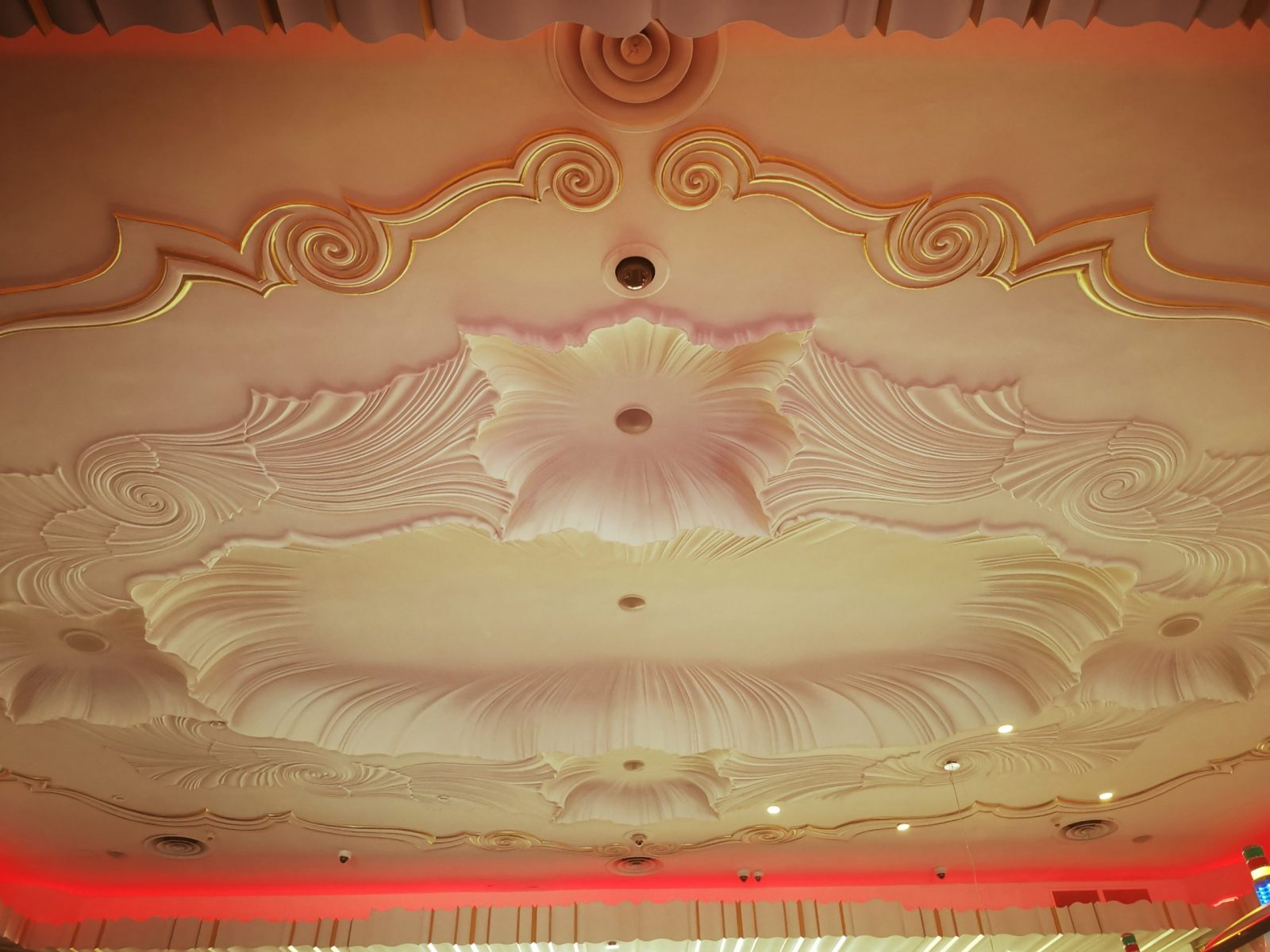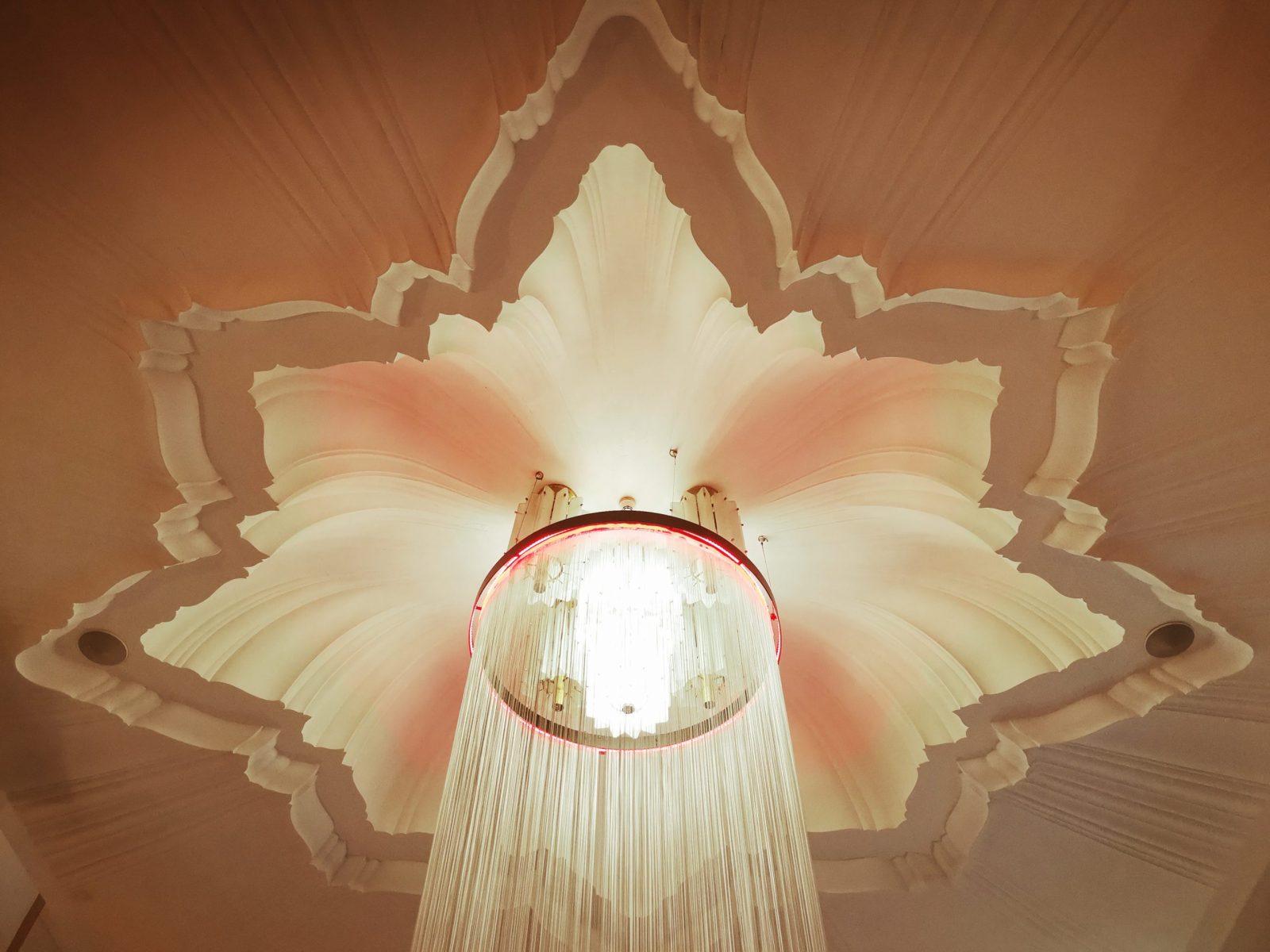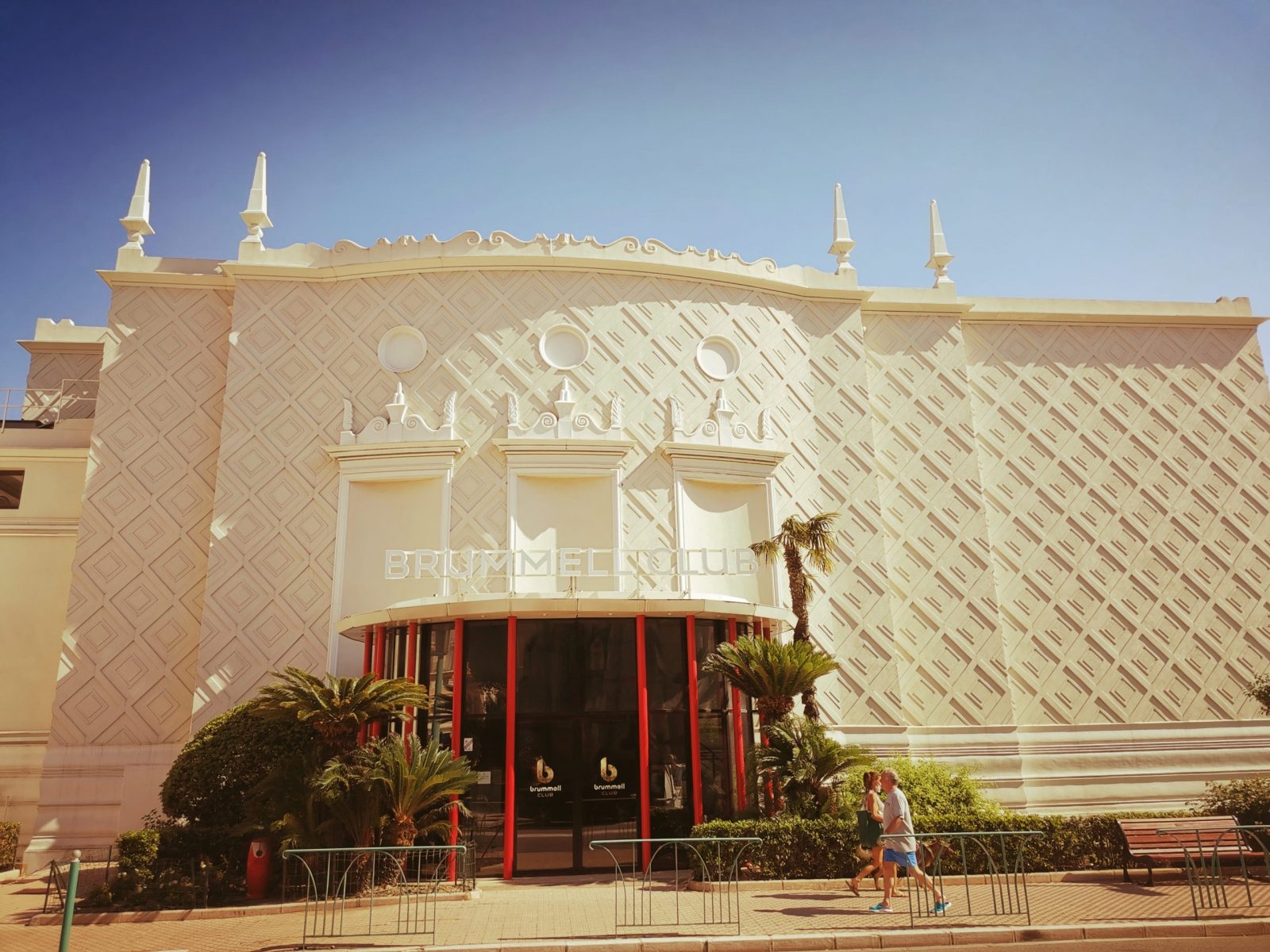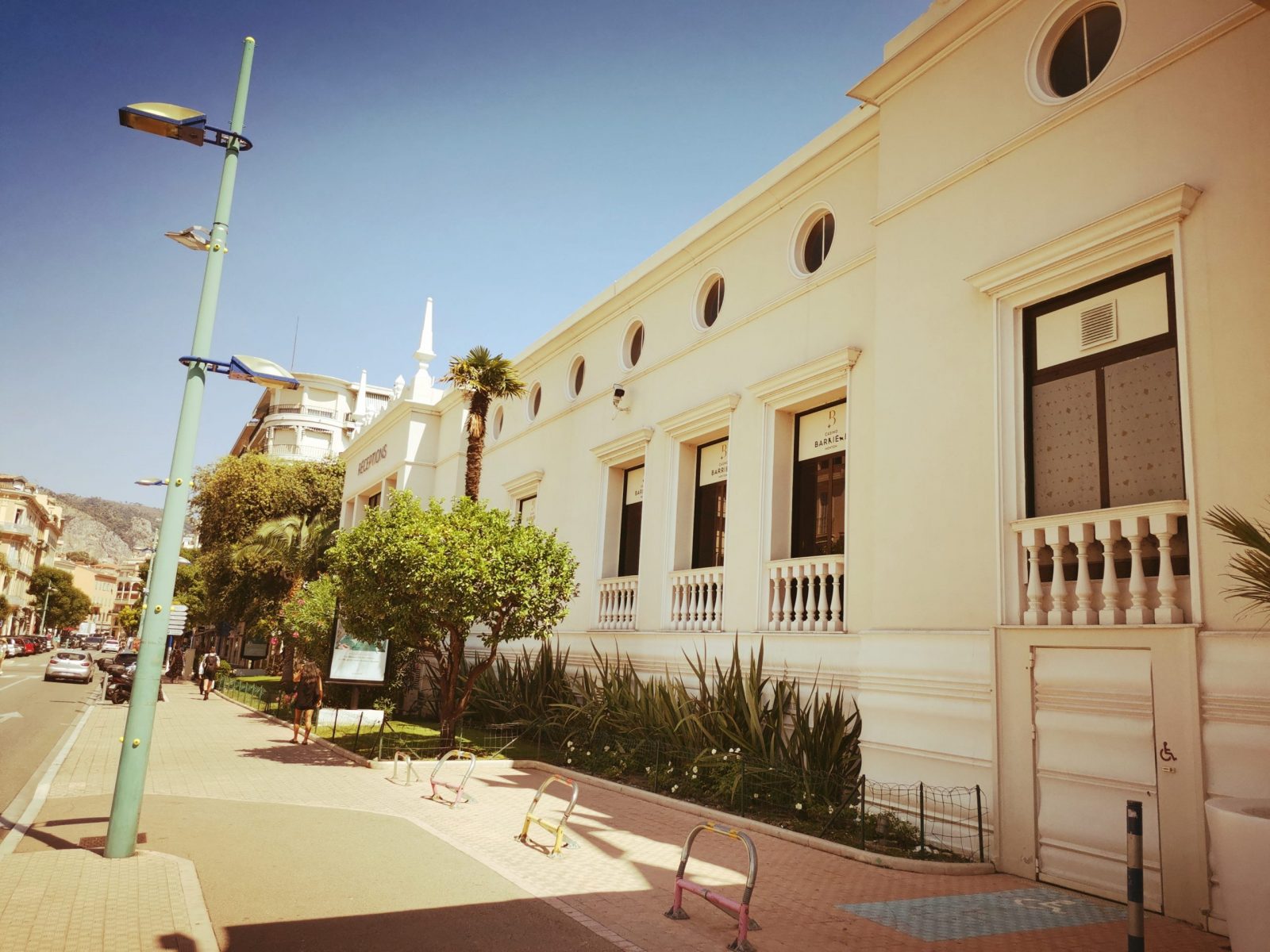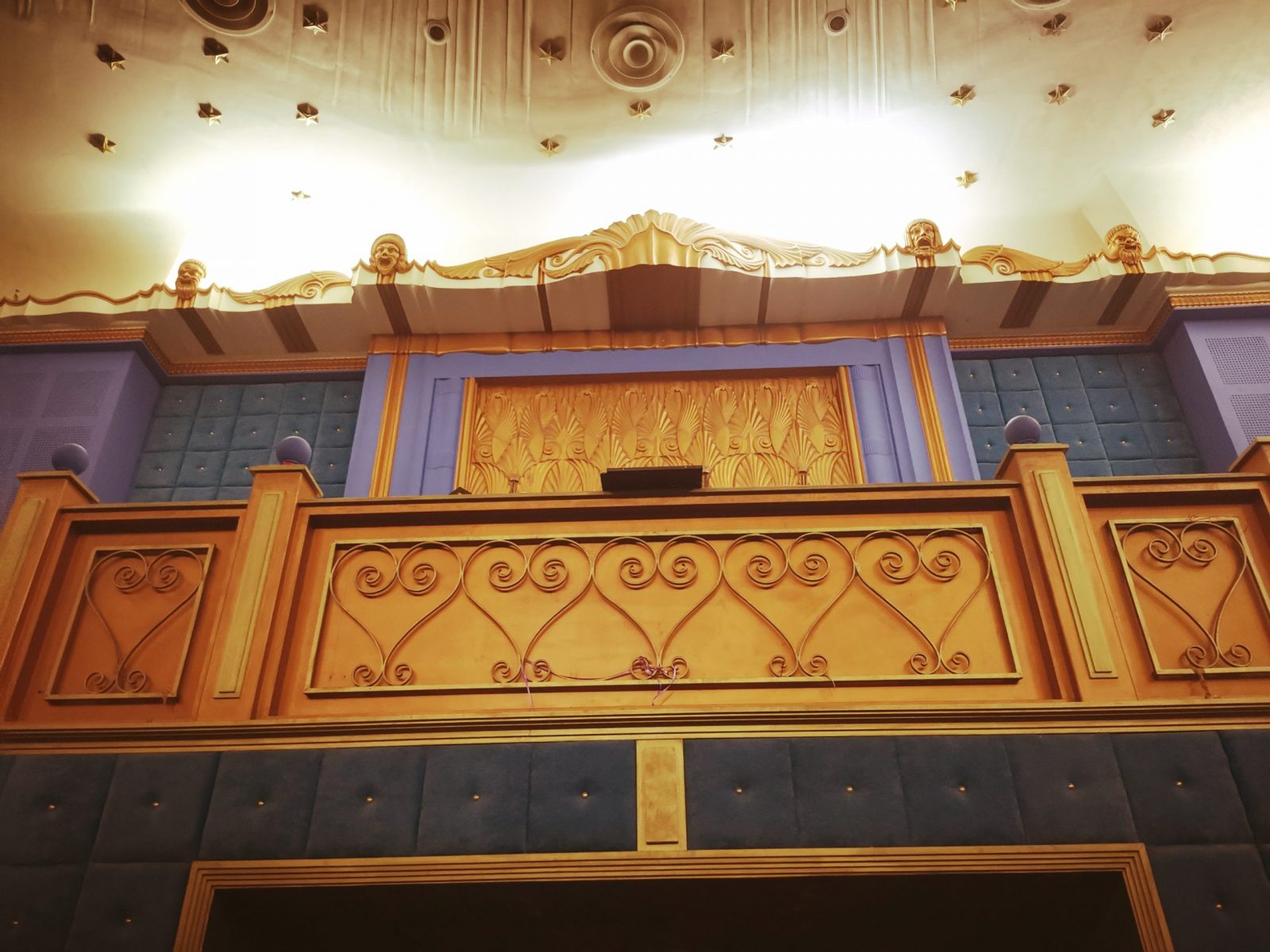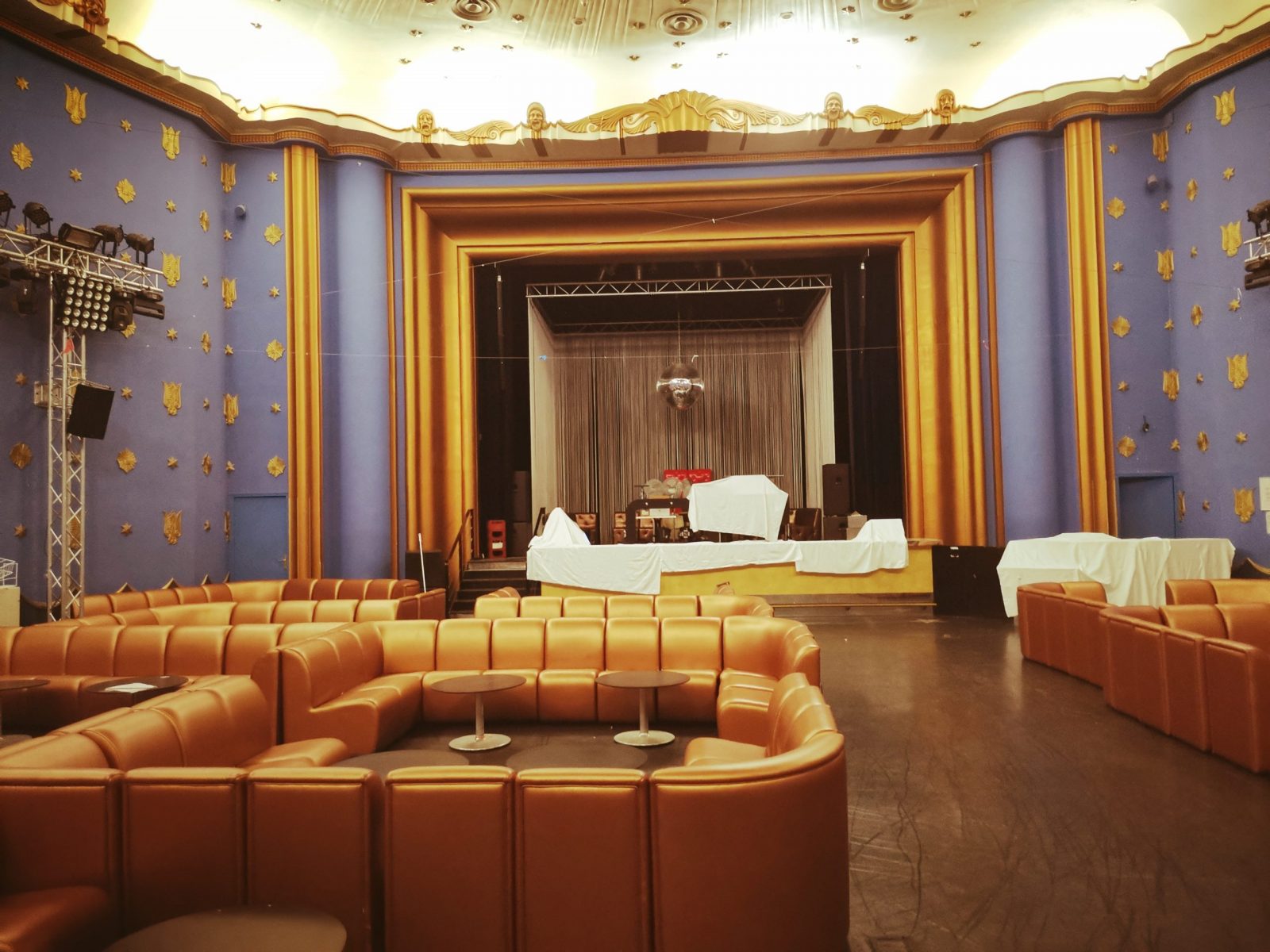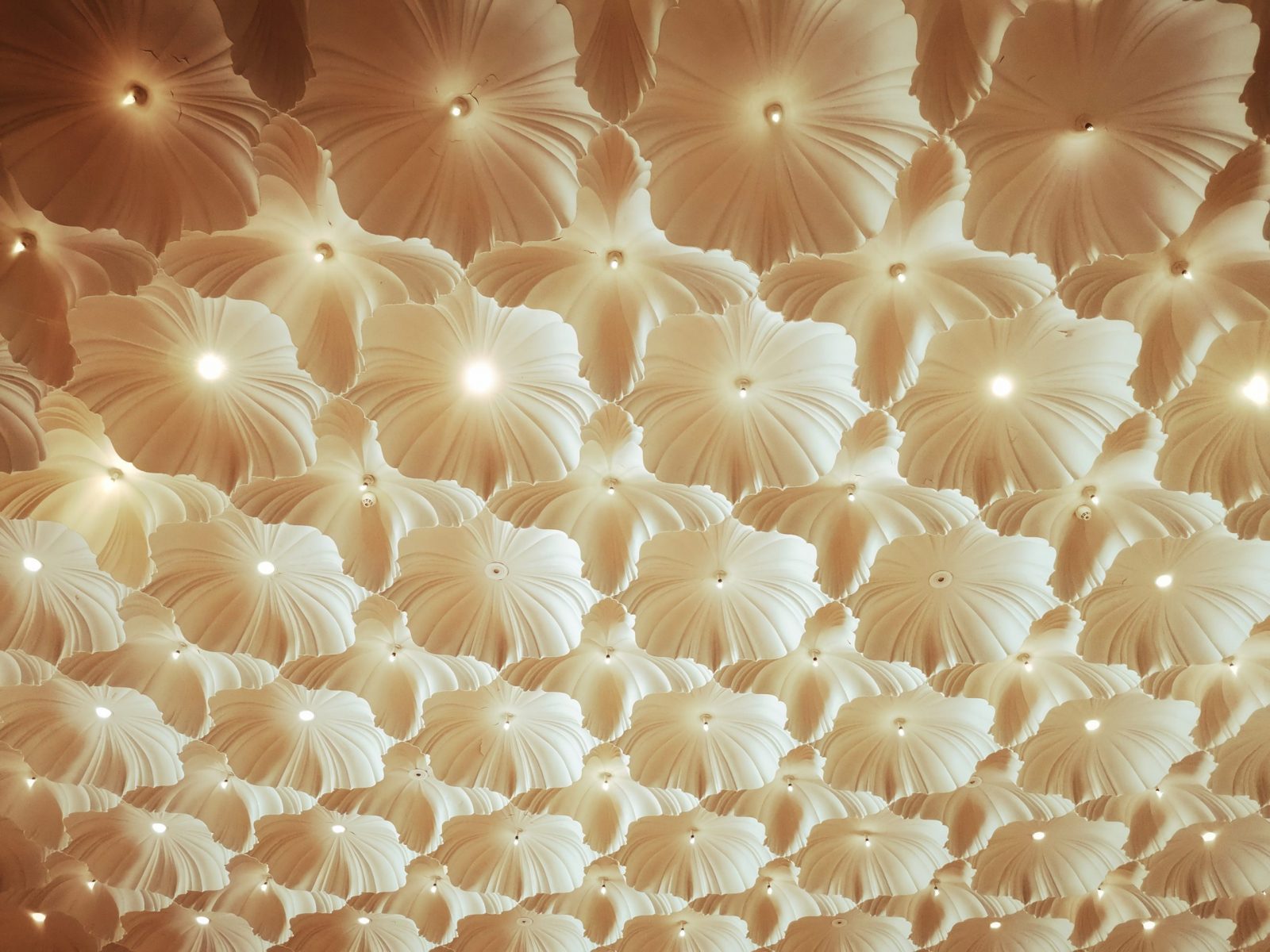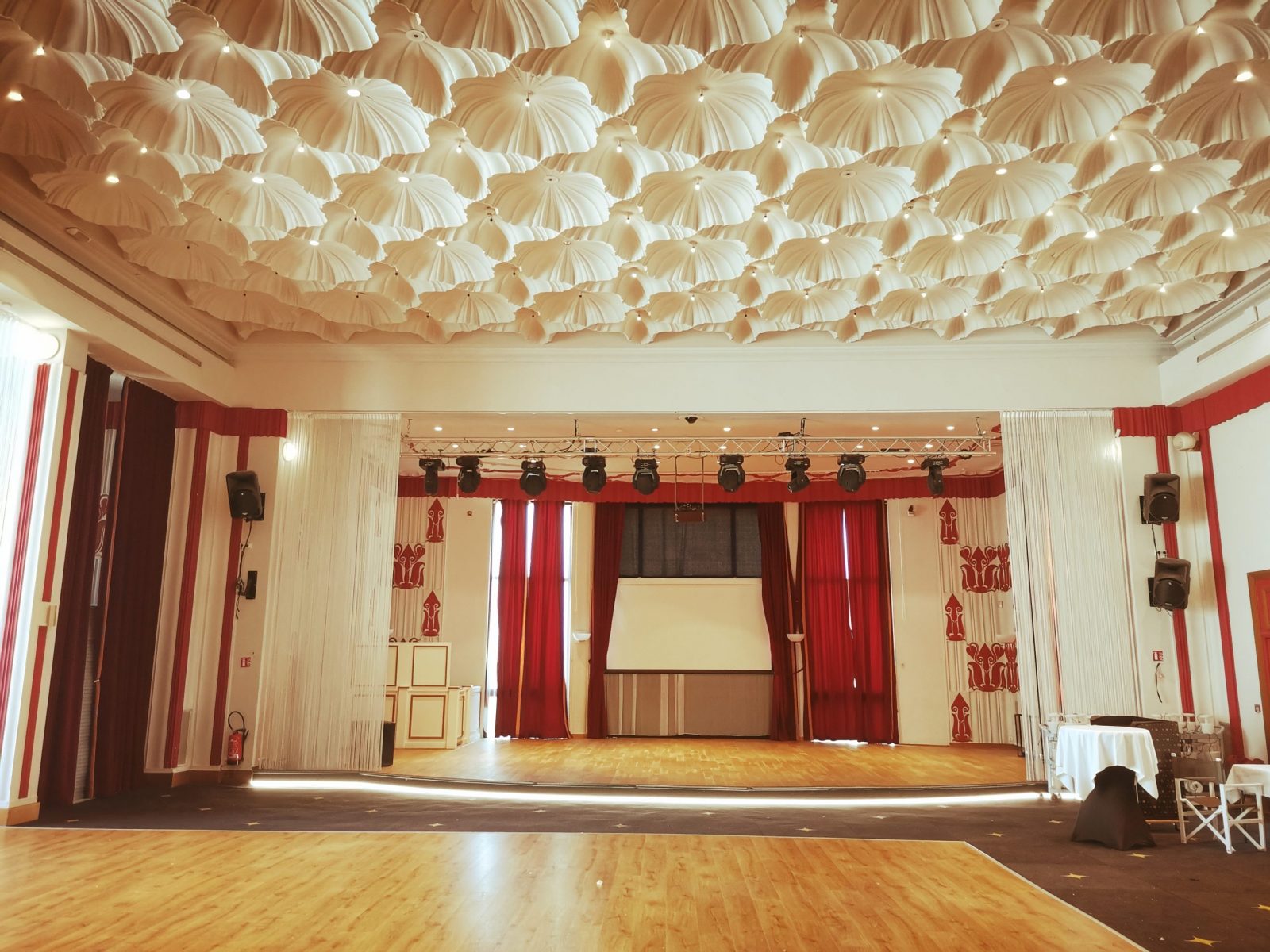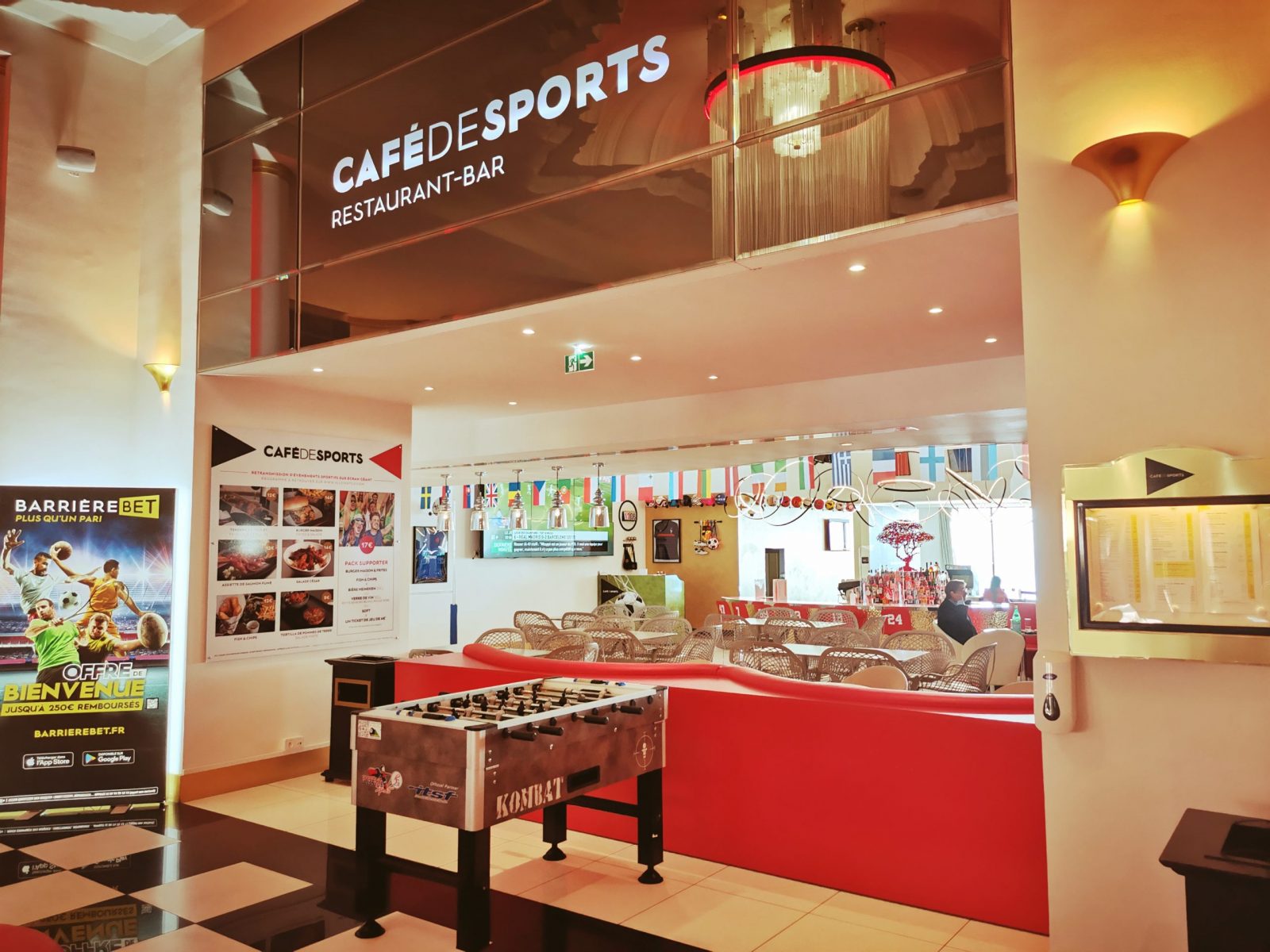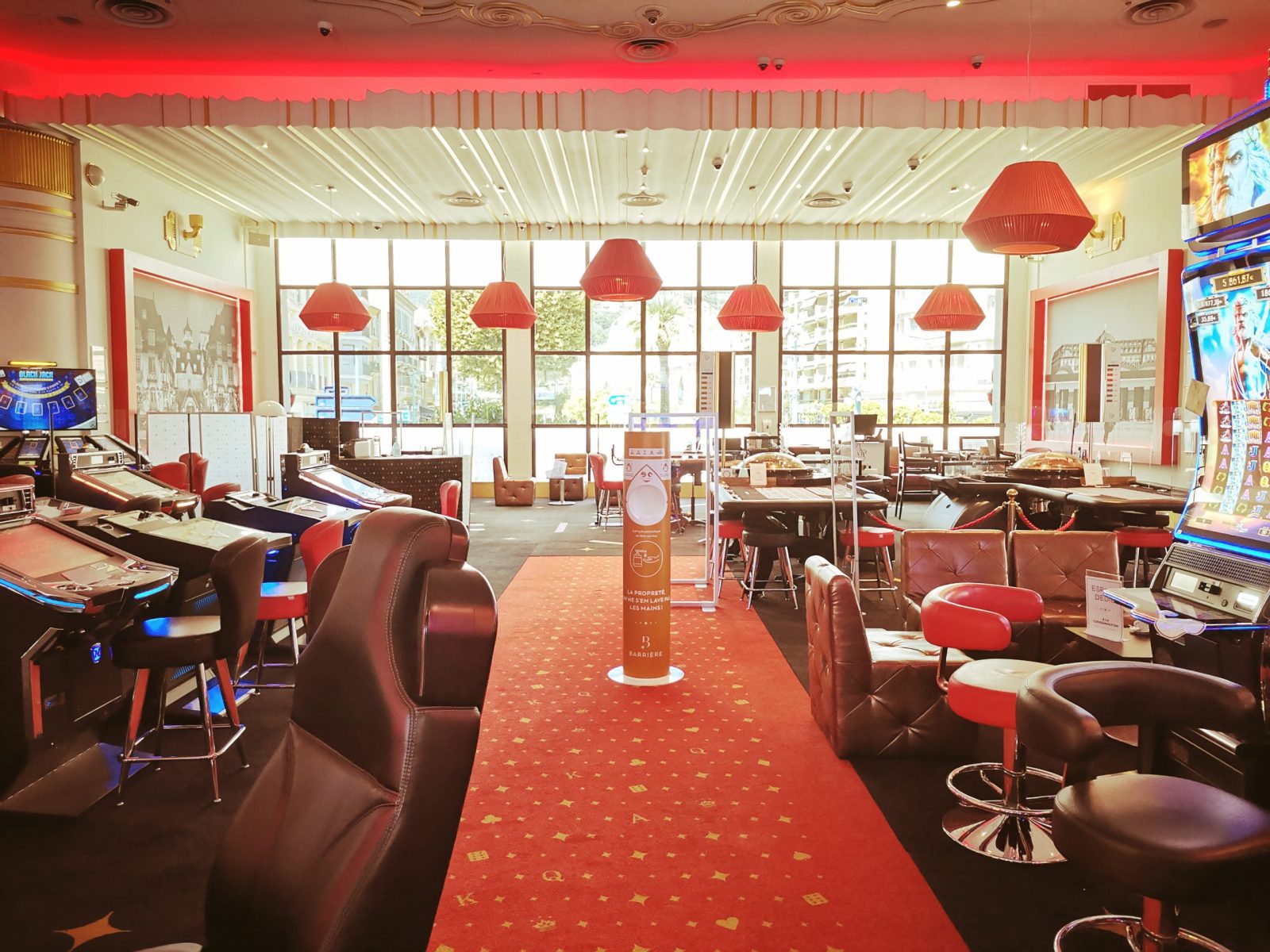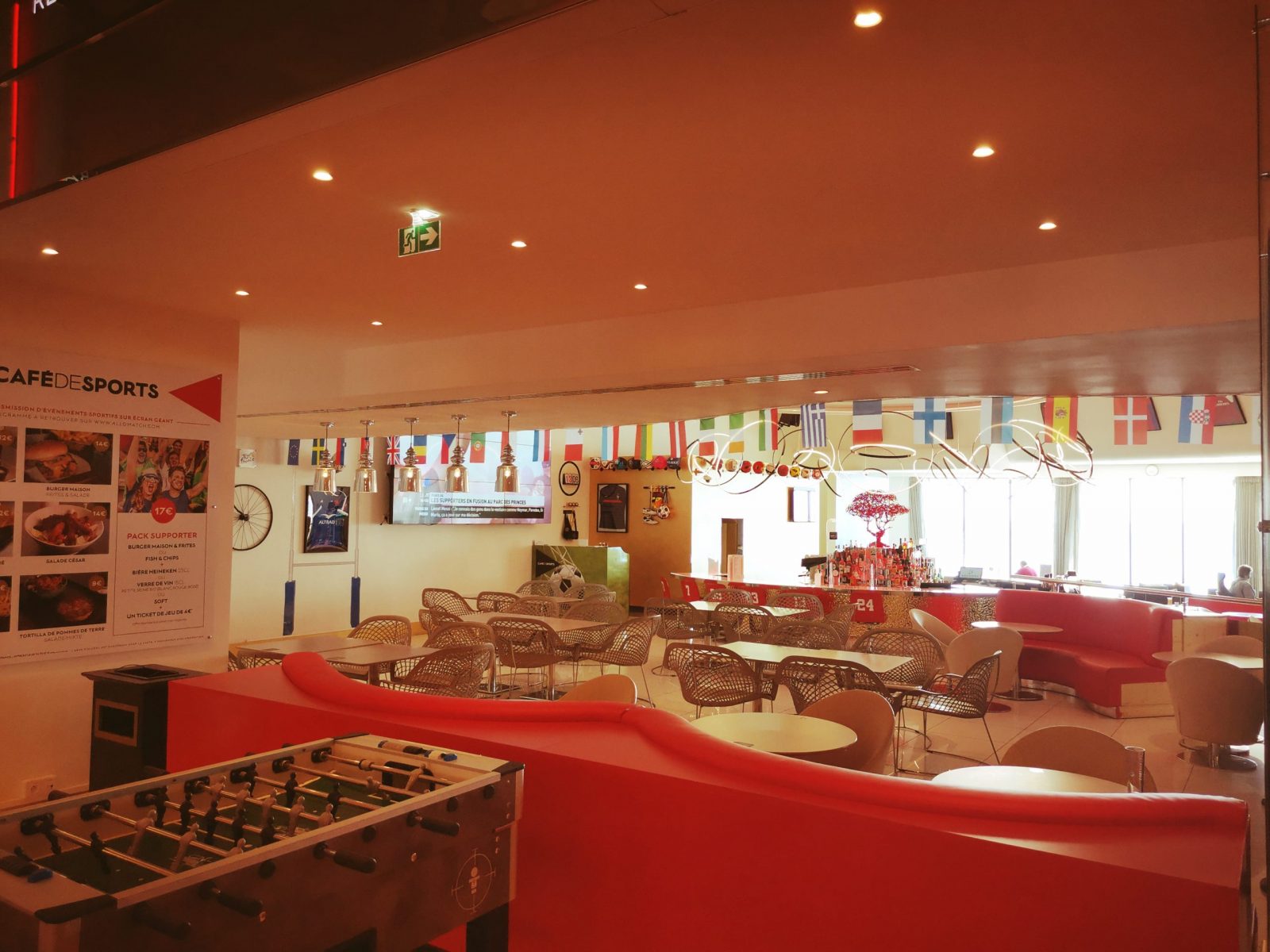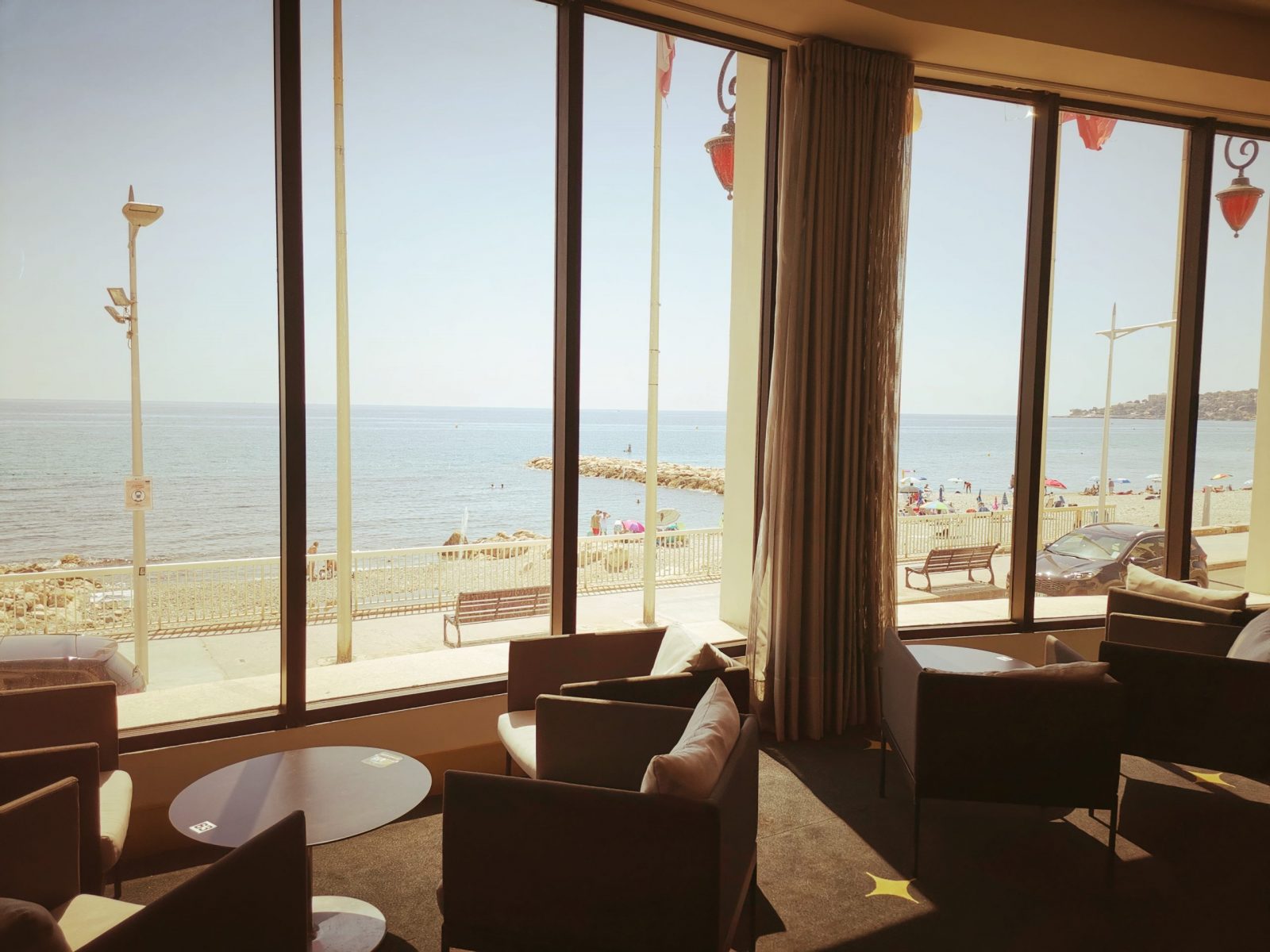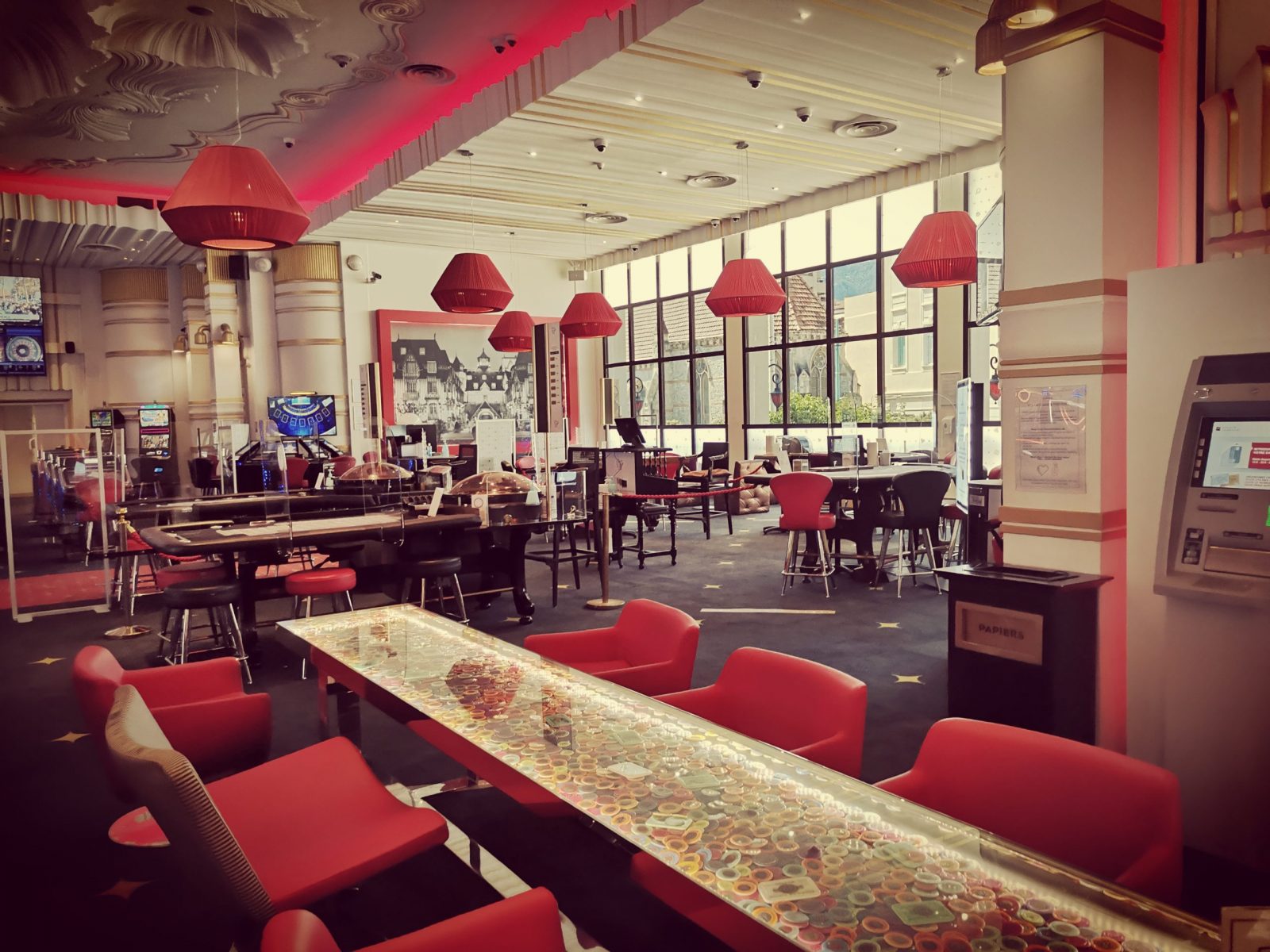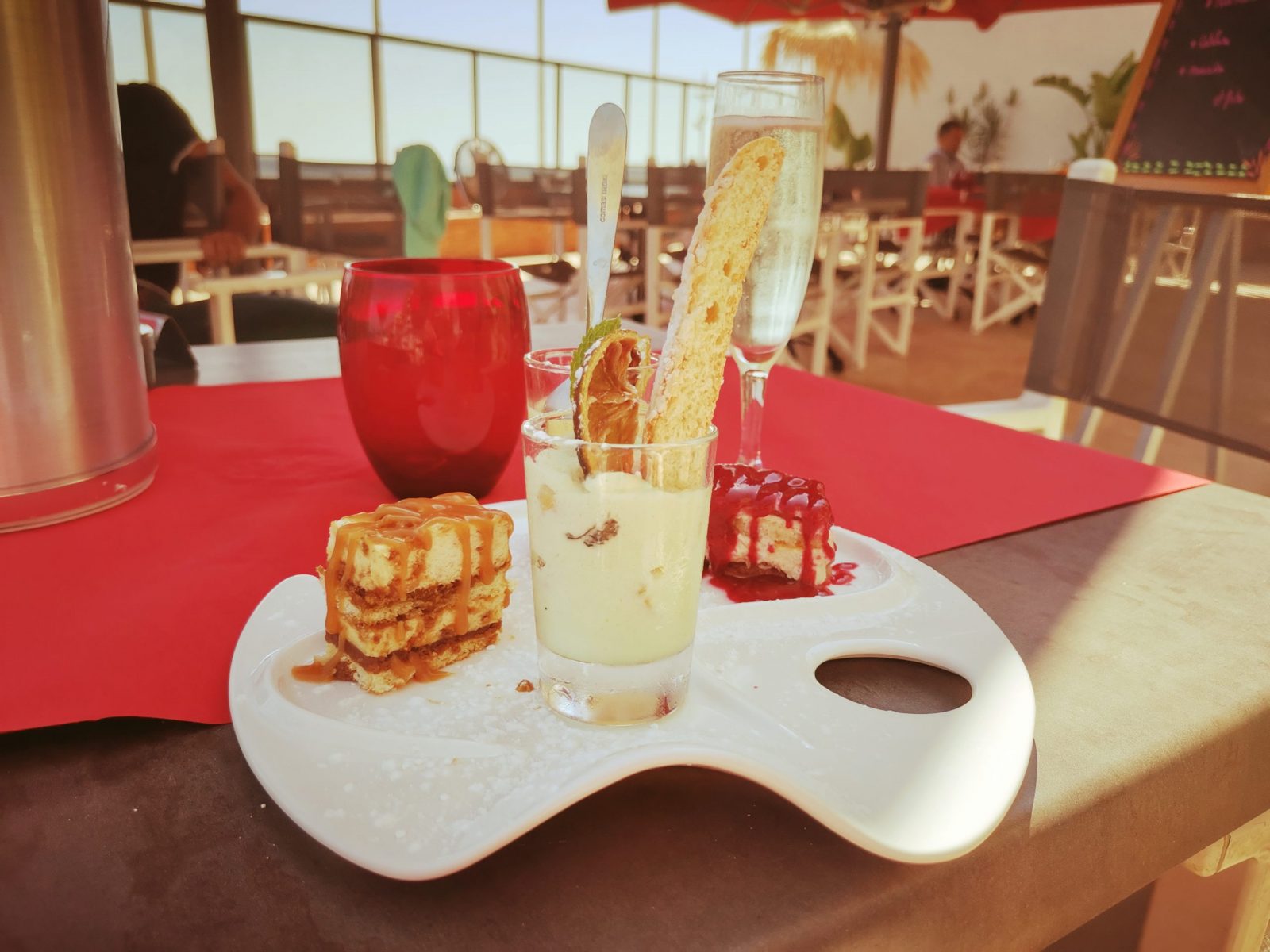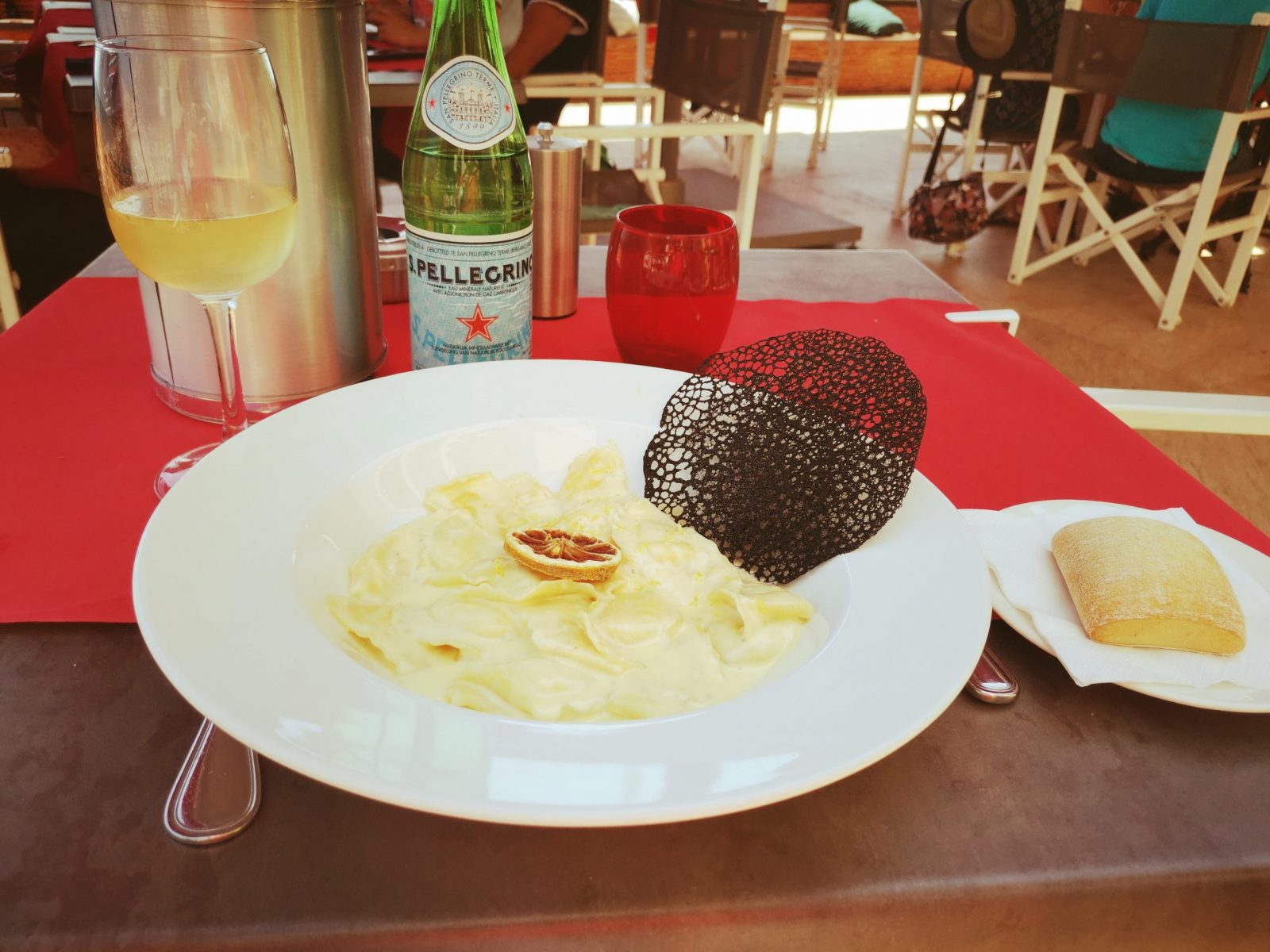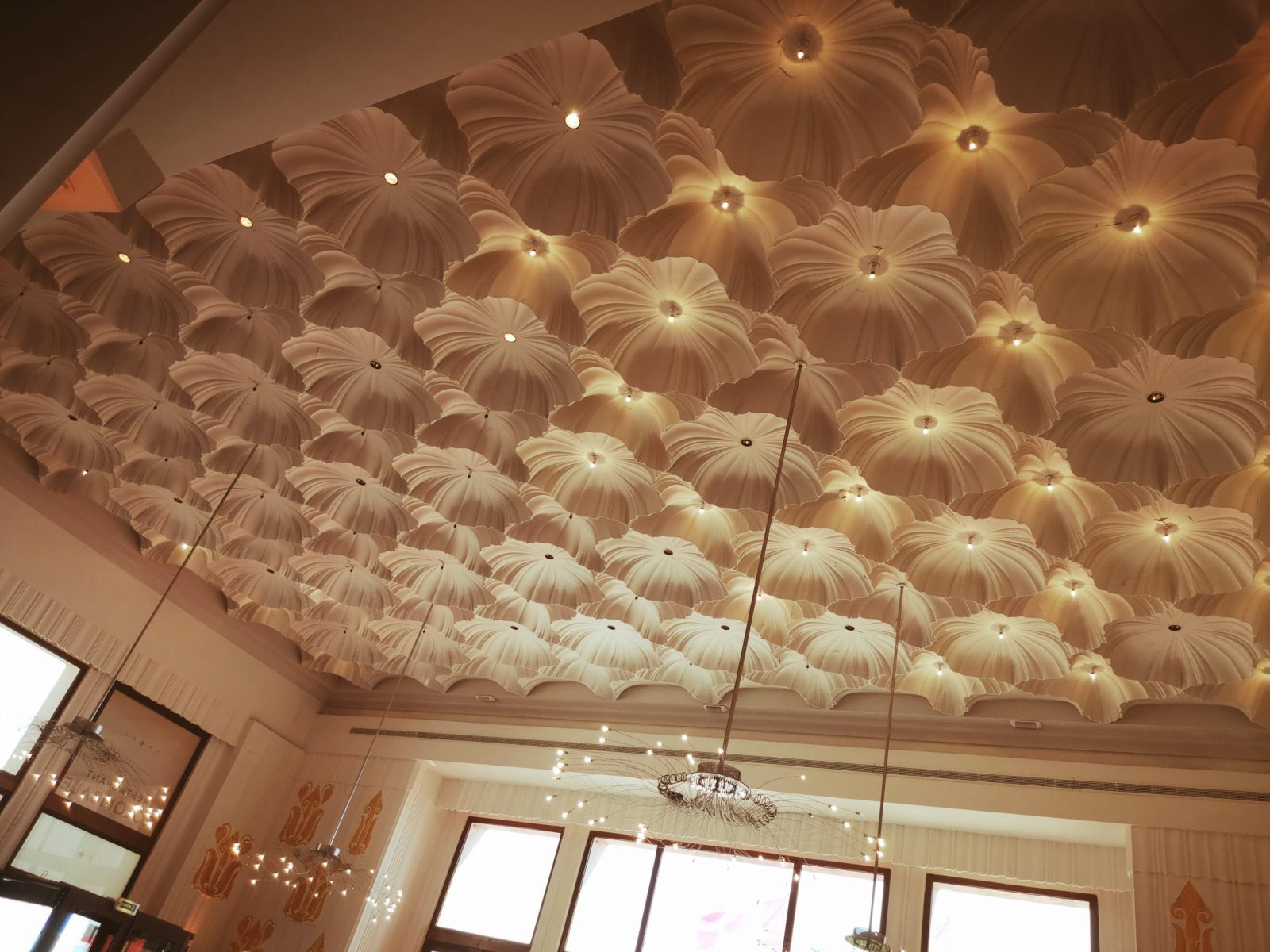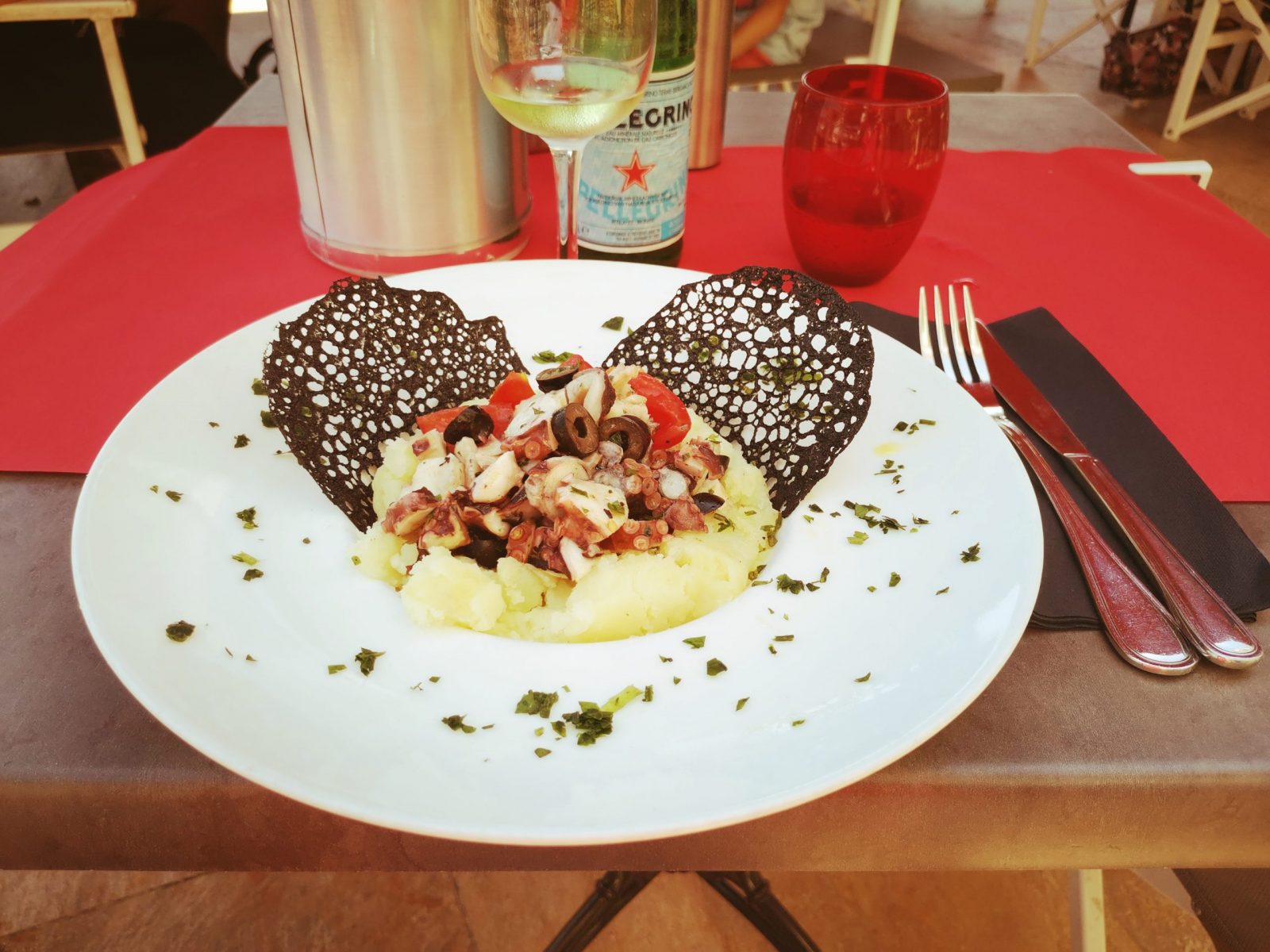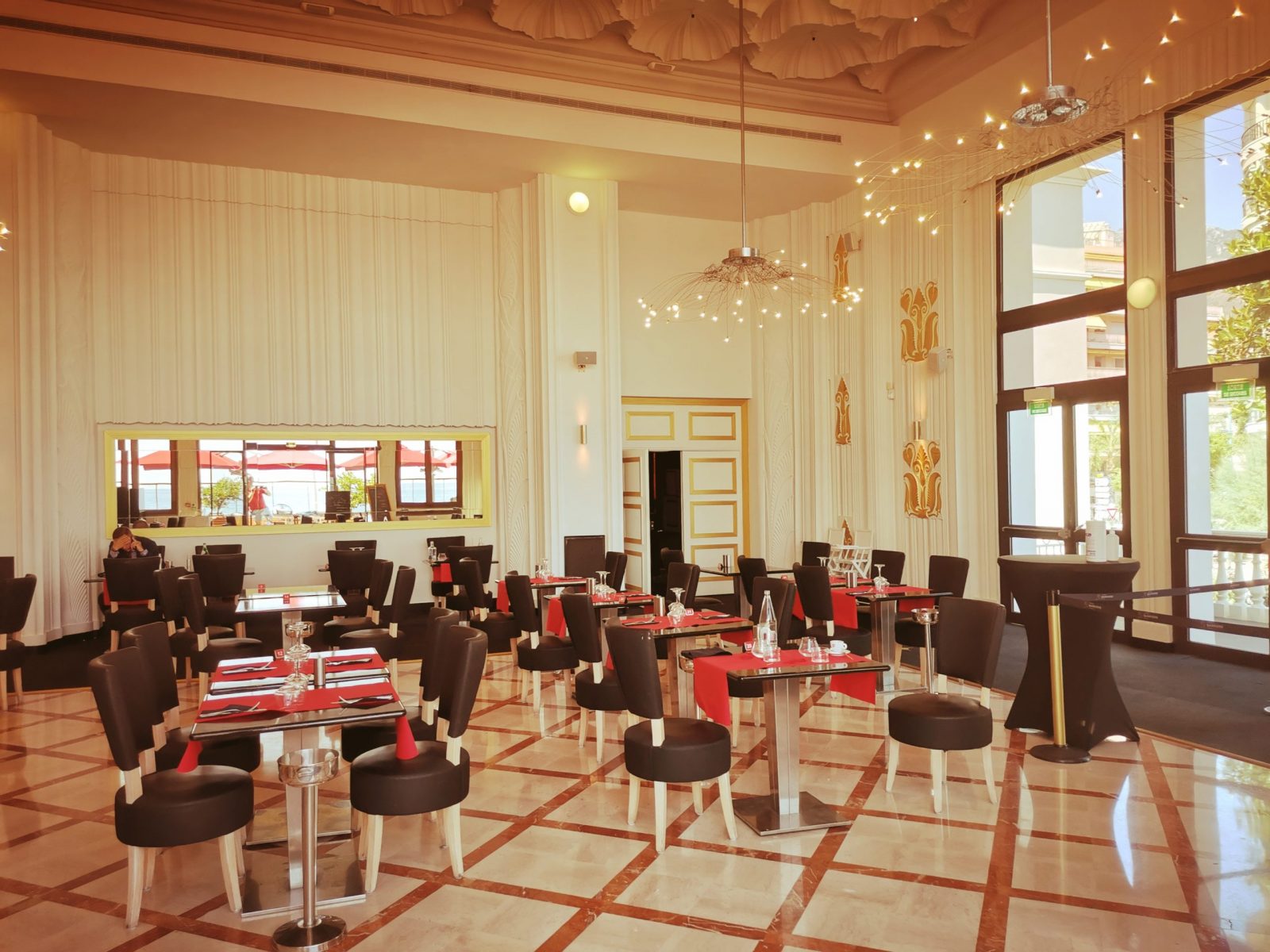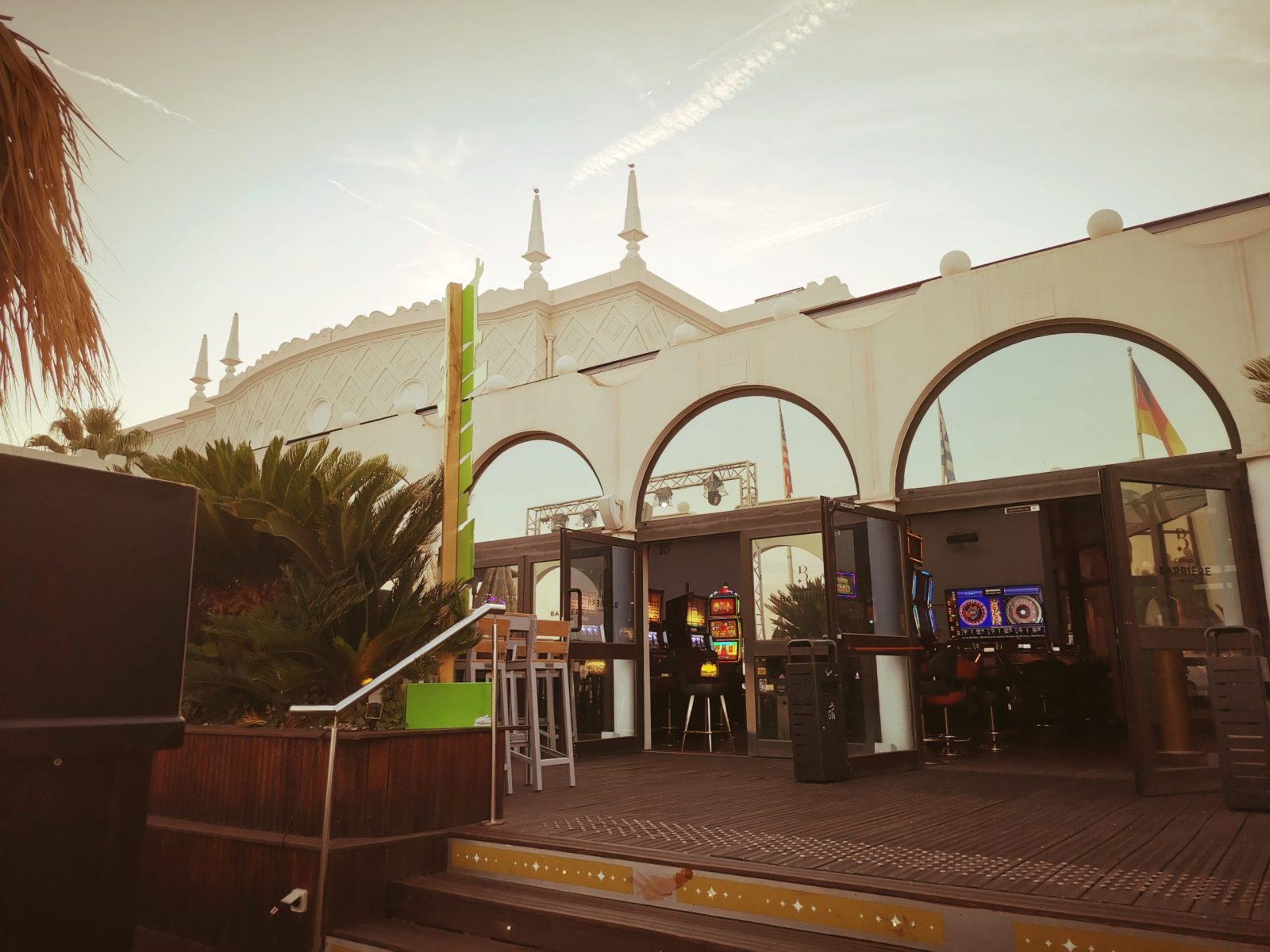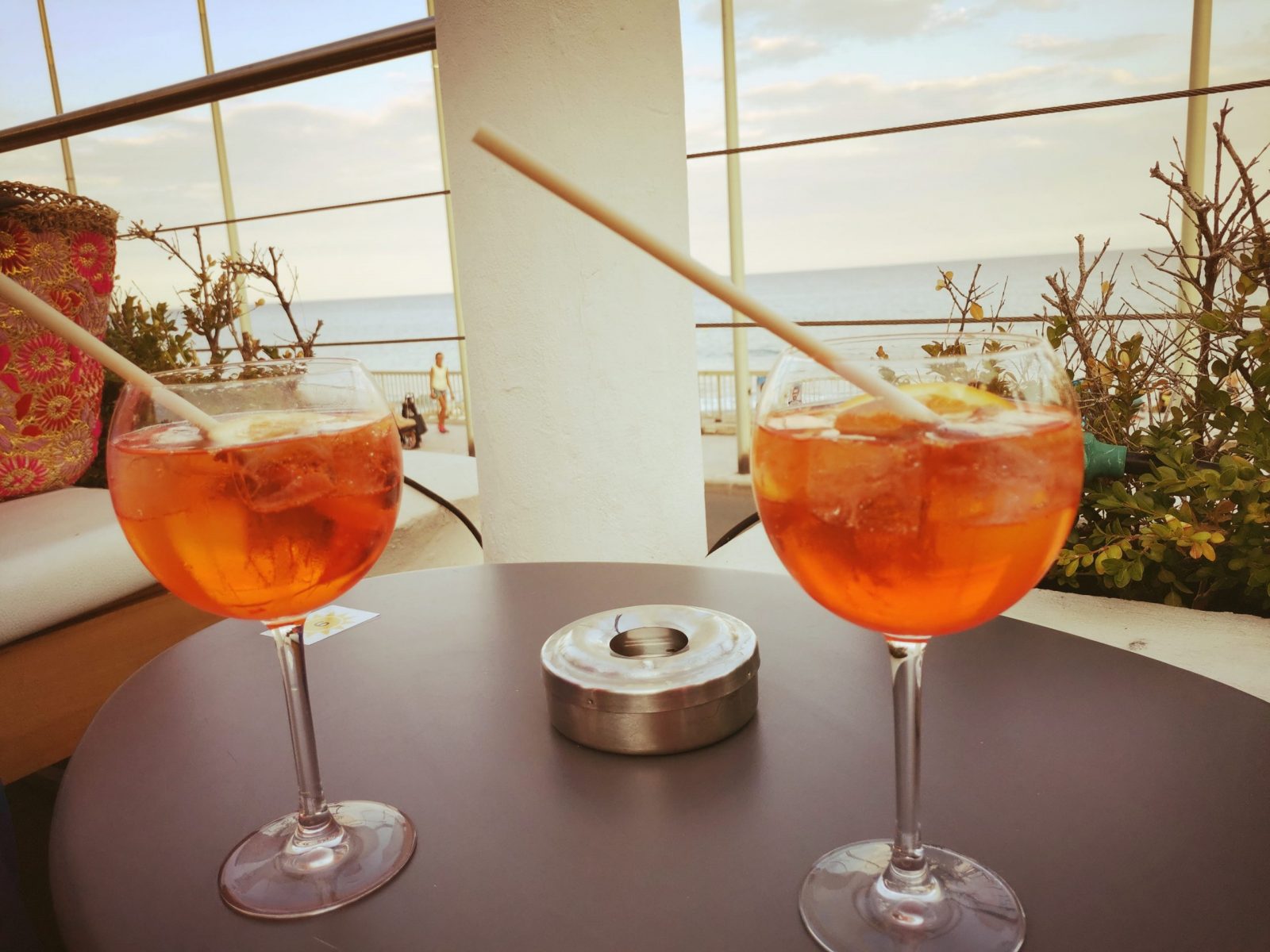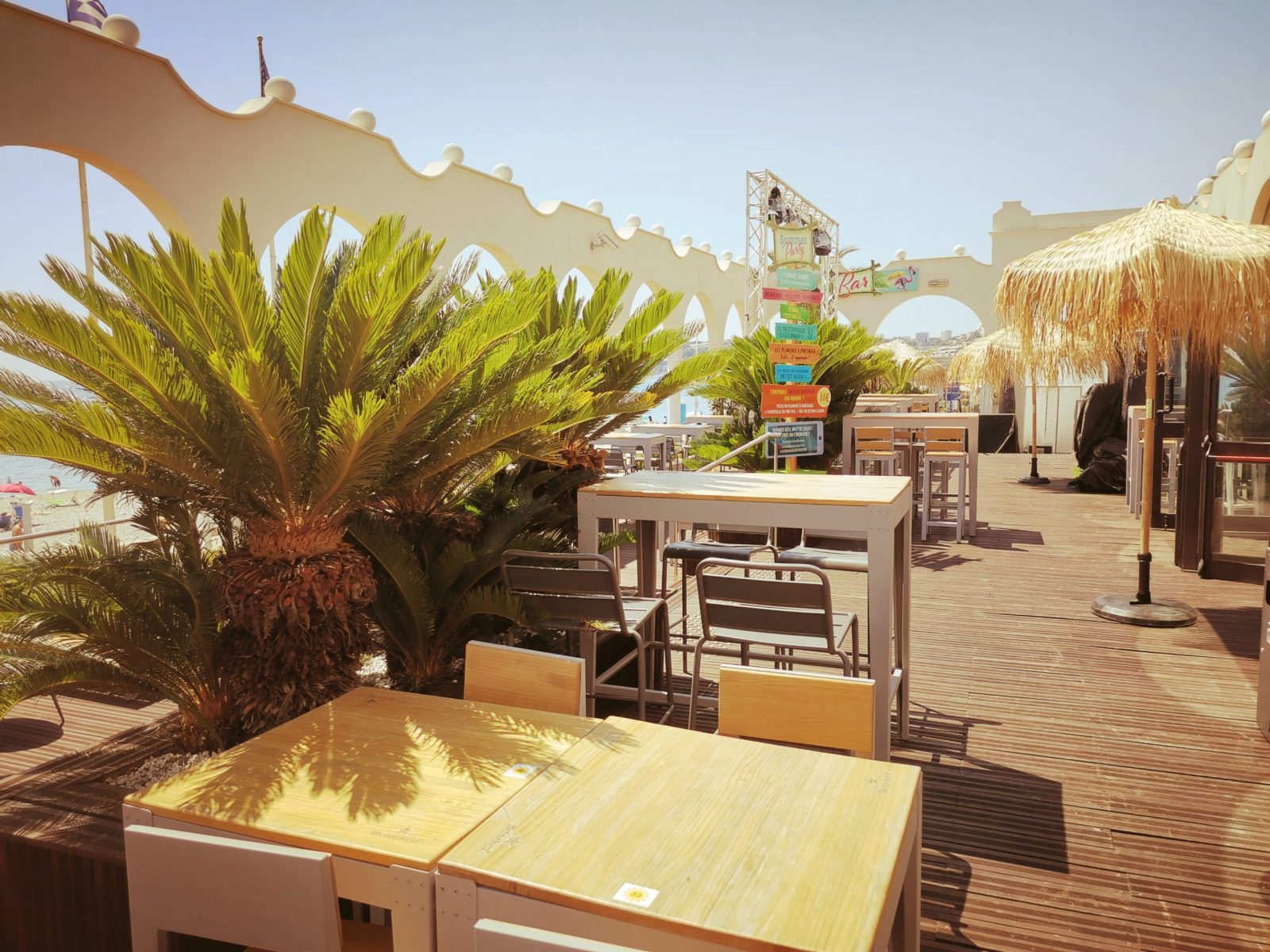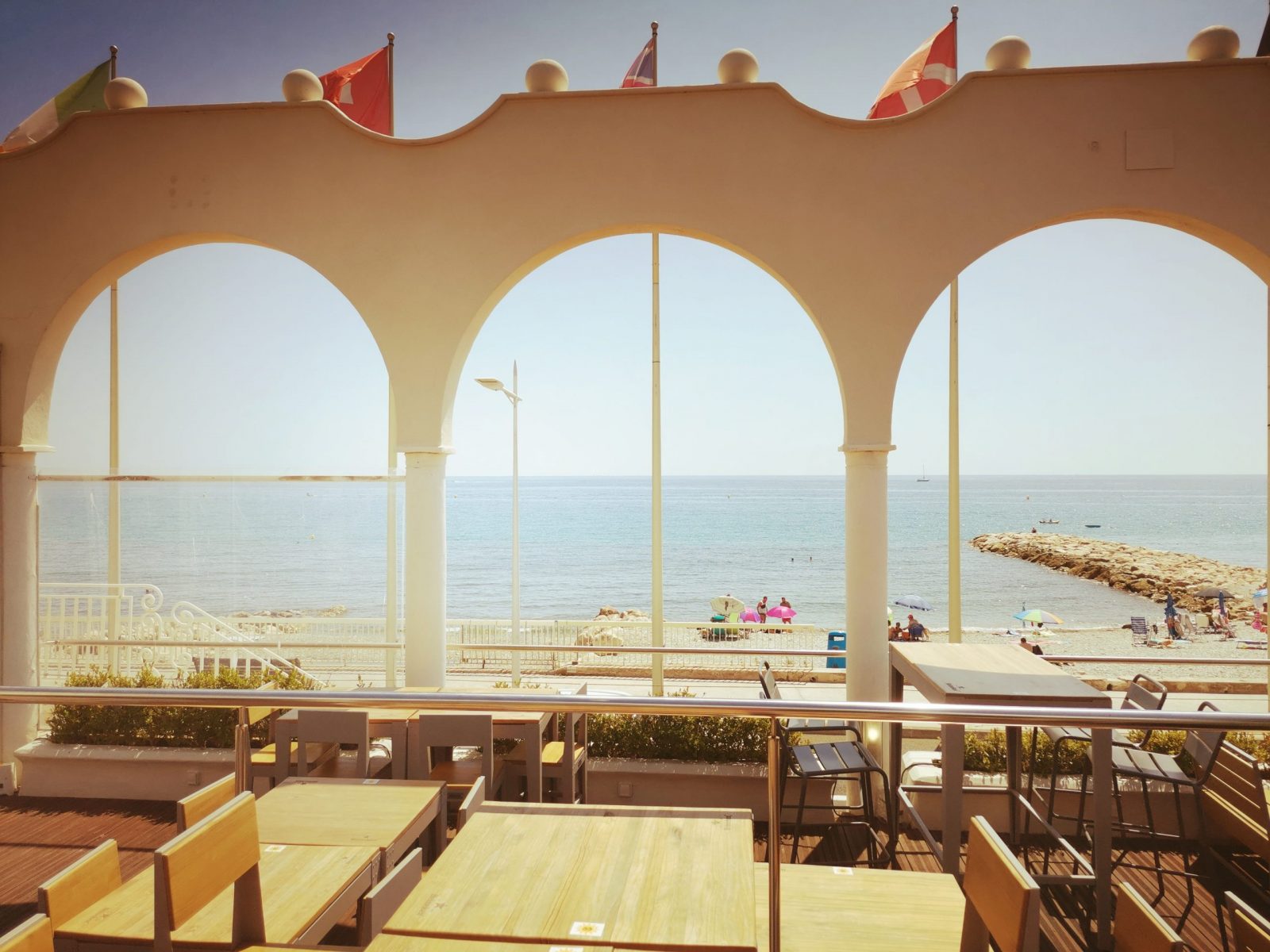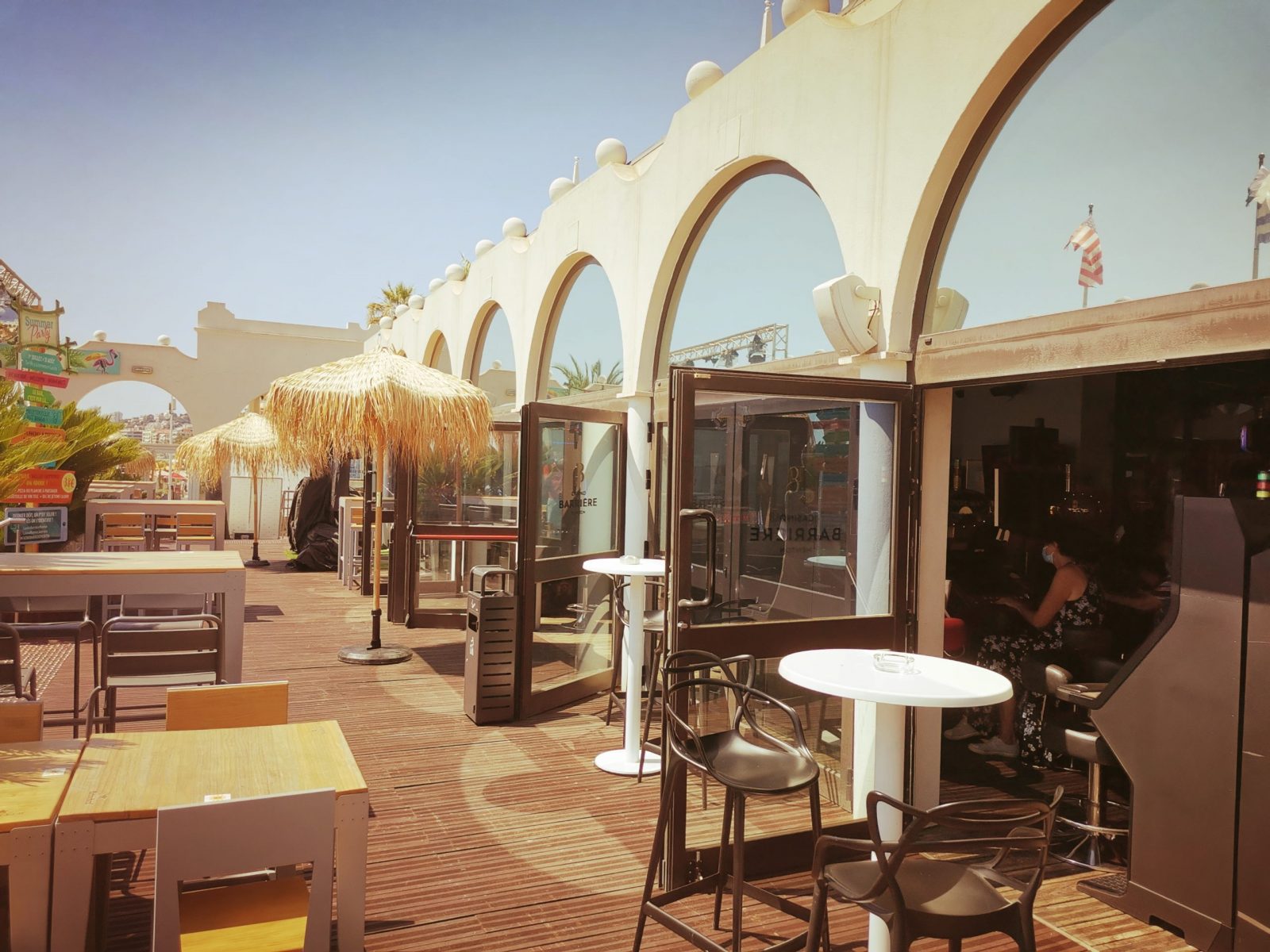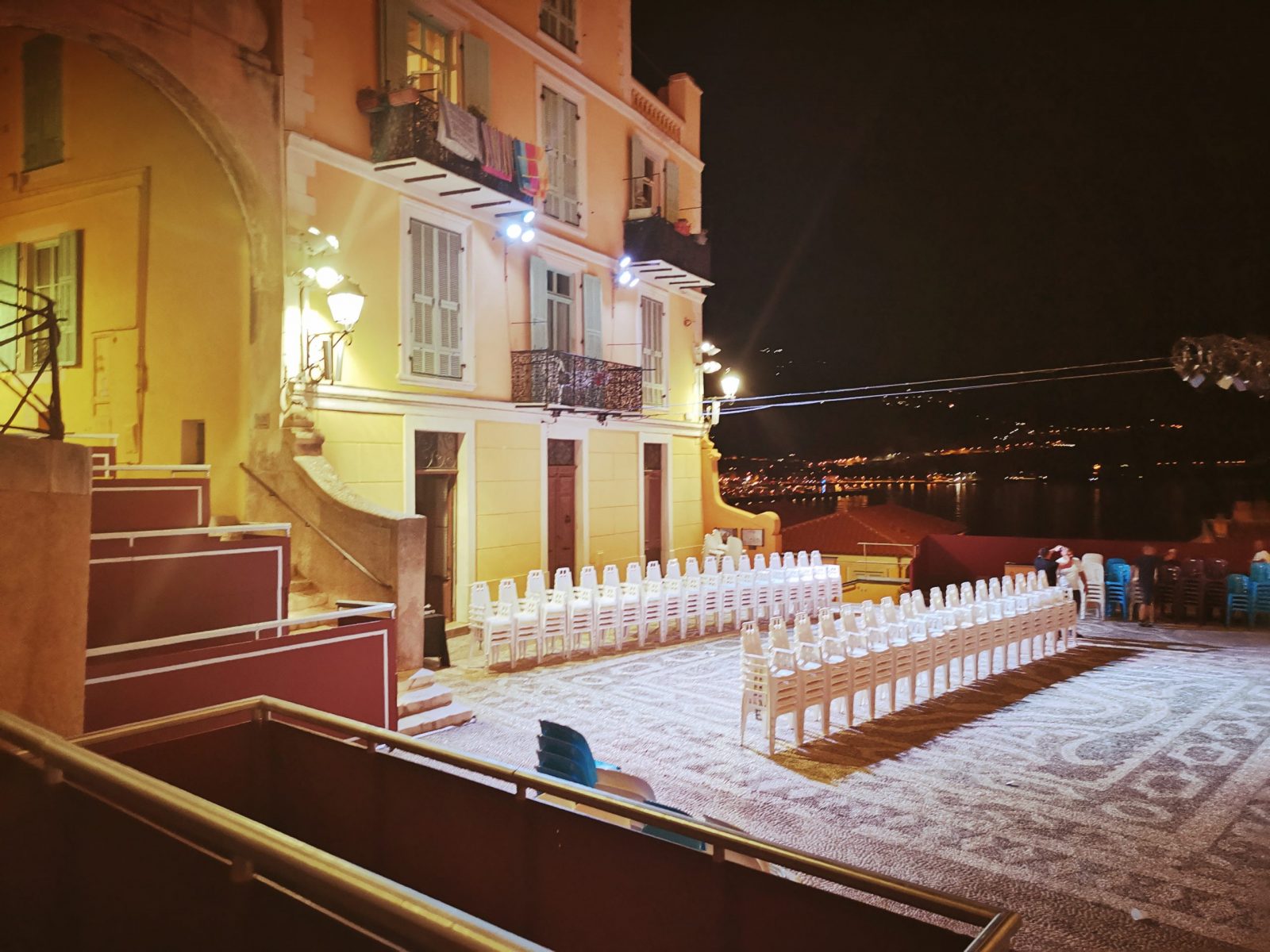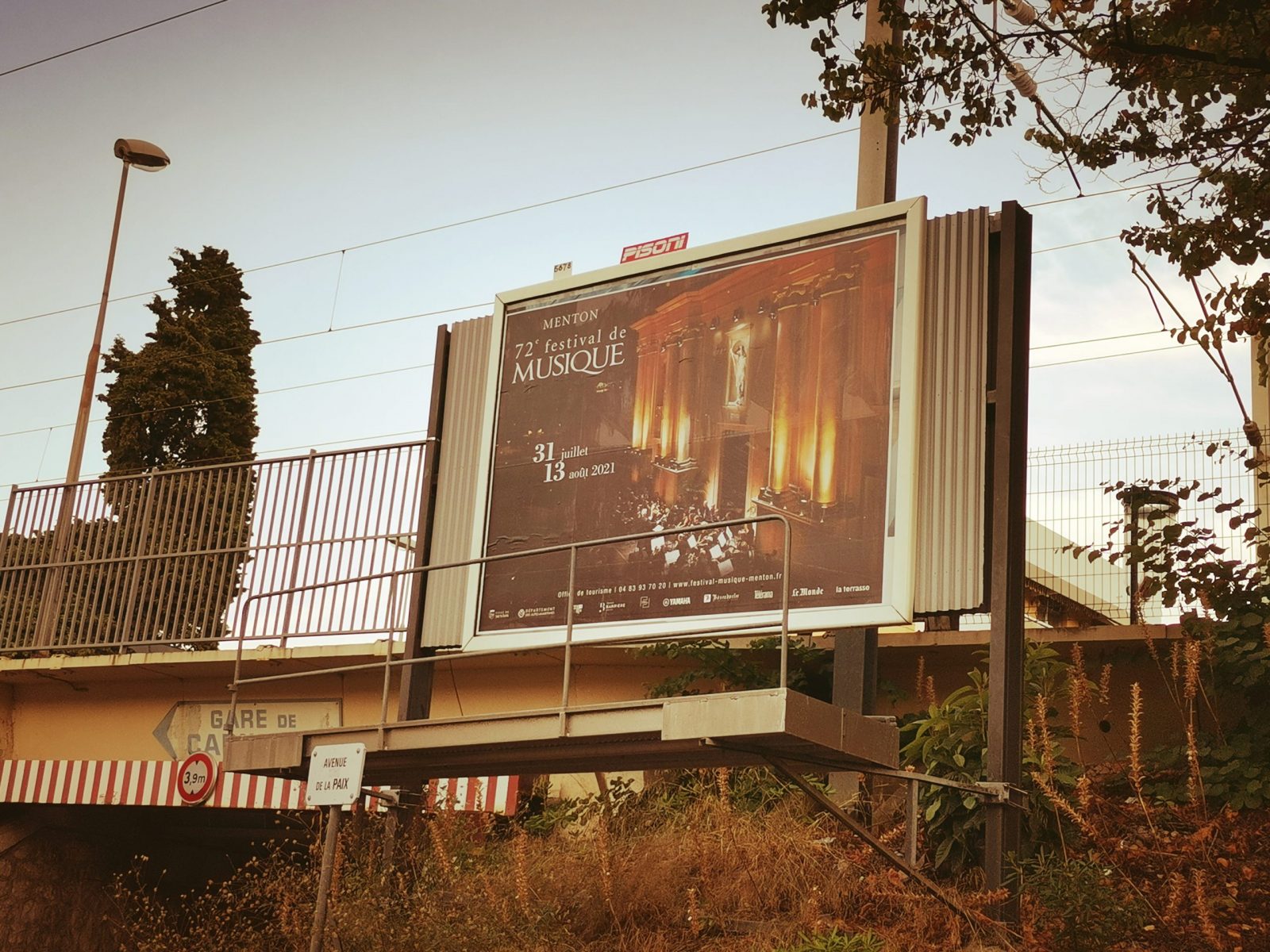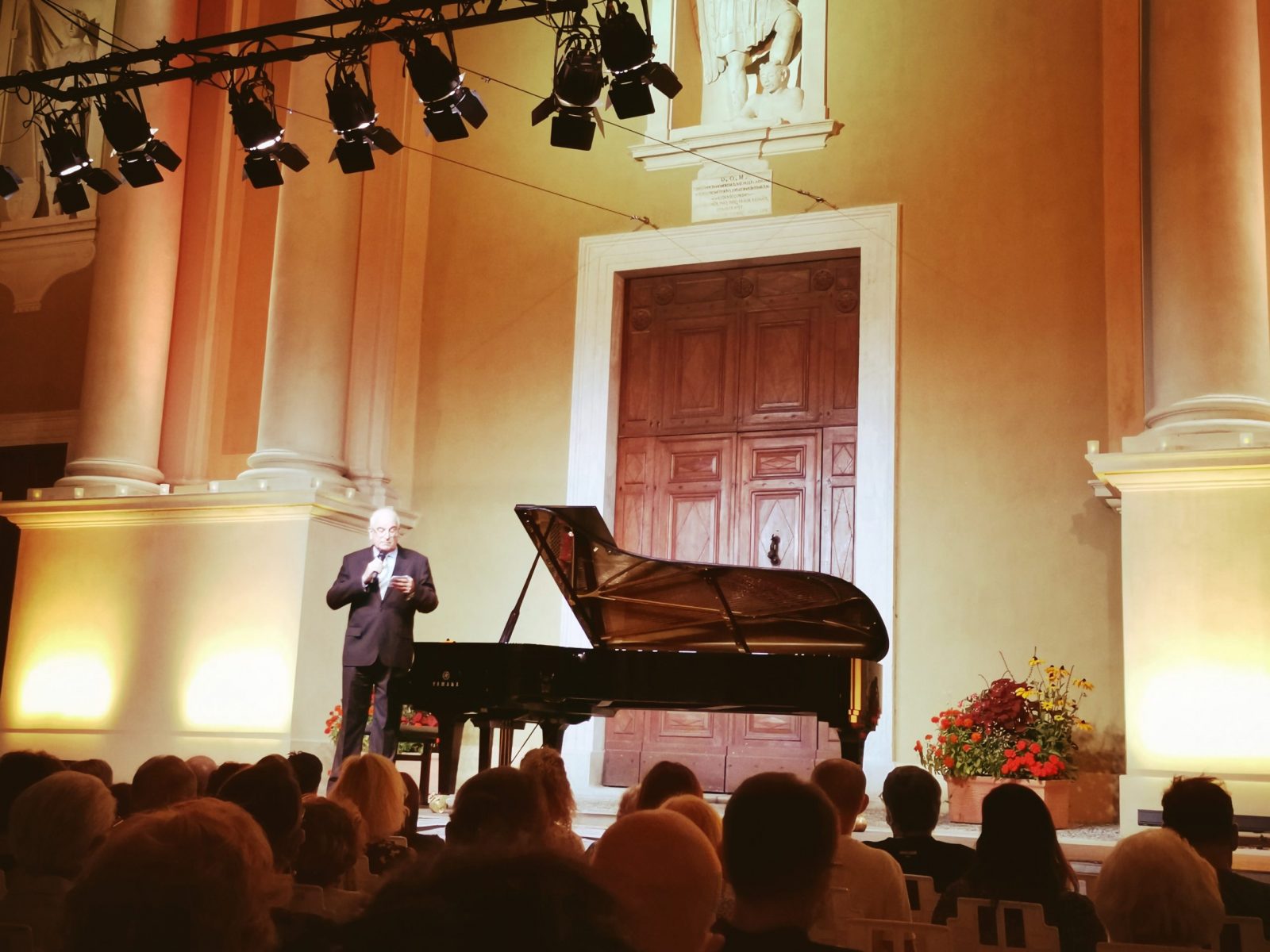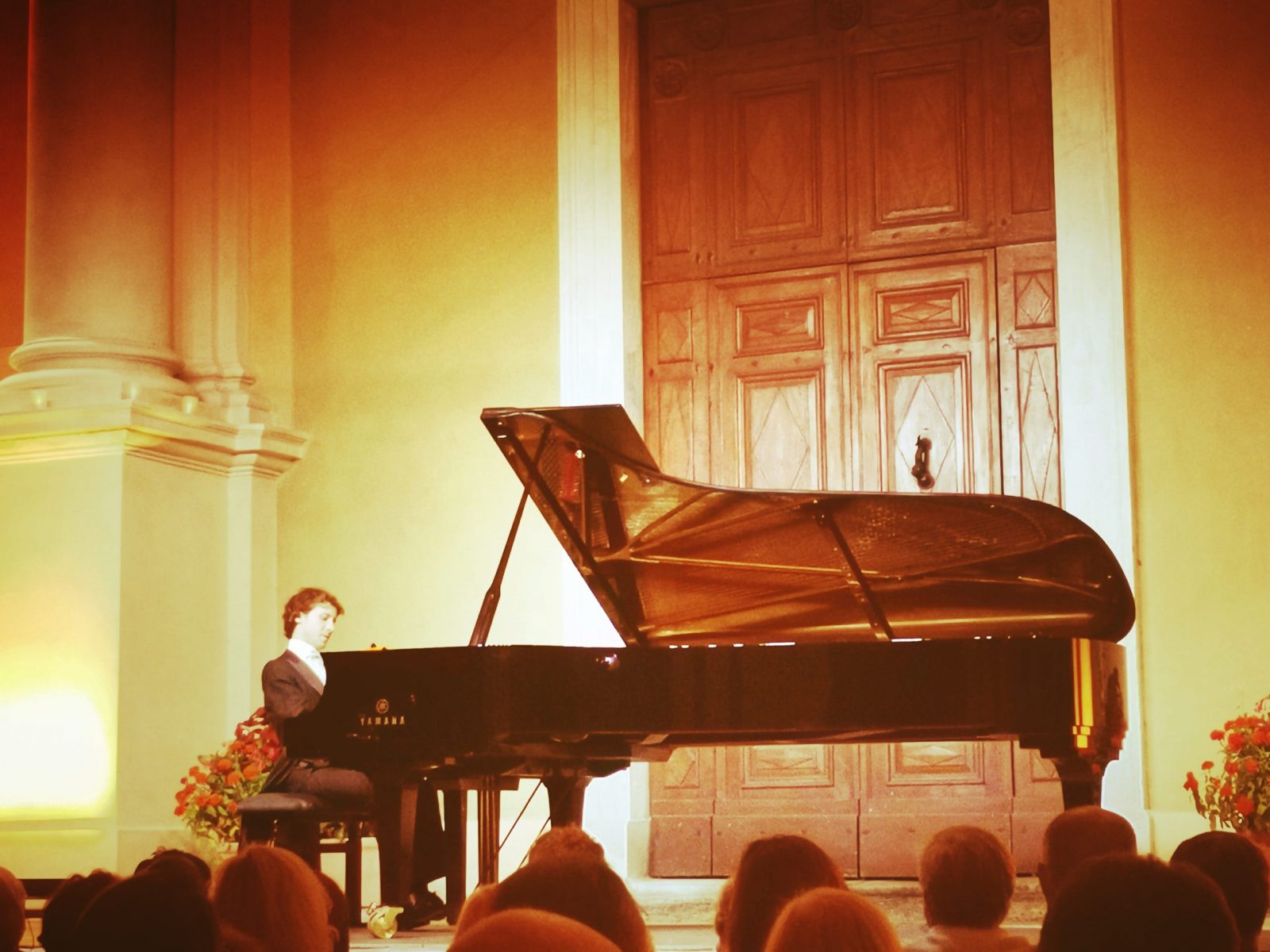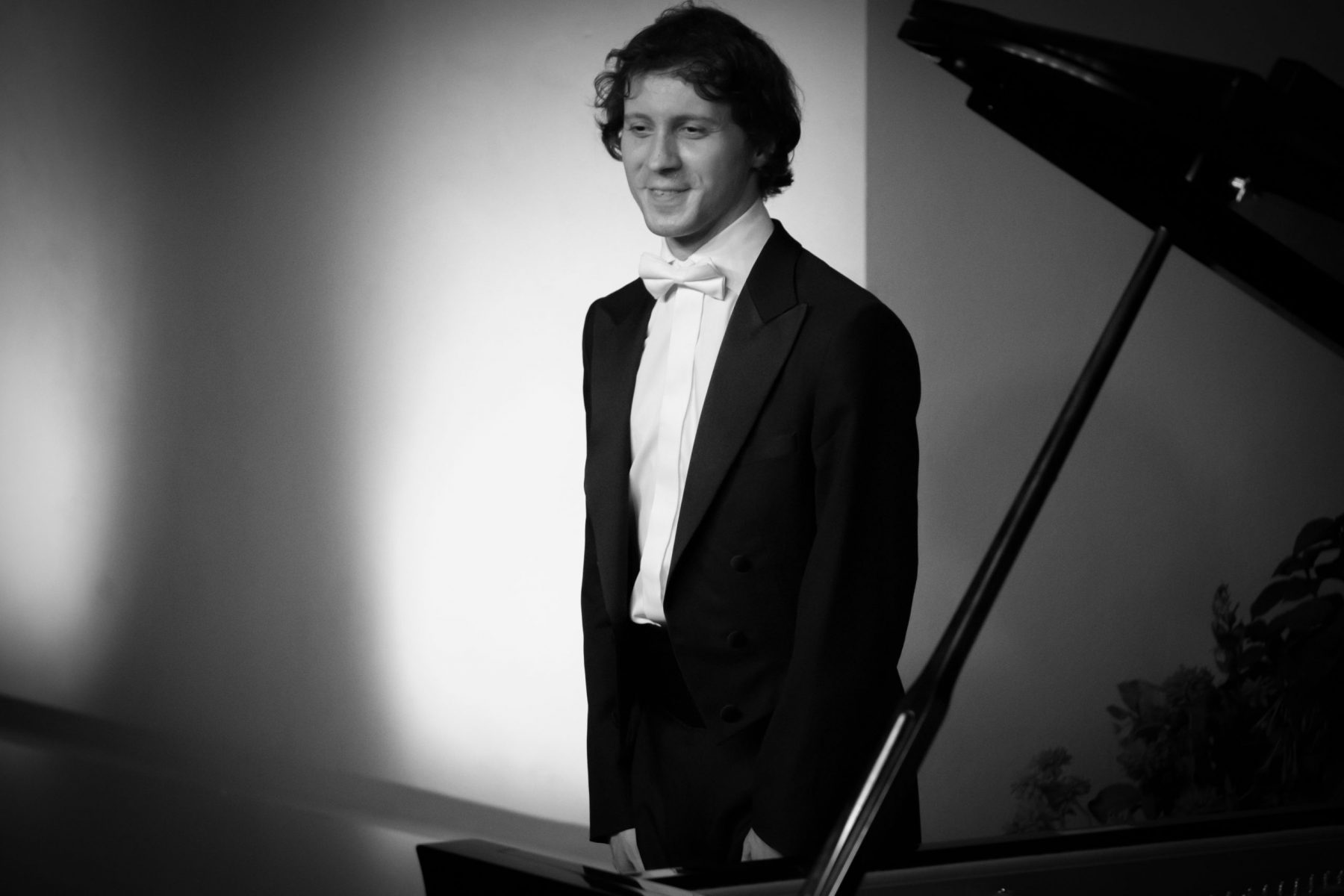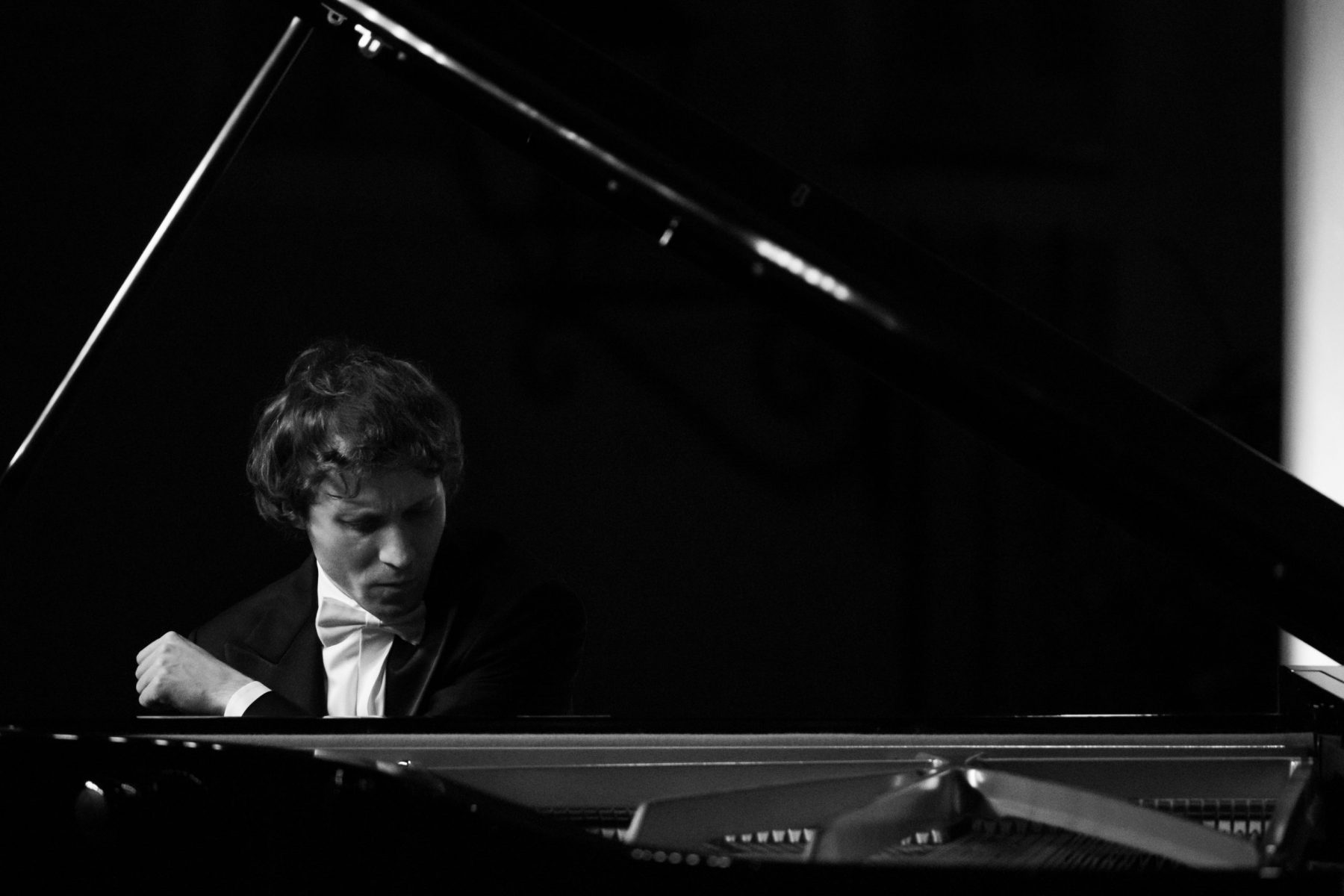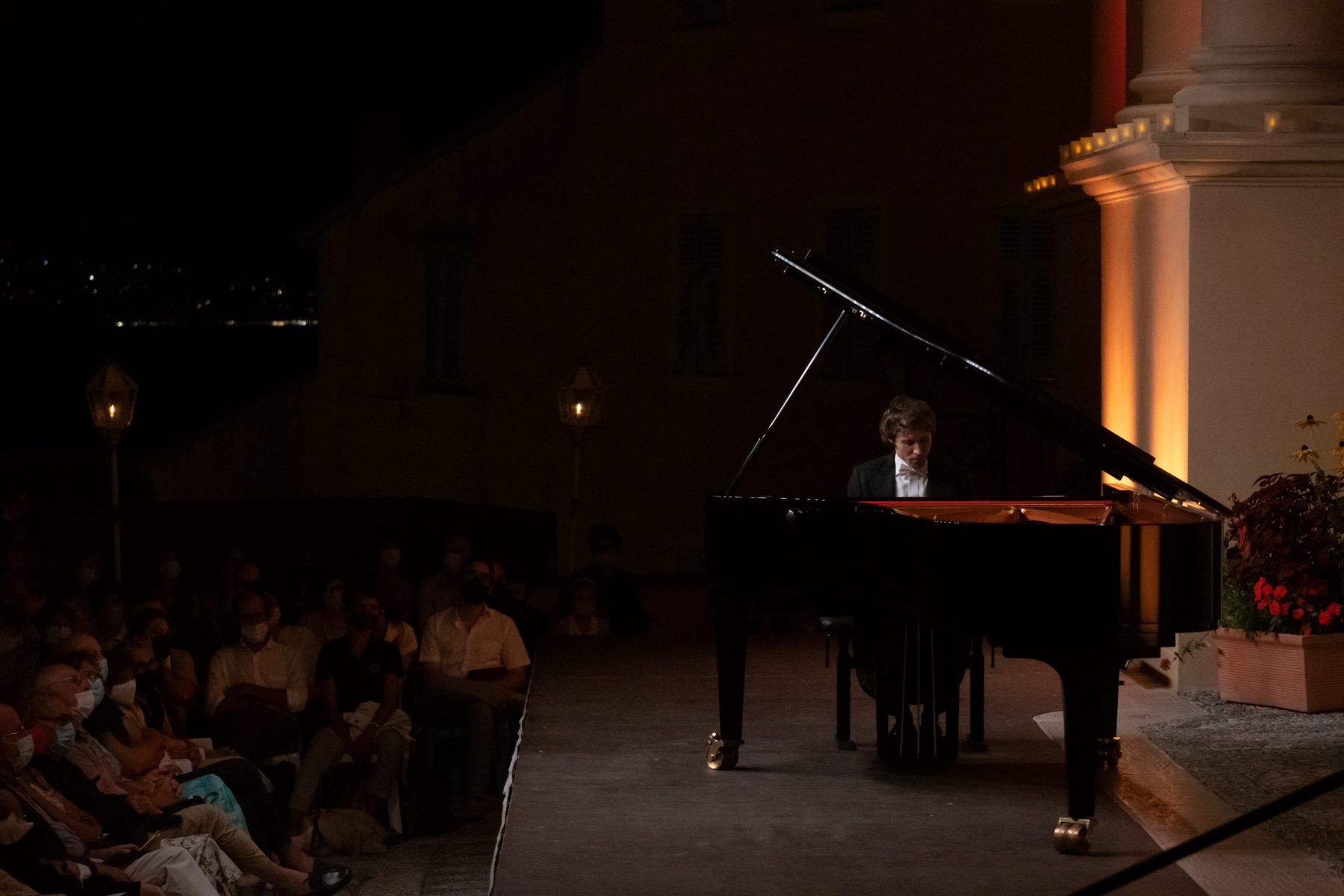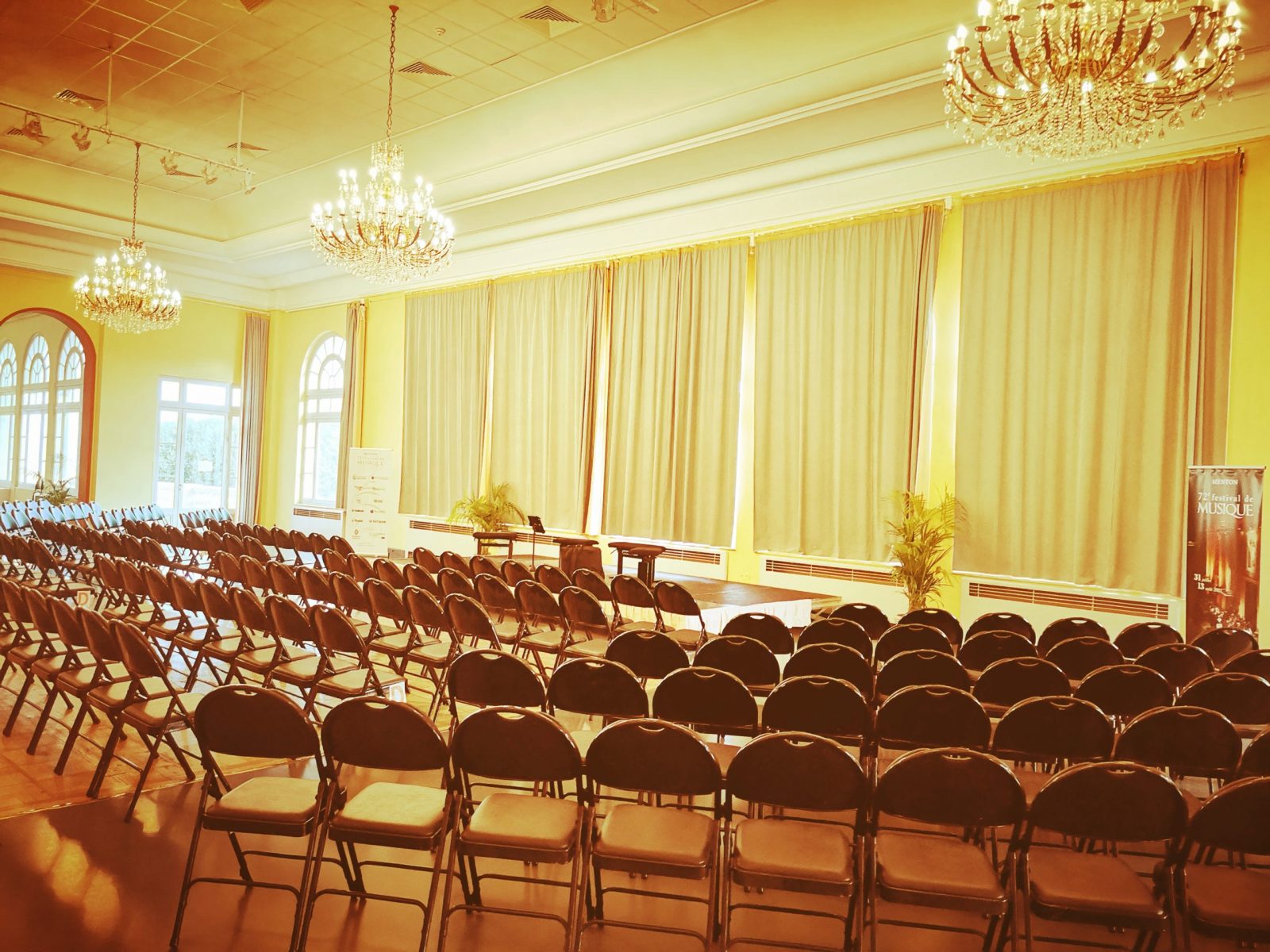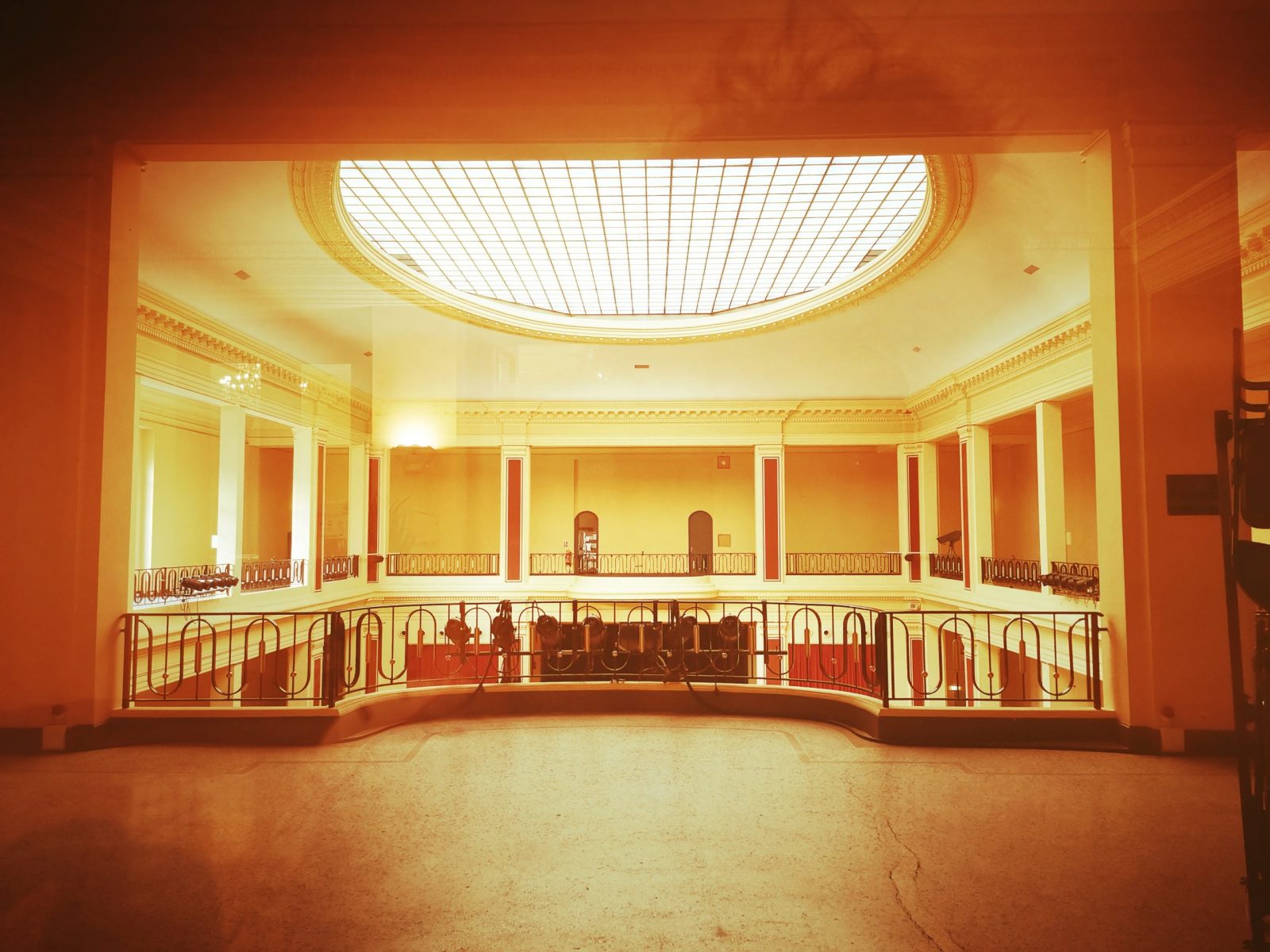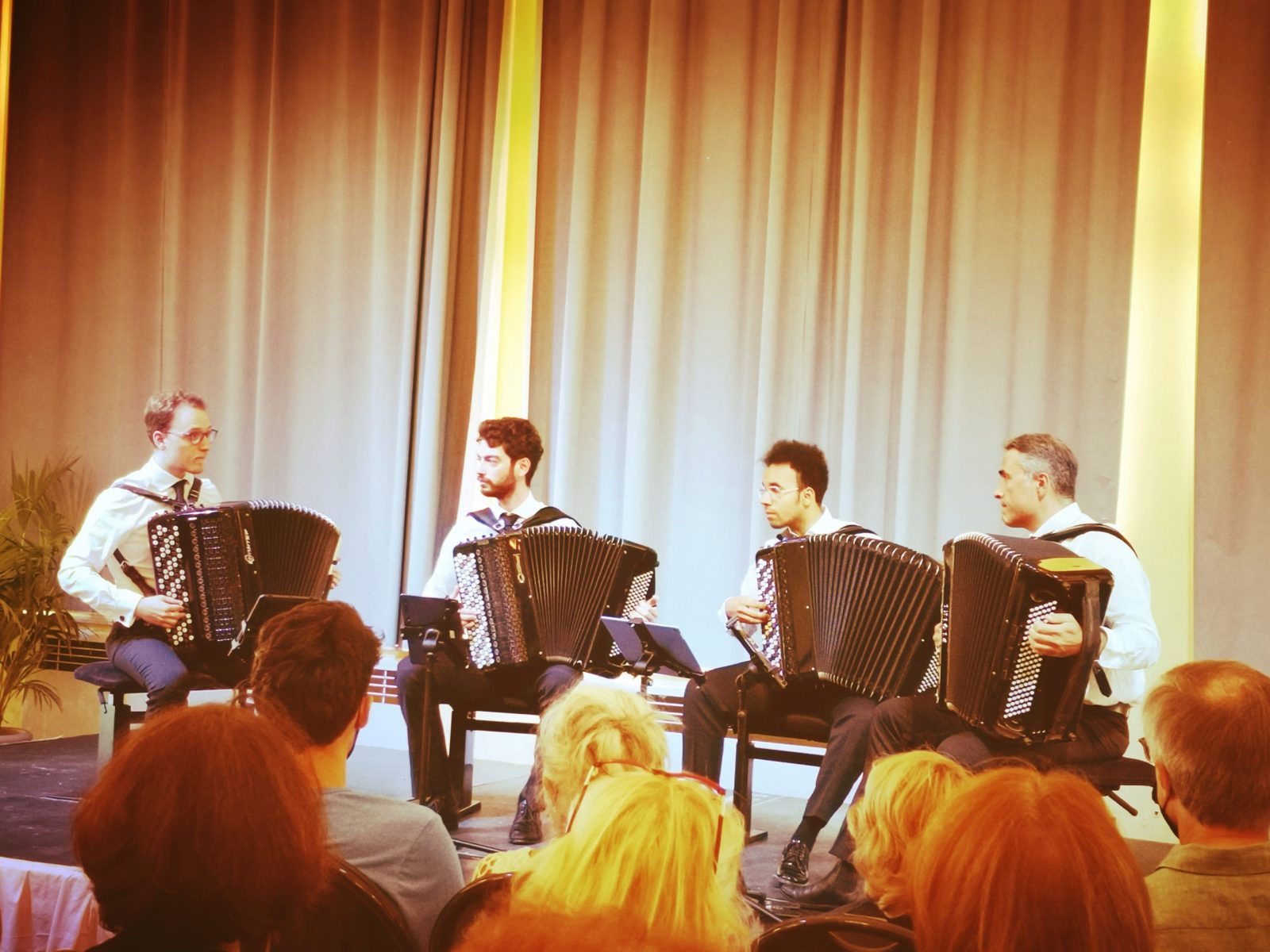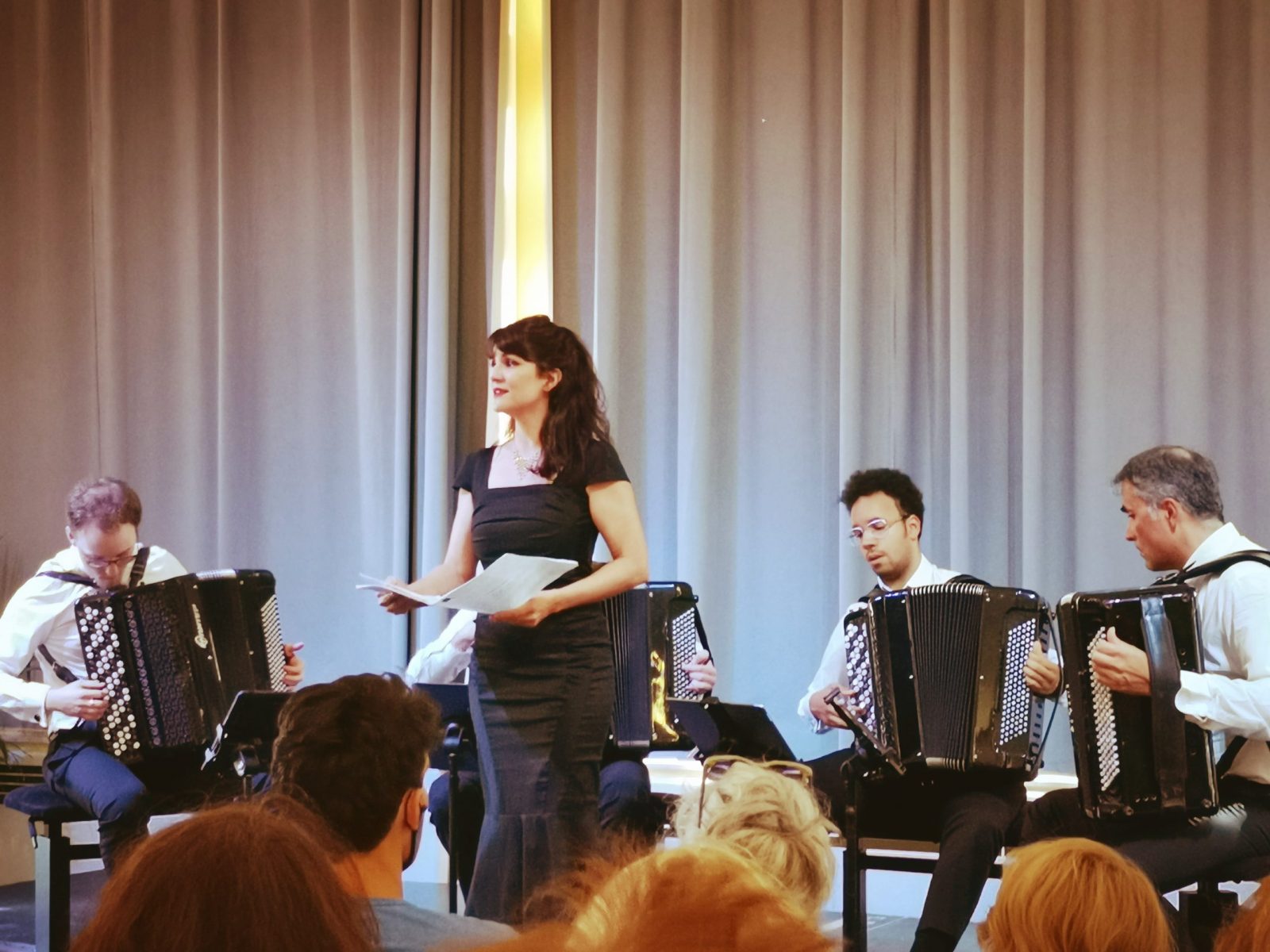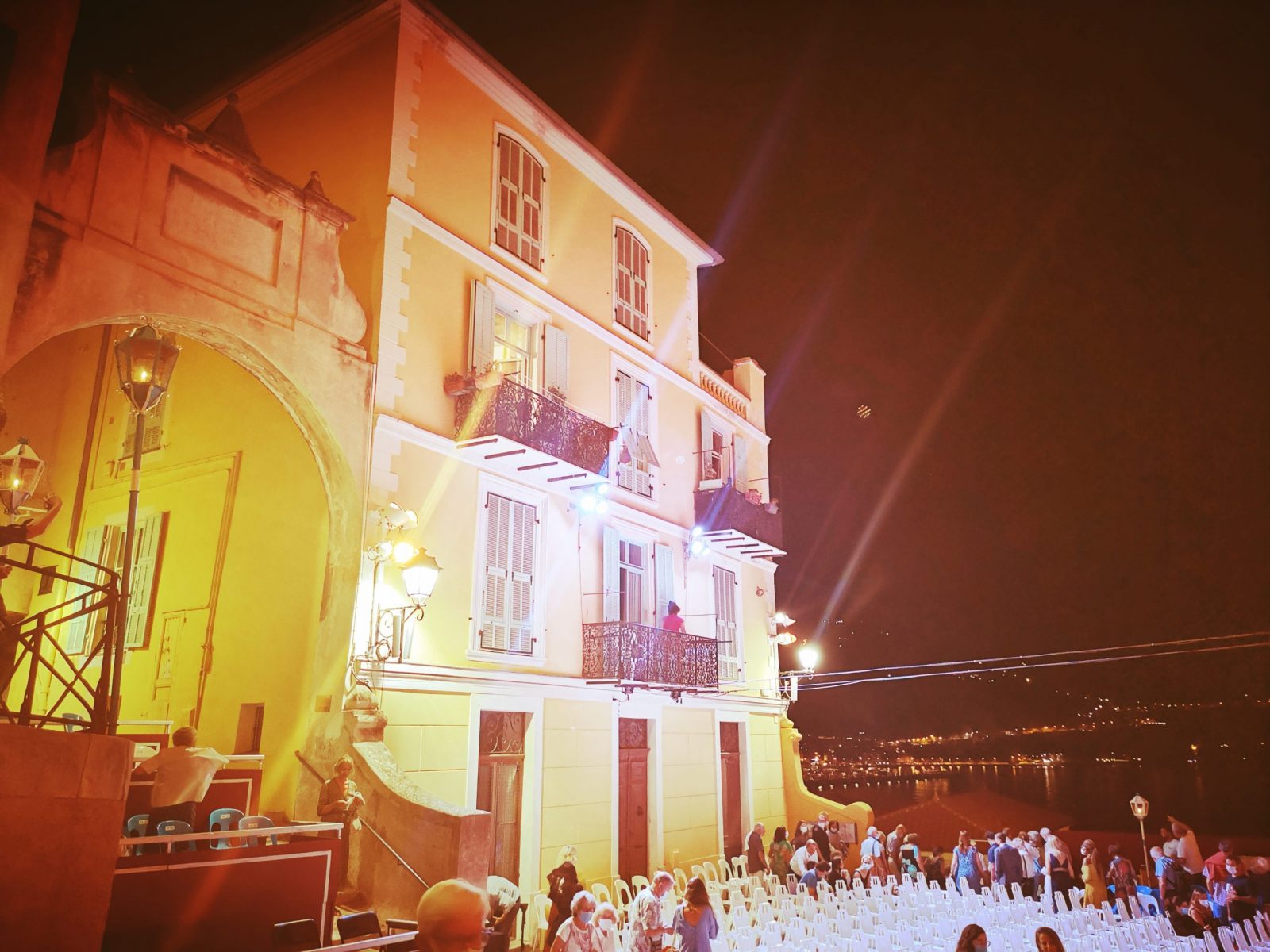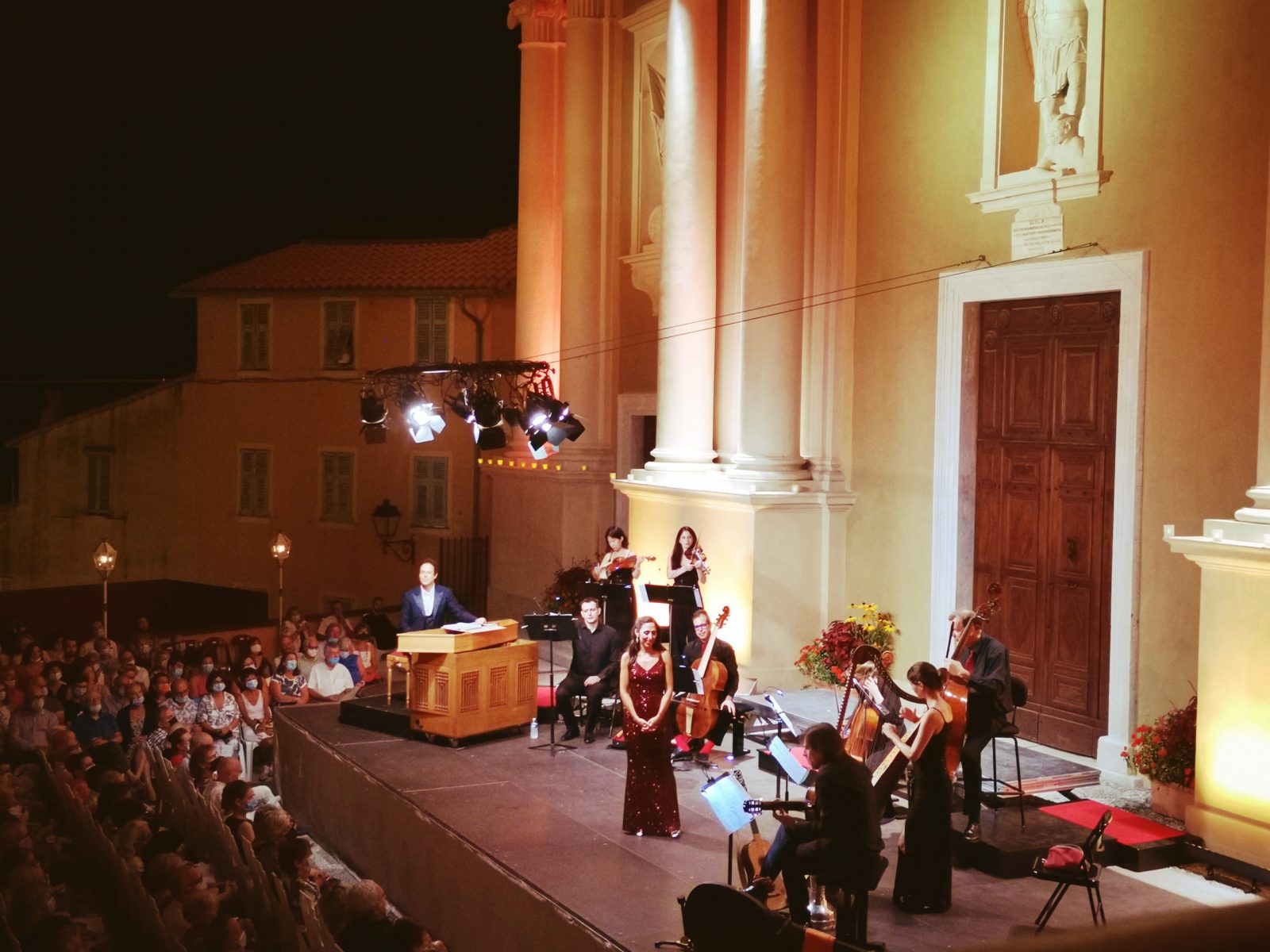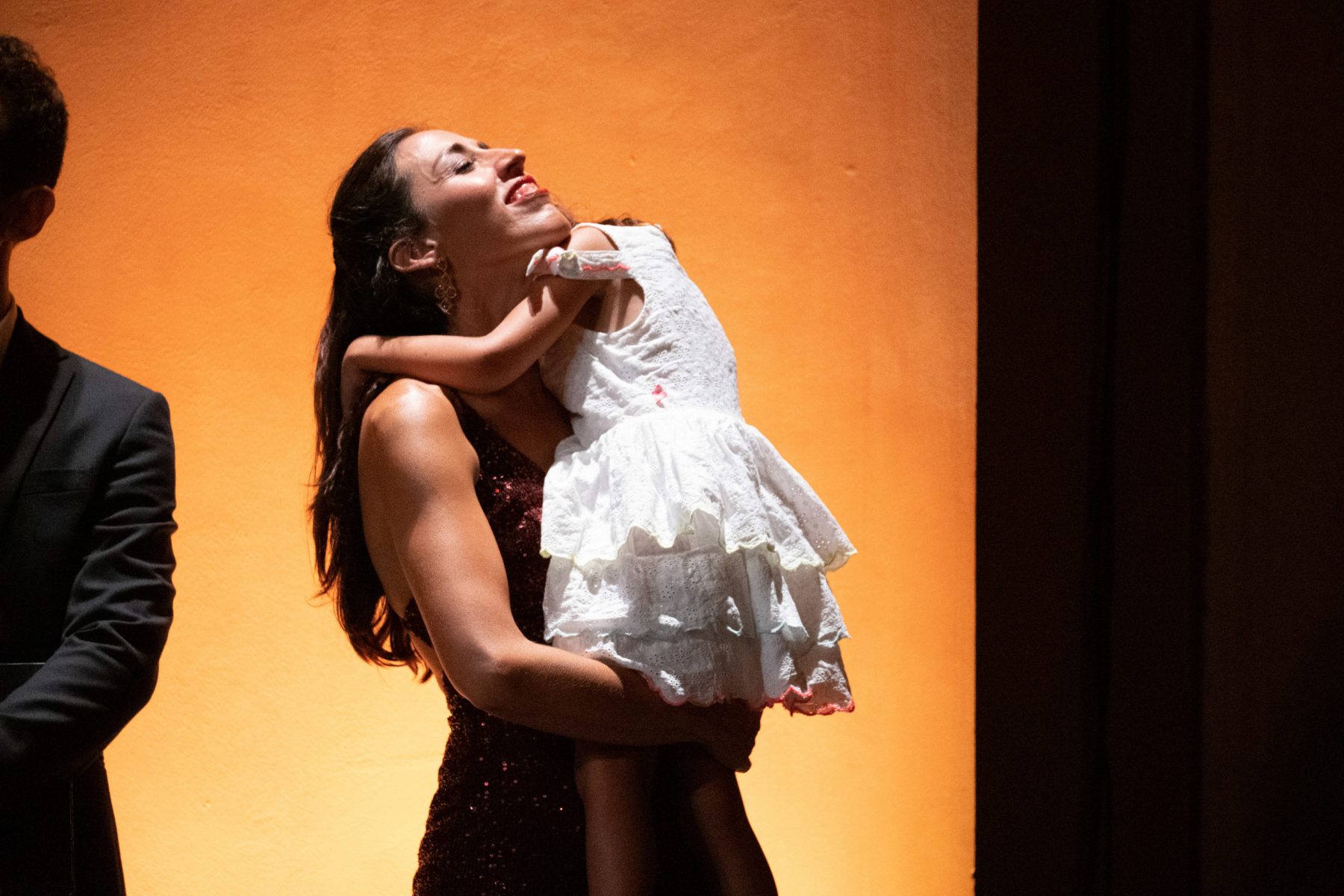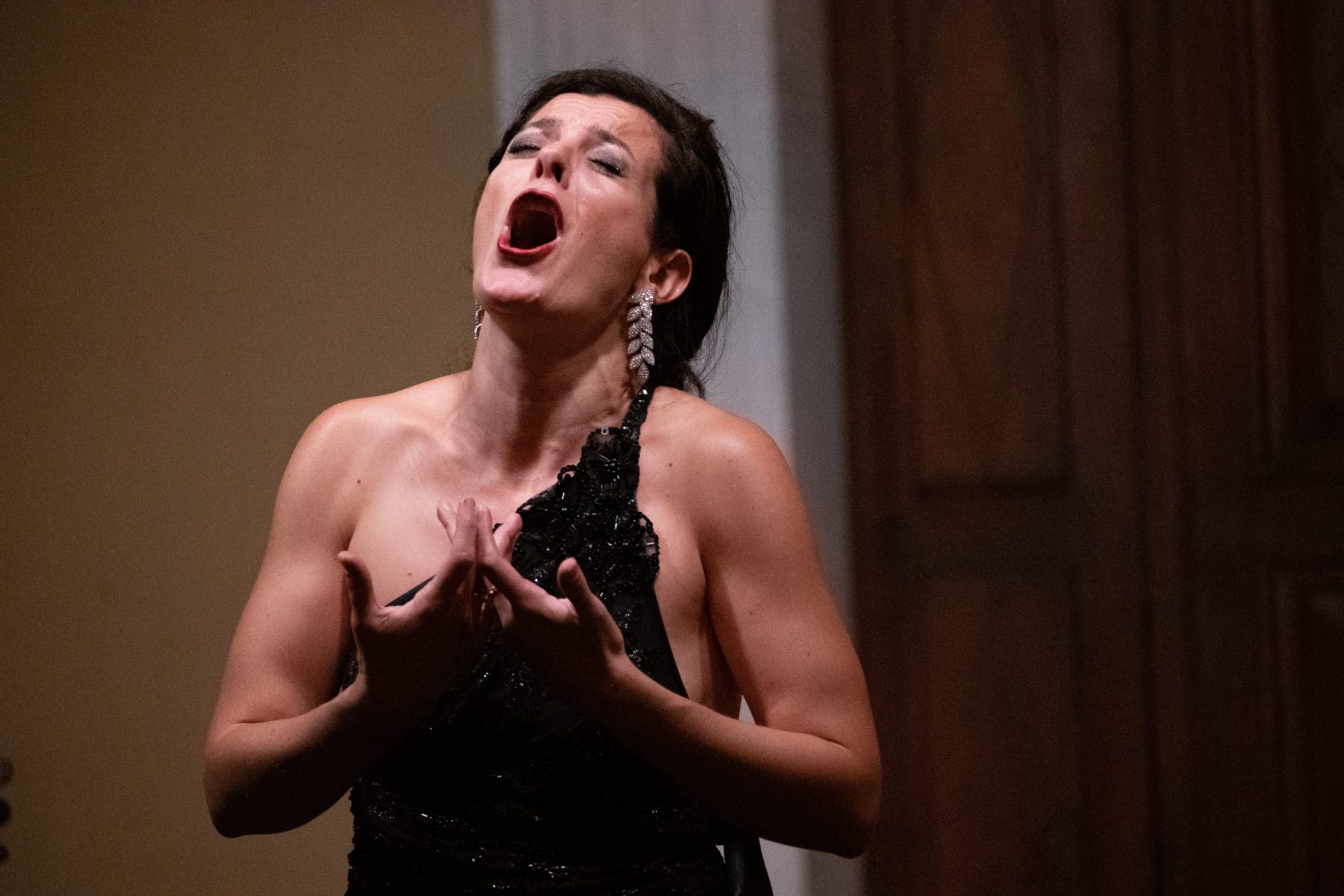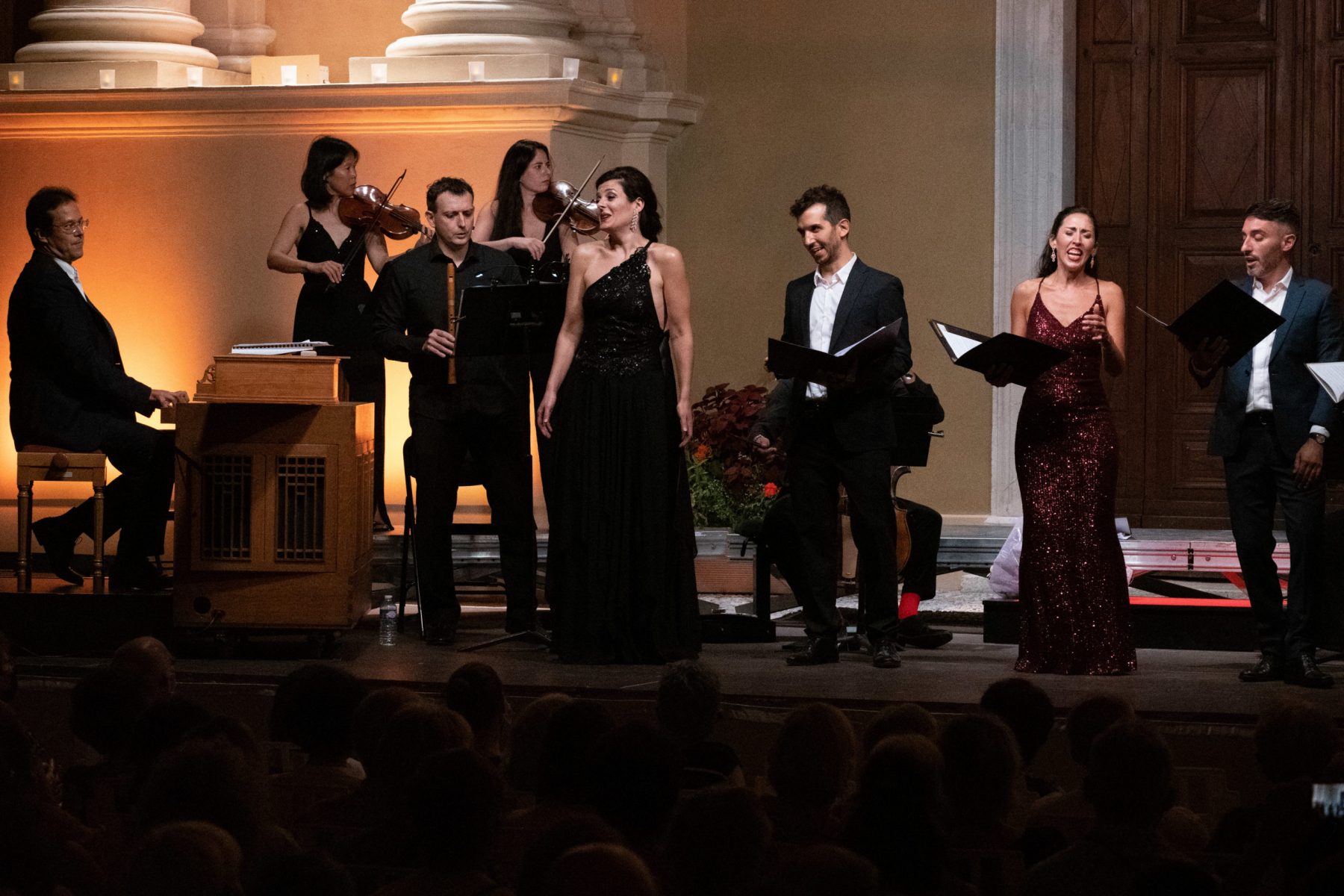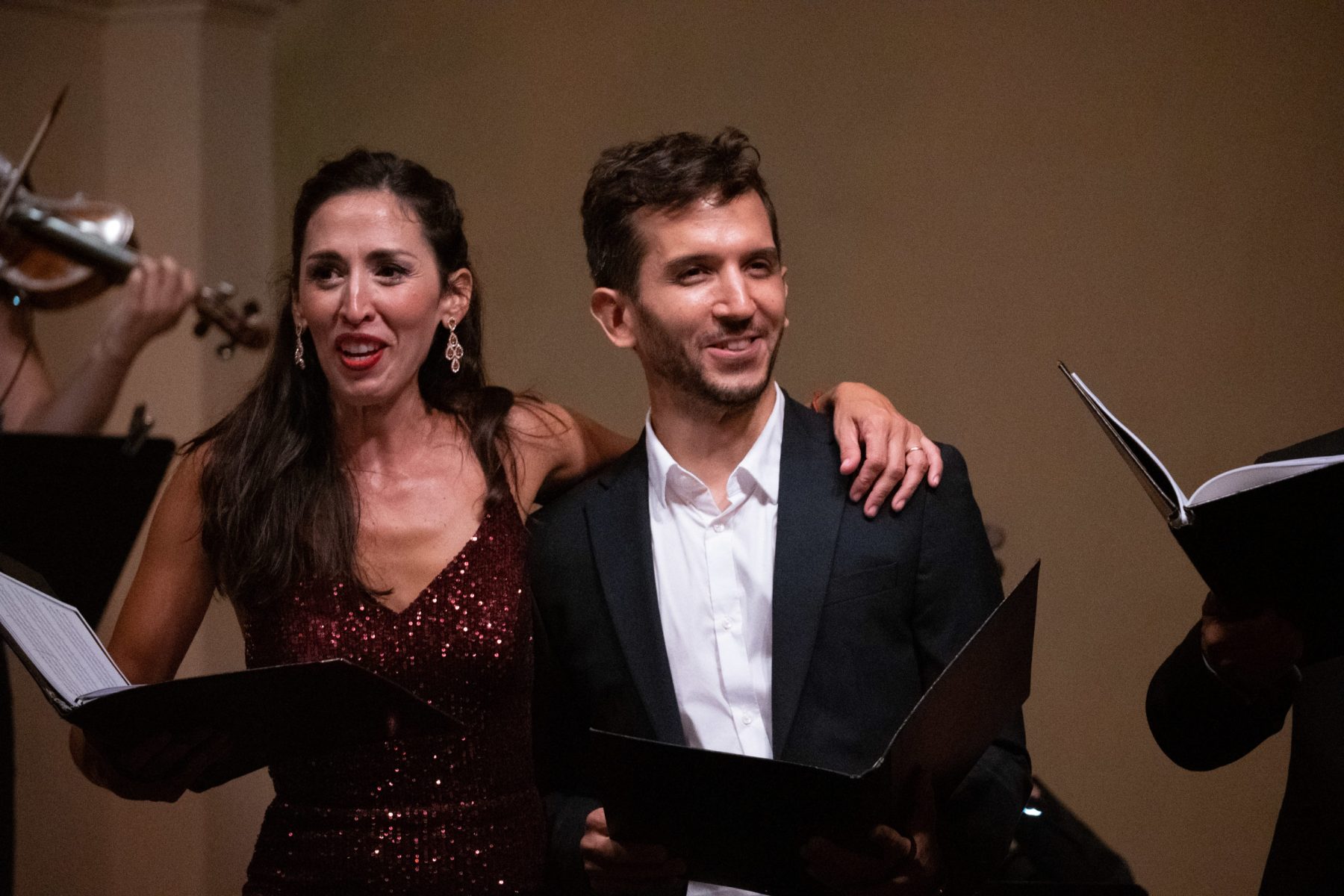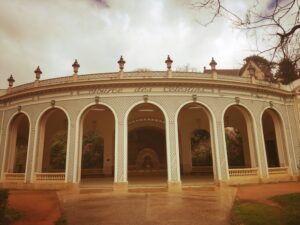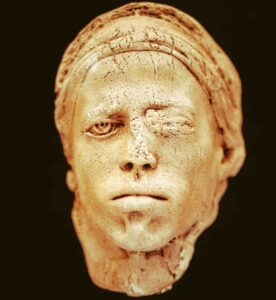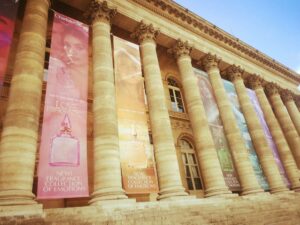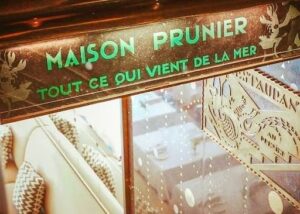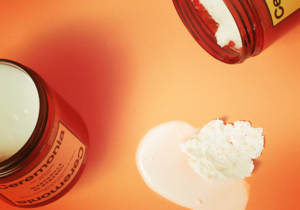Let’s get amazed by Menton Riviera Merveilles, with its Festival de Musique, its Casino Barrière and of course its famous IGP lemon!
14 min read
©
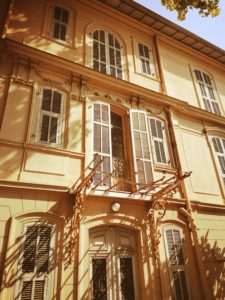
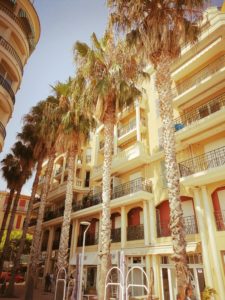
Also known as the capital of lemon, Menton has mainly lived from citrus culture since centuries, even starring a local production of the illustrious IGP Menton lemon, along orange, clementine and other kumquats. In the heart of the Menton Riviera Merveilles touristic entity, including 13 localities reaching the doors of Monaco.

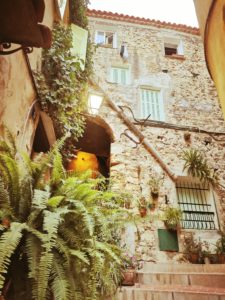
Our first recommendation to discover this charming city of Menton would be to plan a guided tour, organized by the Patrimony Department of the City of Menton. Indeed, this active structure proposes passionate and skillful guides, dedicated to share their knowledge among different worthy facets of the area.
For instance, our city tour was managed by the captivating cultural mediator, we learned a lot about the rich destiny shared of this locality, situated at the far end before the Italian border, shared between the French and Monegasque properties. Thus, Menton and Roquebrune were sold in 1346 to the Grimaldi dynasty (who were originally from Genoa), who launched the citrus fruit trade and their exportation circuit all over the World, leaving from the Bastion (nowadays hosting the Jean Cocteau Museum), from 1660 (photo credits: Alex Plato).

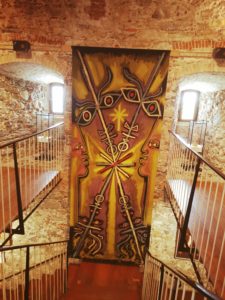
By the way, in this Jean Cocteau Museum, Gathering a wonderful art collection of the and located in the Bastion, this is the first museum dedicated to the so-called Prince of Poets, open since 1966. Completed in 2005 by the donation offered by Severin Wunderman, you may admire no less than 2000 artworks.
Born from the wish of the former mayor of Menton, Francis Palmero who proposed to Jean Cocteau to restore this Bastion at his image, constituting a real showcase retracing the different styles of this acclaimed and multifaceted artist. For example, he realized in 1961 a large mosaic representing a lizard and pursued in 1962, with the execution of the other pebble mosaics visible on the facade, the ground floor and the eleven loopholes on the second floor.
“I have completed the large pebble mosaic of the bastion of Menton. It represents the lizard which symbolizes the beautiful Mediterranean laziness”, wrote Jean Cocteau.
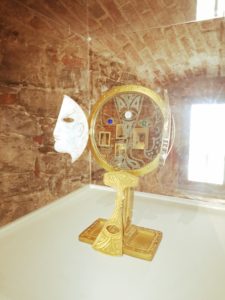

However, it was only Édouard Dermit, the heir to the artist, that permitted the finalization of the installation of this Jean Cocteau‘s space, according to the directives and drawings left by him. Then, this museum would have finally opened its doors in 1966, with the presence of André Maurois from the Académie Française, Francine Weisweiller and of course Édouard Dermit.
For your information, the original collection consists of 102 artworks, including 70 drawings, 2 paintings, 3 lithographs, 2 tapestries, 11 potteries still made by Jean Cocteau. Among the drawings, three thematic sets stand out: the series of 21 Innamorati, the 16 sphinxes, also called “fantastic animals”, as well as 7 studies dedicated to the decorations of the wedding hall, most of these works being given to the city.
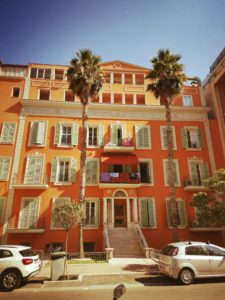
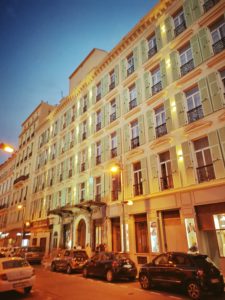
Then, back in town, you would figure out that there are two main types of architecture in Menton, the ones built by people (mainly in the old center with limited means) and the other kinds of buildings, responding to targeted demand of rigorous people (such as classy mansions).
That’s why, you could notice in and around many fabulous Art Deco domains and hotels all around, that most of them have been transformed into private residences (such the magnificent Orient Palace). Built in 1874, this palace has always been hosting a wealthy clientele before housing owners, in apartments, attached to highlighting this heritage. Don’t also miss the Riviera Hotel as one of the most monumental of palaces in Menton. Built in 1898 by Abel Glena but whose facade was decorated by the painter Cerruti Maori, it housed in its 250 rooms for aristocracy from all over the World.

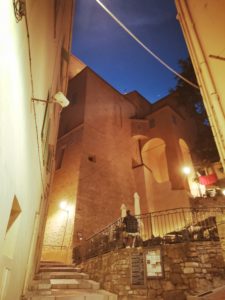
Nonetheless, the entire history of the city can be found on the baroque facade of the Basilica of Saint-Michel, which was inaugurated in 1675 during the reign of Honoré IInd and where stands the main stage of the annual Festival de Musique, since 1950
Then, located a little higher from this noble place, we find the Chapel of the White Penitents (congregation known for its social works), where contrary to the classical rationality that anyone could find in Versailles in particular, the baroque style takes here all its form. In addition, the penitents referred there, mainly came from different brotherhoods, of all colors, who wanted to evolve their spirituality according to their philosophy.
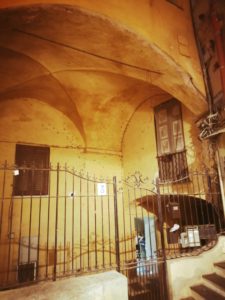
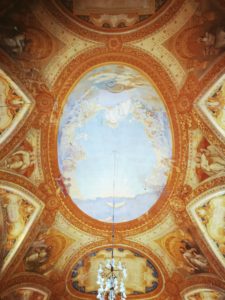
In this chapel, we thus find many painted, sculptural ornamentations and red hangings (related to the liturgical time of the Passion). Finally, following the damage due to the earthquake which strongly shook the region in 1887, the dome of this edifice had to be renovated by two master painters, known by the names of Cerutti and Mauri. These artists made their possible to highlight the beauty of the balustrades, also present to separate the human and the divine.
If you walk through the maze of the old town, you will find these small alleys (called carouges), tinted with very Italian colors in yellow and orange. In addition, most of the time, these houses are made of limestone, coming from the neighboring mountains and covered with liquefied lime.
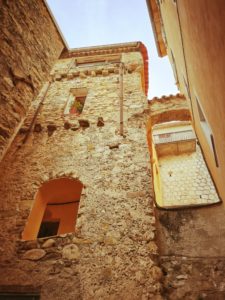
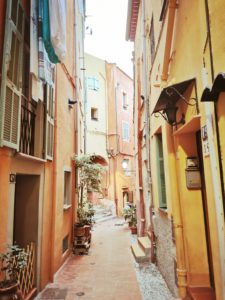
In addition, in order to fight against seismic movements, some utilities were installed to consolidate buildings, such as the installation of a tie rod (to prevent buildings from falling apart) and often adjoining a contrast arch (to prevent nearby buildings to get closer). Most of these constructions were also made of cypress wood, used for its rot-proof wood and able to scare away xylophages.
Since the arrival of Napoleon Ist, the city underwent serious economic transformations, in particular guided by Henry Bennett. This British doctor, affected and cured by tuberculosis, published there a manifesto in order to popularize the city as a winter holiday destination in the 19th century.
Menton Riviera & Merveilles tourist office, 8 Avenue Boyer, 06500 Menton (France) / Phone : 00 33 (0)4 83 93 70 20. More information on their official website.
City of Menton, Patrimony Department, 17 Rue de la République, 06500 Menton (France) / 00 33 (0)4 89 81 52 80. More information on their official website.
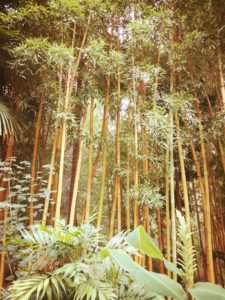
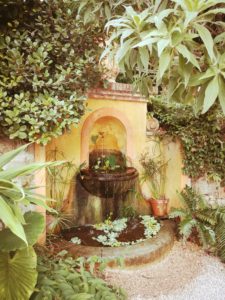
Then, another Napoleon 3rd intervened to decide on the repurchase from Monaco the two cities of Menton and Roquebrune, and decided to undertake to clean up these cities which were not considered as safe.
Following this, the Val Rahmeh is the main Menton botanical garden, fully in line with the landscape evolution of that time. Adorned with incredible ornamental and acclimatization gardens, this magnificent space represents a certain influence brought by the local British community who were real garden enthusiasts.
This estate was then constituted during the 19th century by a family of the Menton nobility, the De Monléons and was then made up of a farm, dating from 1875.
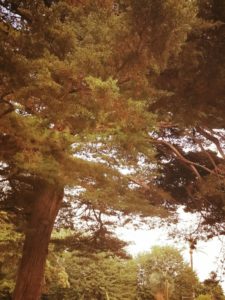
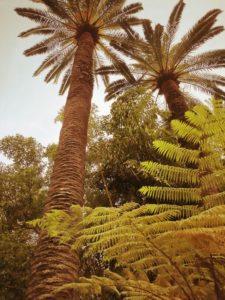
Thereafter, the Lord Percy Radcliffe (1874-1934), known as the British Army General and former Governor of Malta, acquired this property in 1905 with his wife Rahmeh Theodora Swinburne (1865-1924). After completing it with some additional agricultural fields, he converted this ensemble into a landscaped garden with nowadays more than 1700 vegetal species, including an amazing alley of palm trees which are still waiting for your venue.
In the 1920s, the villa was enlarged and remodeled in an Italo-Provençal style, again by the architect Henri Cerutti-Maori. In memory of the prematurely deceased wife of Lord Radcliffe, the estate takes the name of Val Rahmeh, meaning the “valley of tranquility” in Arabo-Persian language. Nowadays, operated by the MNHN, don’t hesitate to visit the numerous vegetal treasures of this incredible natural space!

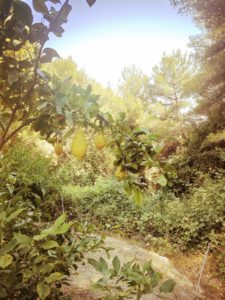
In connection to our recent review about the Lemon Island perfume imagined by Atelier Cologne (read here), let’s step into a sector where the lemon tradition has continued since the 15th century, the coveted lemon sector of Menton only obtained recognition in 2015 with IGP certification. Consequently, this label allows an officialization of the properties and the quality of this specific and local variety of Menton lemon, as well as a non-negligible protection.
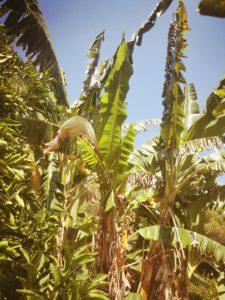
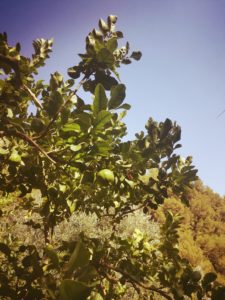
The difficulty to cultivate those particular fruits mostly comes from its mountainous natural environment, around the slopes of the Garavan hill. Thus, this specific inclined relief does not allow any easy access to those small plots nor any mechanized or intensive cultivation.
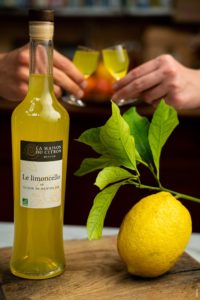
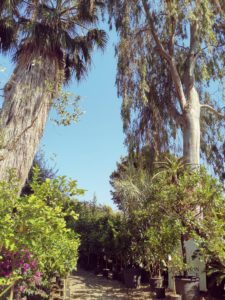
At the same time, let’s count 1 other hectare being planted and finally 1 last hectare, recently acquired, which will require 5 years to obtain the first fruits and only 8 years to become really profitable. Namely that La Maison du Citron entity, founded in 2013, uses the philosophy of organic cultivation within the cultivation of its various citrus fruits. This responsible process is thus reflected in the marketing of several by-products, such as jams, syrups, plants and obviously liqueurs (including the so popular Limoncello), distilled with the help of their counterpart from Au Pays du Citron (photo credits: APDC).
This entity does not have organic recognition but declines its production of citrus-based production, through a multitude of food and cosmetic products, to be discovered in their flagship store in the old center of Menton.
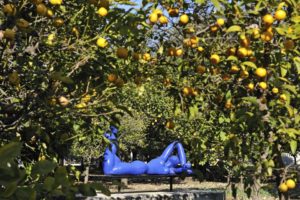
Otherwise, in order to pursue this lemon experience? Why don’t have a stop in the citrus garden, sitting in the Palais de Carnolès? This site is originally surrounded by the summer residence of the Princes of Monaco, and the Prince Honoré II laid out the surface in 1725 and planted citrus trees, to reach no less than 337 units, divided into 93 varieties, it’s a must see!
Adding to this, every year in February, Menton pays homage to this golden fruit, symbol and pride of the city, with La Fête Du Citron! Also called untitled as Carnival of Menton, this annual and colorful event celebrates the production of Menton lemon.
La Maison du Citron, 2970 Route de Super Garavan, 06500 Menton (France) / Phone : 00 33 (0)6 68 74 38 85. More information on their official website.
Au Pays du Citron, 22 Rue Saint-Michel, 06500 Menton (France). Phone : 00 33 (0)4 92 09 22 85. More information on their official website.
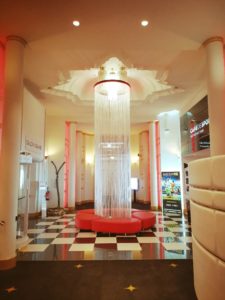

In a city like Menton, which in the 1930s had no less than 5 casinos, like the Palais de l’Europe which housed a veritable amusement park within its walls, just like the craze of the Roaring Twenties. So in these mostly closed complexes, you could find regular shows such as concerts, shows and even an ice rink or a swimming pool, which was highly revolutionary at the time.
Nowadays, all that remains is the Casino Barrière of Menton and its nightclub, located in the old Brummell Club‘s cinema. A charming set located in a building built in 1934.
From the facade, you can admire a real Art Deco style architecture which was designed thanks to the work of Roger Sissal, who had also previously officiated for the Palm Beach and the Sporting Club in Monaco.
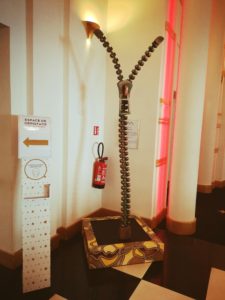
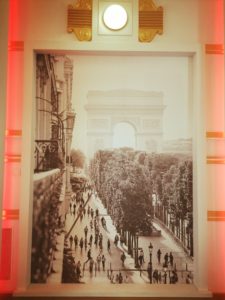
This immaculate white structure has two independent entrance doors, depending on your wish to go to the casino or dance in the grounds of the nightclub where you can admire the sumptuous period ceilings and sumptuous ornamentation framing the whole. this incredible room, remained in its own juice.
In addition, if we focus on the casino part, a beautiful leisure area is available to you, through 170 slot machines (including an island made up of the latest technologies) and 60 sets of gaming machines, spread over 3 different rooms.
Renovated in 2015 under the leadership of the architect Rey, having also made its mark in other casinos, including those of Royan and Biarritz, a rigorous refresh which has been able to preserve the authentic identity of the place and even open the Café des Sports towards a beautiful blue horizon.
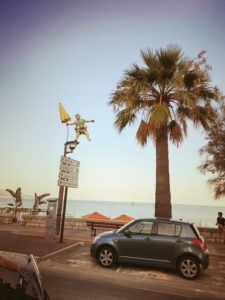
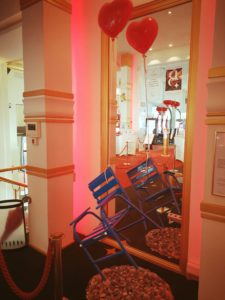
Indeed, this meeting place, in particular for television sports fans, will be happy to attend as much as possible the broadcasts of matches, using a 9m2 screen. Within this place, there is an offer of snacking and quick cooking to make the most of the party, mainly during the evening of big matches.
For other festivities, why not take advantage of the magnificent terrace with its charming wooden floor, where the old swimming pool used to be? Nowadays, there is an atmospheric bar enjoying a panoramic view of the Mediterranean Sea, and some evenings with a DJ performance, the time of Summer Parties taking place during the summer period.
Finally, if you want to take the time to discover tasty local specialties, the restaurant Le Colombale allows you to use (or not) your credits earned during your casino games and convert it into a good dinner.
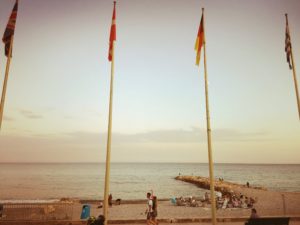
Still located along the seafront facing the Mediterranean Sea and the main beach of Menton, you will have the opportunity to take your place in another maritime terrace, or in the Art Deco room which shines with its thousand gilding elements and ornaments.
In this rich menu, which is renewed each season, don’t hesitate to savor mainly local products revisited by chef Andrea Fontana. On the menu of course regional specialities with fresh products, such as grilled octopus, a Mediterranean by excellence, lying on its bed of potatoes and sweetened with olive oil, followed by a significant choice of dishes made with IGP lemon from Menton, including these ravioli filled with some sea bass and eventually accompanied by a glass of a fruity rosé wine from Provence, conceived by Le Caprice de Clémentine. ricotta. At last, what about ending this lovely lunch with a farandole of desserts, served within a Champagne Gourmand? Representing their know-how in terms of sweet surprises, let you seduced by the mojito tiramisu, the inimitable fraisier, the panna cotta garnished with Menton lemon and a Speculos flavored lingot, married with a homemade Fouquet’s cup of champagne!
Casino Barrière Menton & Le Colombale restaurant, 2 avenue Félix Faure, 06500 Menton (France) / Phone: 00 33 (0)4 92 10 16 16. More information on their official website.
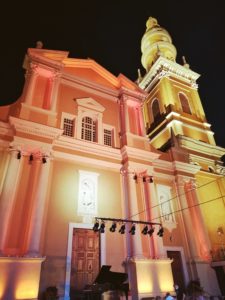
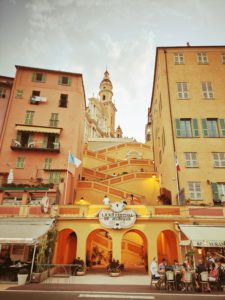
Since its creation in 1950, the Festival De Musique of Menton has established itself as a major event on the French classical musical calendar. A relevant and eclectic program, gathering world-renowned musicians, has allowed this ancestral Musical Festival representing this Menton Riviera Merveilles tourist entity, to remain faithful to the spirit instilled by its founder, the Hungarian artist André Böröcz.
After standing many years in the Bastion, the main stage settles in the forecourt of the Basilica of Saint-Michael the Archangel, being as one of those sublime and magical places with a beautiful panoramic view on the sea and the old town. Thus, in this magnificent baroque background that the first notes of the 72nd edition of this festival have risen again this year (photo credits: Catherine Filliol & Alex Plato).

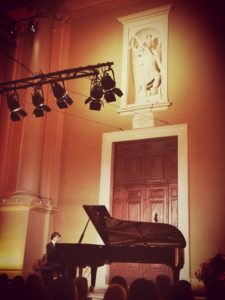
Illuminated by the light of torches that play in chiaroscuro with the moon, the facades of this Basilica but also the Palais de l’Europe and the Anglican Church have come alive to the sound of eternity.
On this year of 2021, no less than 15 concerts were offered and 8 of them happening on this Saint Michel square. Notably with an opening night starring the pianist Alexandre Tharaud and the young Quatuor Arod launched those, meeting together different generations of artists. Another pianist, the Polish artist Rafal Blechacz played here some masterpieces of Cesar Franck and Chopin. The chamber music hasn’t been missed since the violin and harpsichord as well echoed, with the duets of Christian Tetzlaff and Lars Vogt, pursued by Theotime Langlois de Swarte accompanied by the illustrious William Christie.

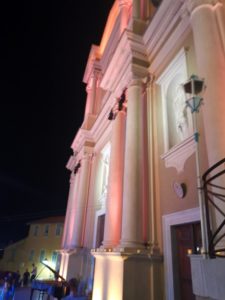
In parallel to this Grands Interprètes cycle, don’t forget to discover Les virtuoses de demain, which already renowned artists, would usually either perform at the more intimate locations of the Palais de l’Europe, in the Anglican Church or at the Pian Park in a huge olive grove, as well overlooking the sea. Among them, you may have enjoyed another chamber music act by the Trio Aquinas from the United Kingdom, along the surprising accordion ensemble of the Quatuor Aeolina revisiting the 4th Symphony of Richard Wagner, joined by the soprano Camille Poul.
Back in the Basilica, the audience was seduced by the closing concert, lead with a Mediterranean touch thanks to the beautiful latin and medieval repertoire performed by the Cappella Mediterranea orchestra conducted by Argentinian conductor Leonardo Garcia Alarcon (photo credits: Catherine Filliol & Alex Plato).



